I'm not sure how I could write this post and what I would pay special attention to, where to put a pin for #Worldmappin for everything I saw on this occasion, when in one place in Barcelona, in a small area, there is a place where buildings are shown, streets and squares from all over Spain.
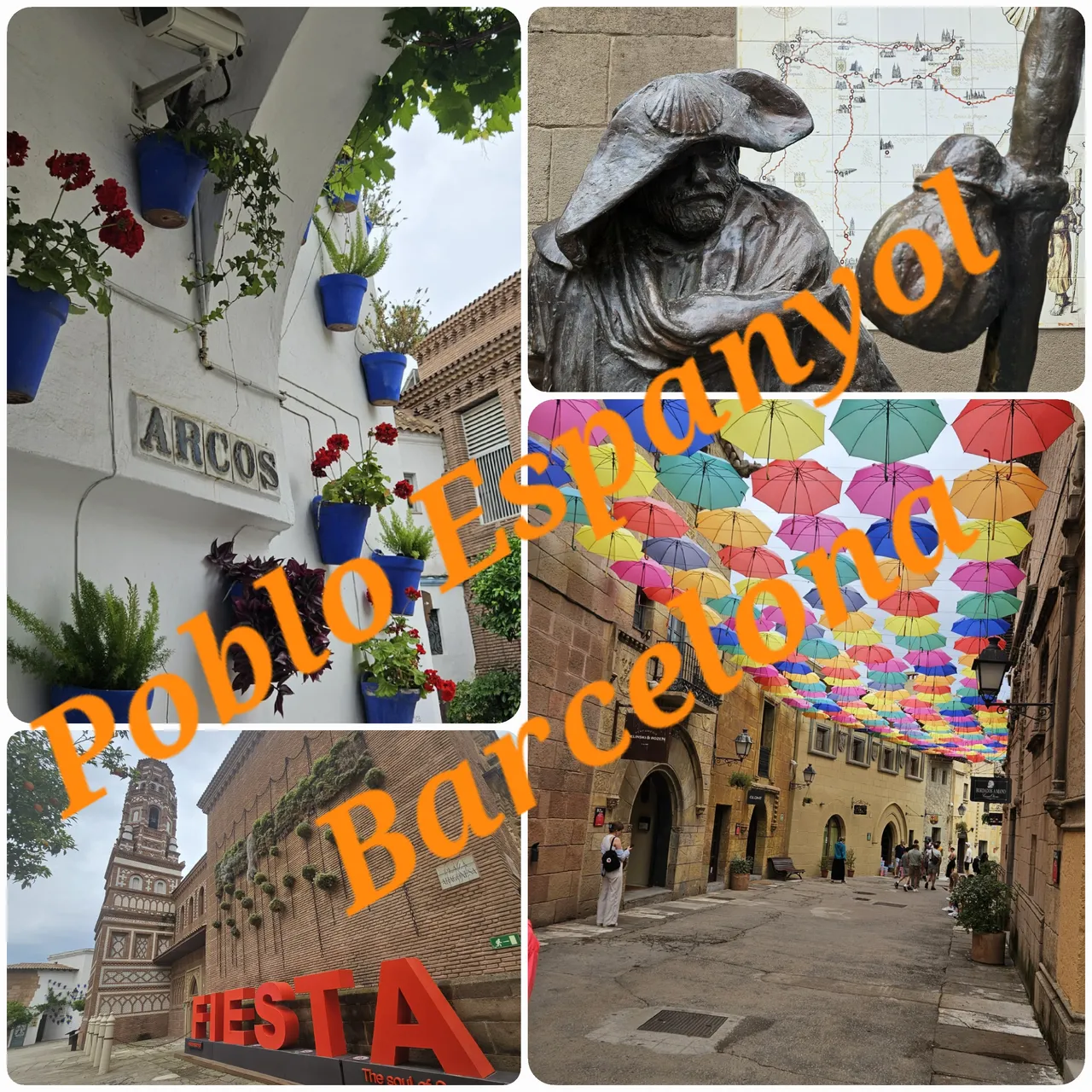
From the Basque Country in the north to Andalusia in the south, to Catalonia in the east to Galicia in the west, Spain covers half a million km².
Here in Poble Espanyol, way back in 1929, for the purpose of holding the world fair in Barcelona, for 13 months, an attraction was built, near the Magic Fountain and the National Museum of Catalonia, which was supposed to "last" only six months and be demolished after the end of the exhibition, but due to unexpectedly high interest, this was not done.
A country in miniature, Poble Espanyol covers an area of 49,000m² and consists of 117 buildings, squares and streets that are typical of 15 different regions of Spain, today it is one of the main attractions of Barcelona and if its popularity does not decrease, this attraction is predicted to have a long life.
At the entrance to Pobel Espanyol, you pass through the door of Saint Vincent, a replica of the entrance to the city of Avila, probably the most beautiful walled European city, with a defensive wall 2500m long and a total of 88 towers. Here in the village you can see a replica of one of those towers...
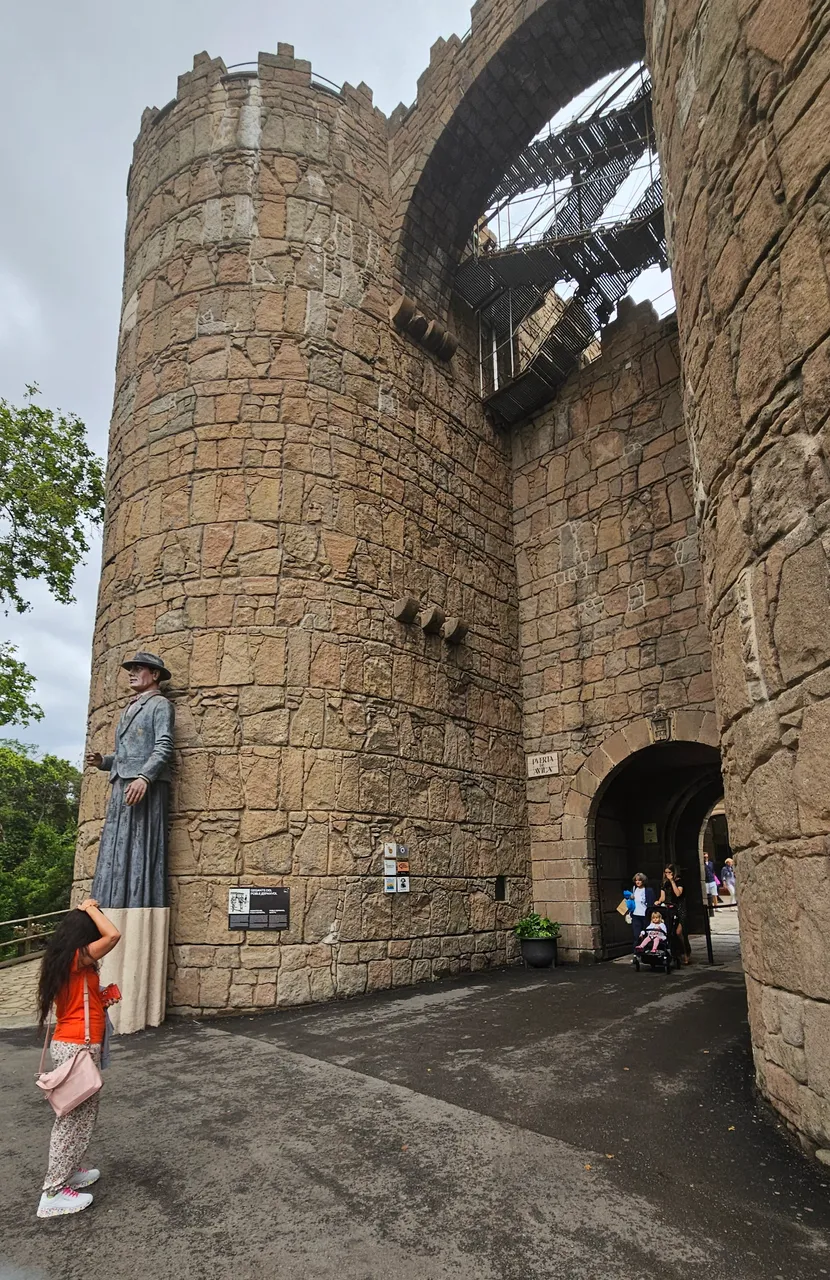

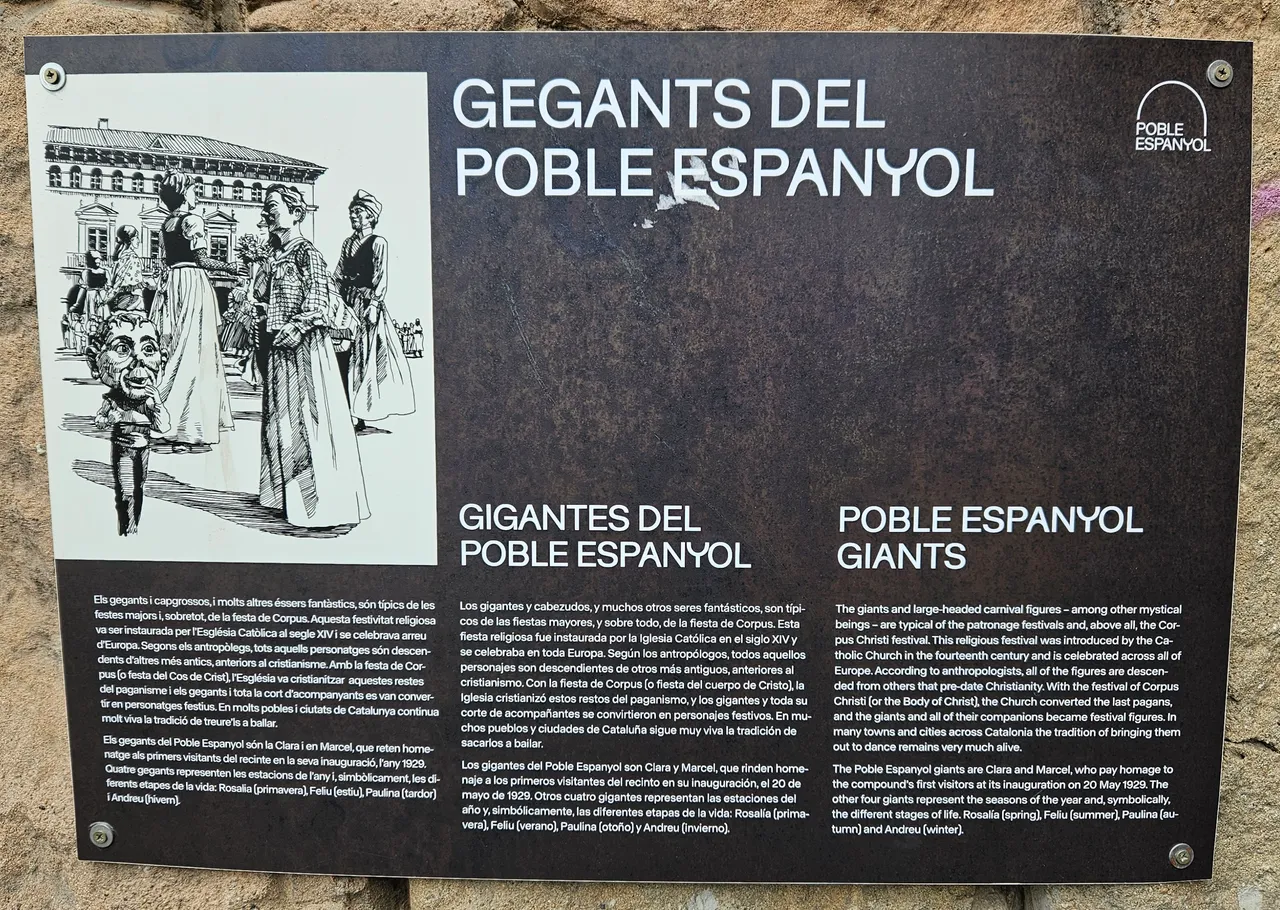
At the entrance next to the tower are giants Clara and Marcel, guardians of the entrance.
As soon as you pass the entrance, you come across the ticket office where you buy tickets.
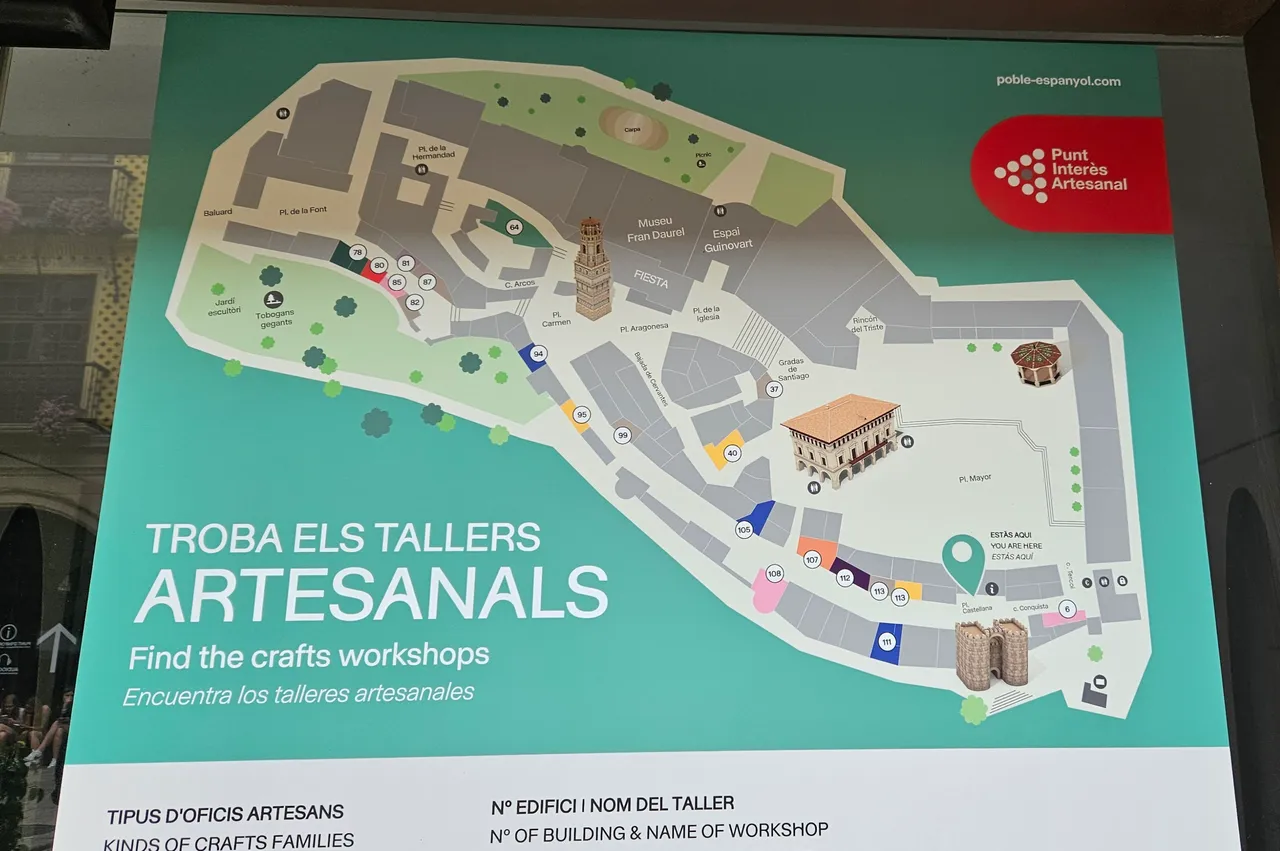
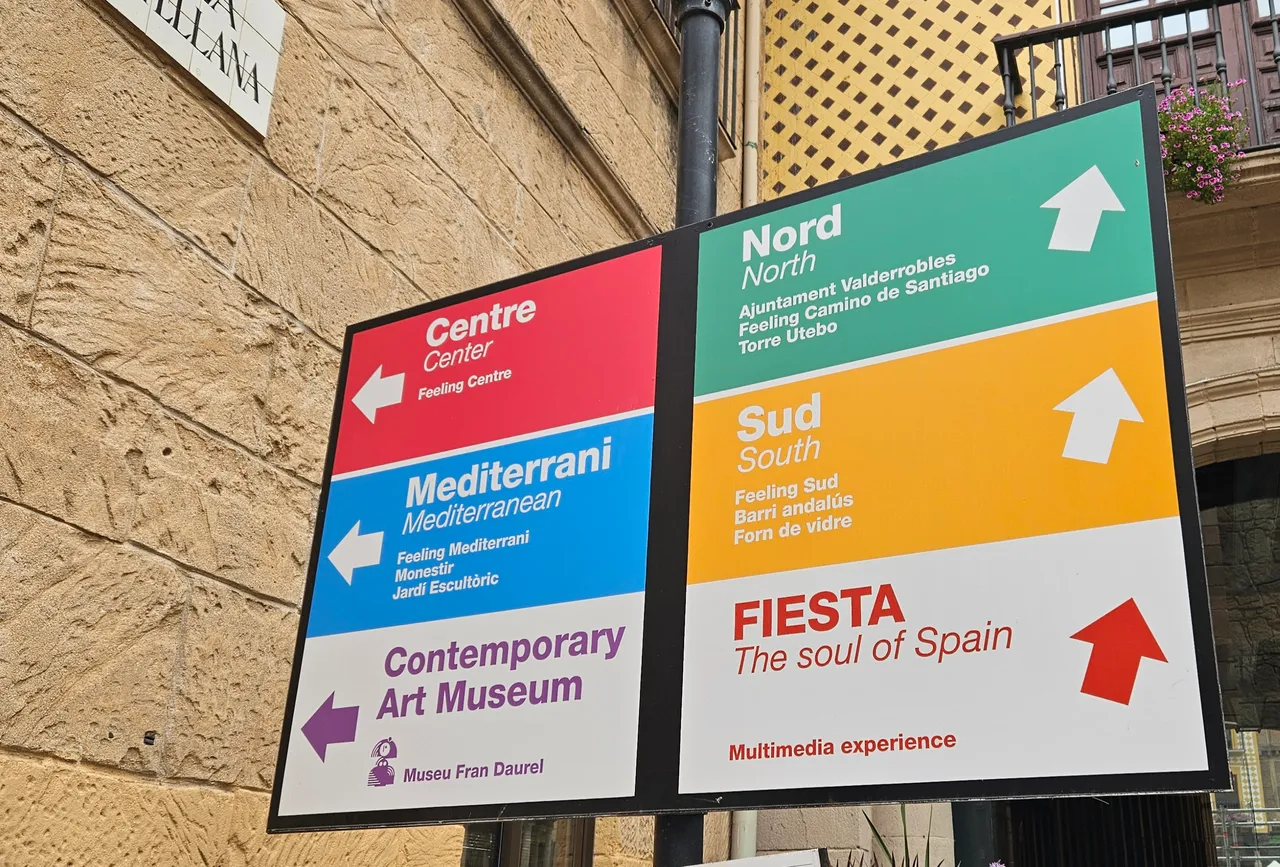
We had the misfortune that part of the complex (the monastery part) was closed to visitors, which leaves us with the possibility that the next time we visit this attraction, we will see something new.
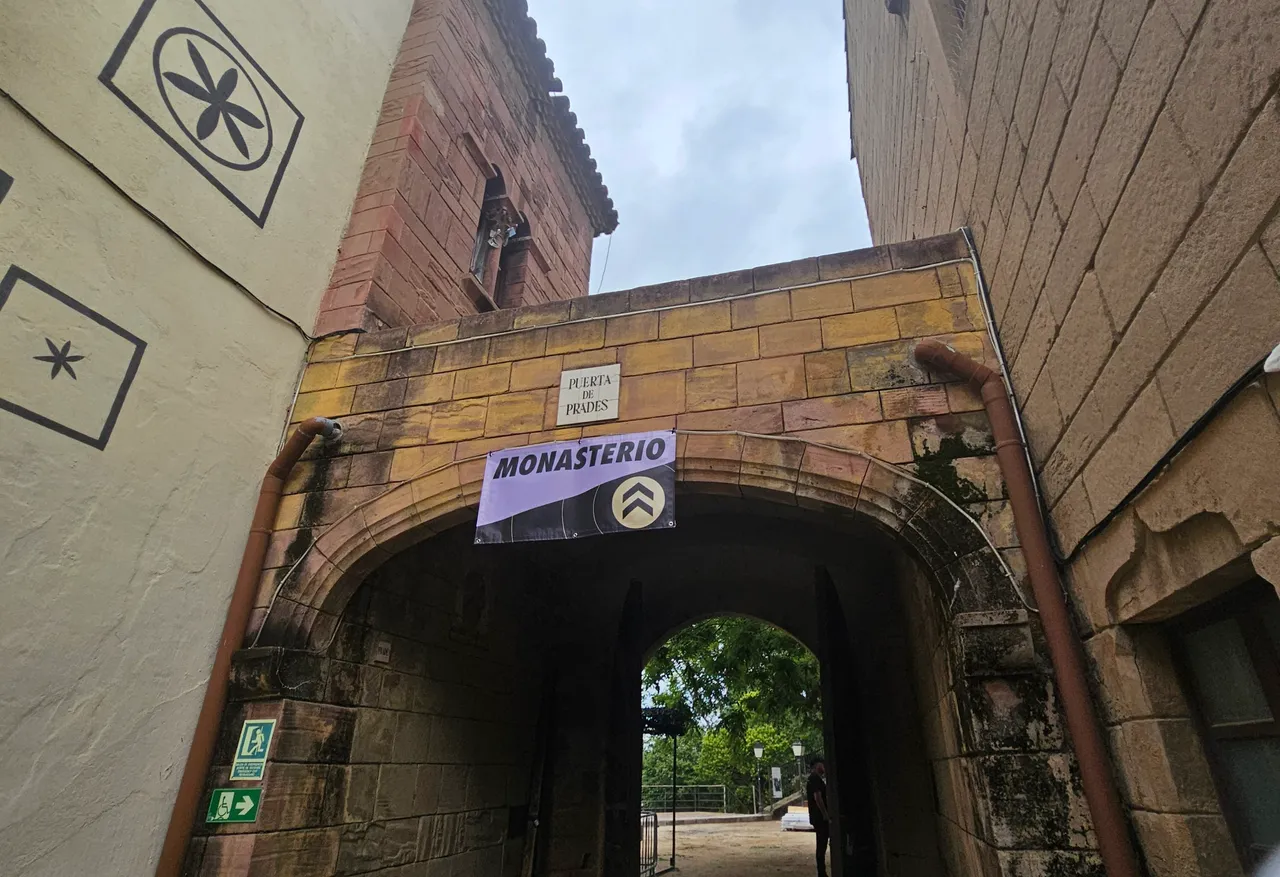
The whole village is divided thematically into units: Center, Mediterranean, North, South, and as the crown of this village, on Aragonesa Square in the replica of the Utebo building from Zaragoza, the Fiesta Exhibition where you can attend an incredible multimedia experience, with which you will gain an idea of the spirit, traditions and customs of the Spaniards.
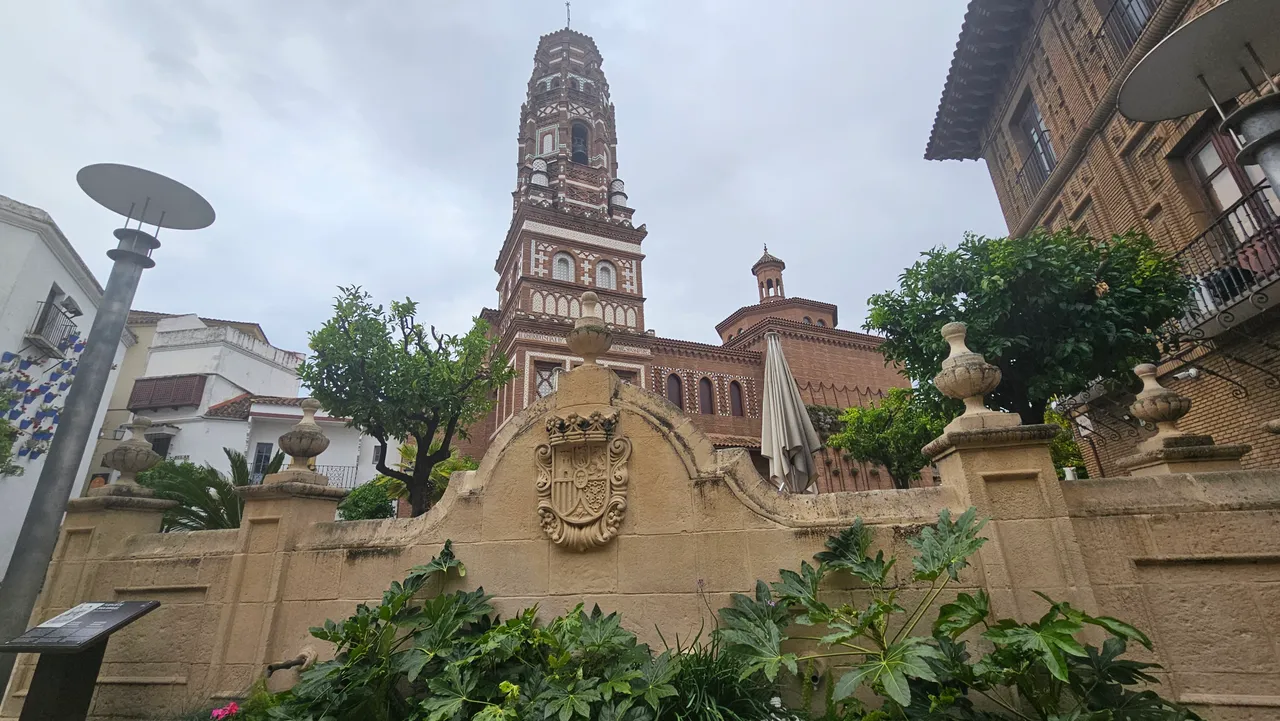
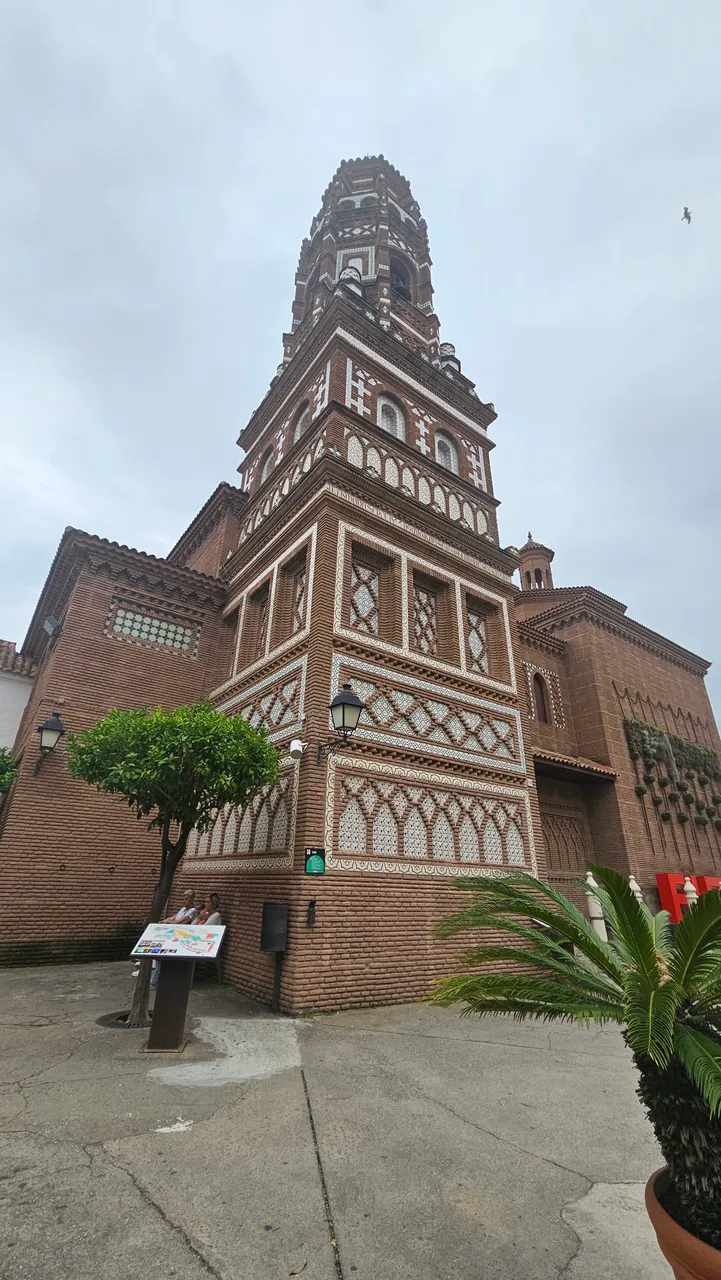
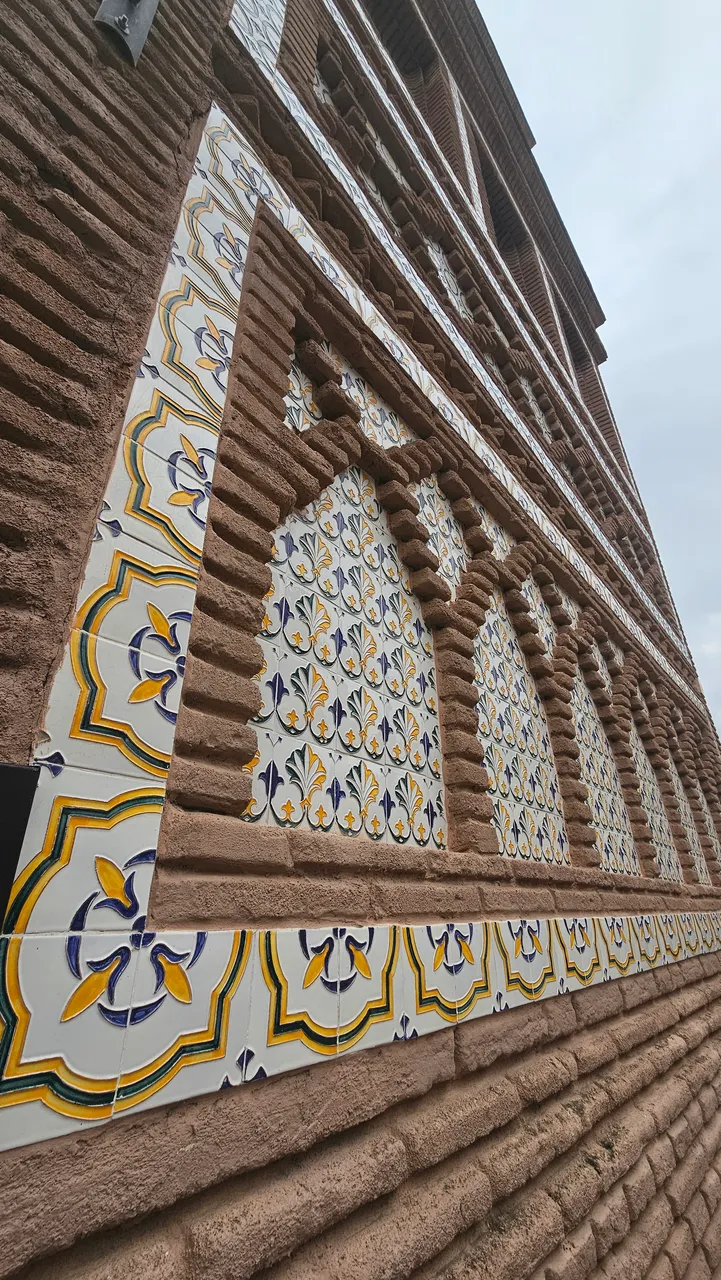
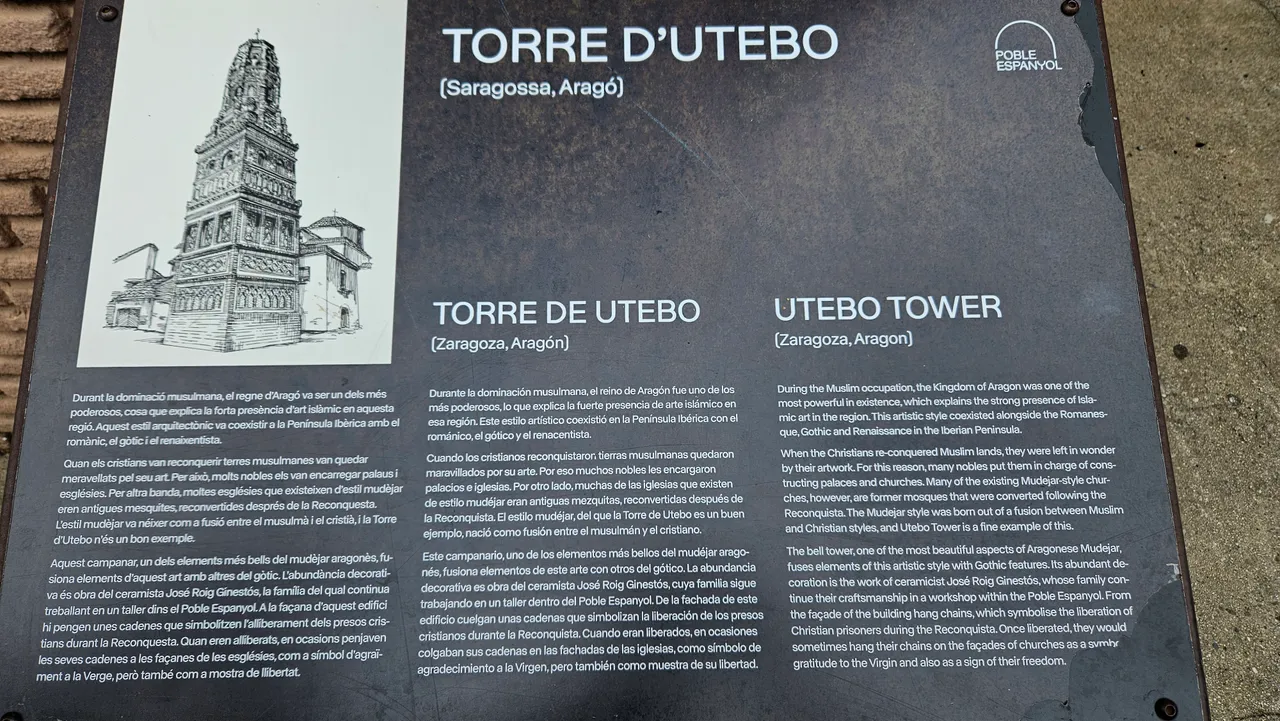

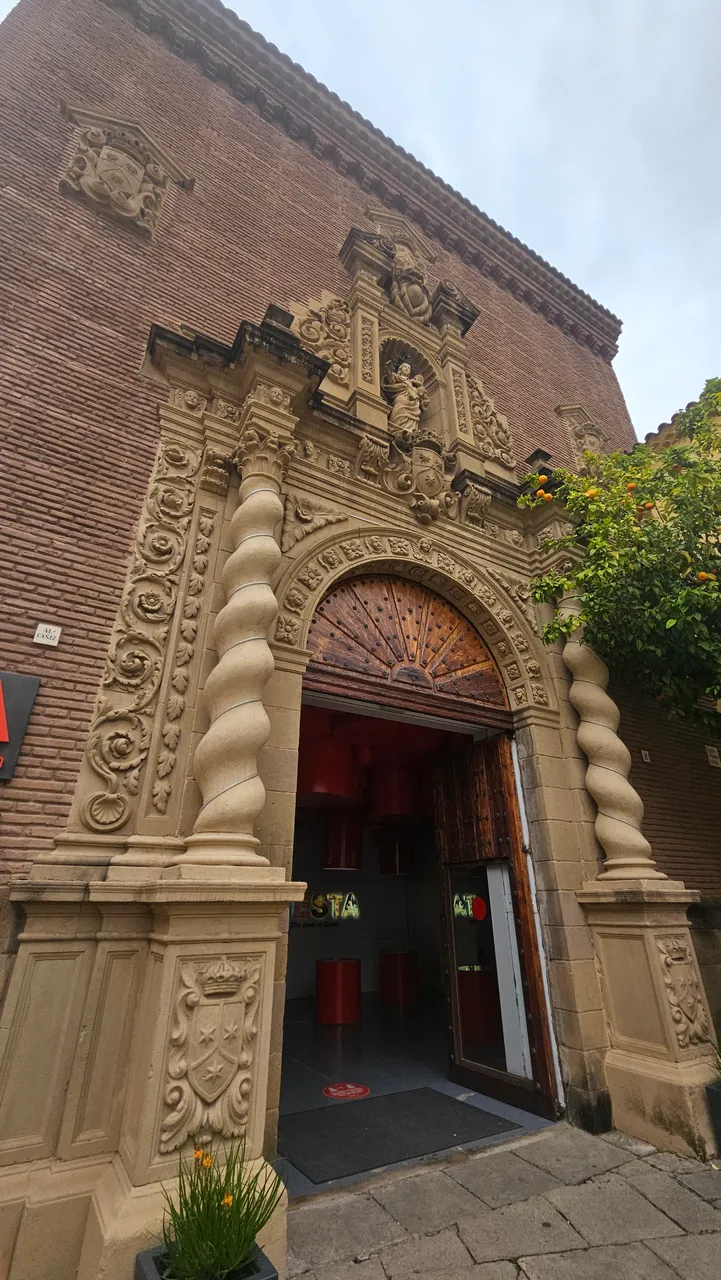
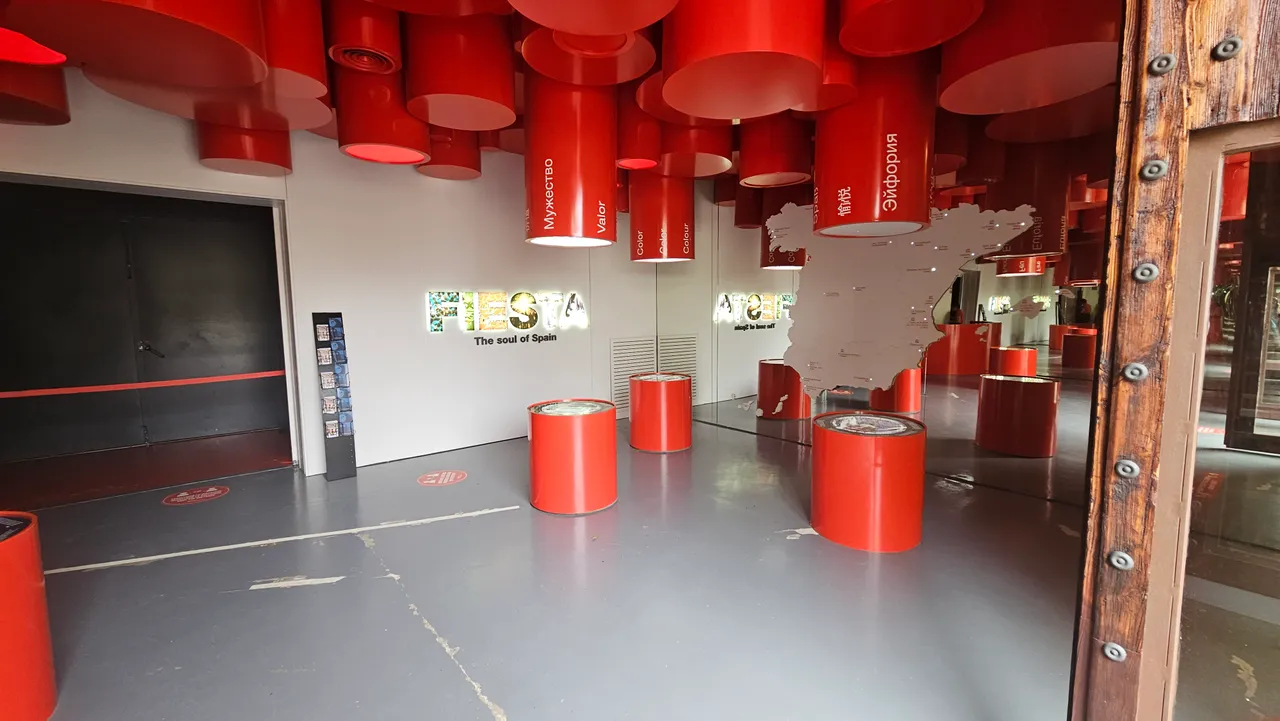
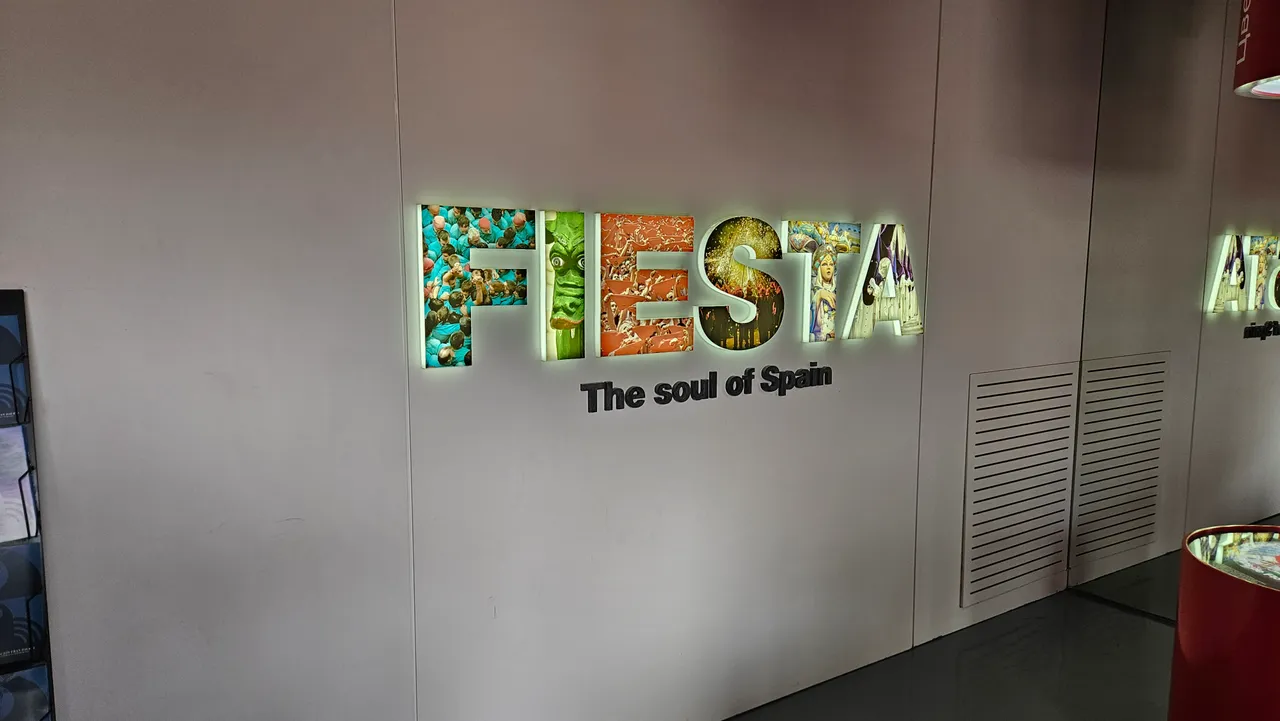
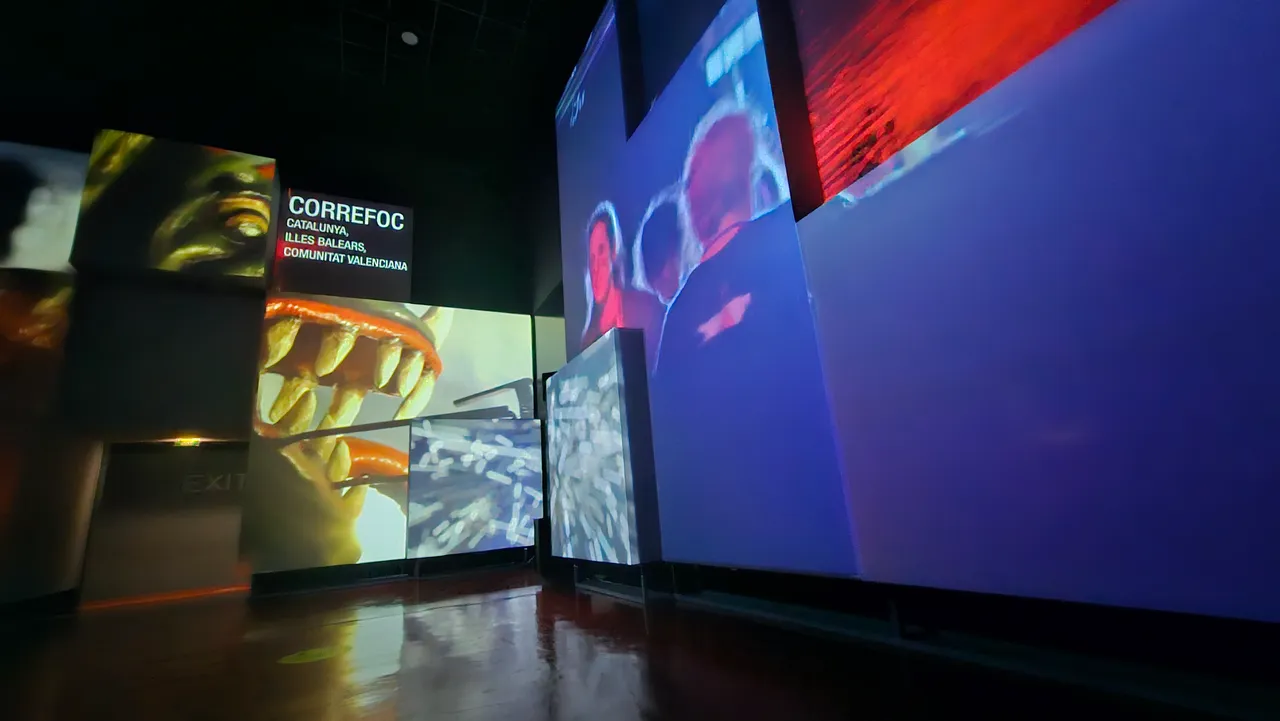
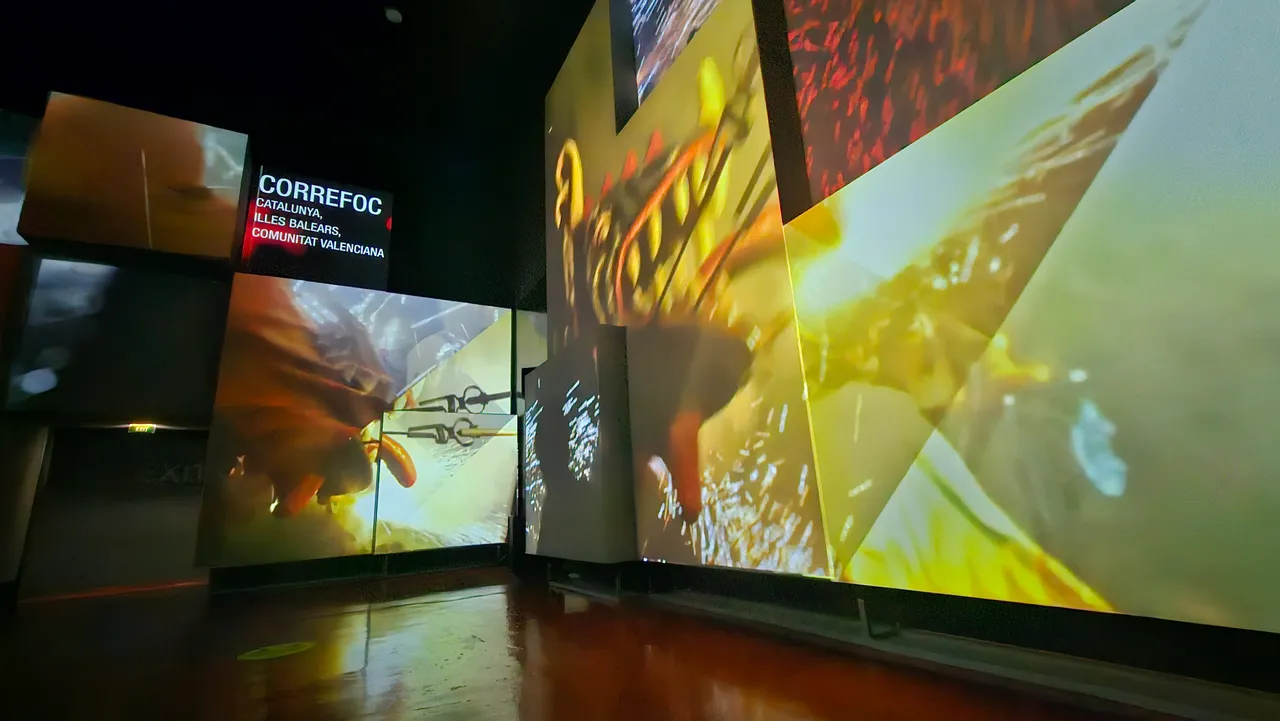
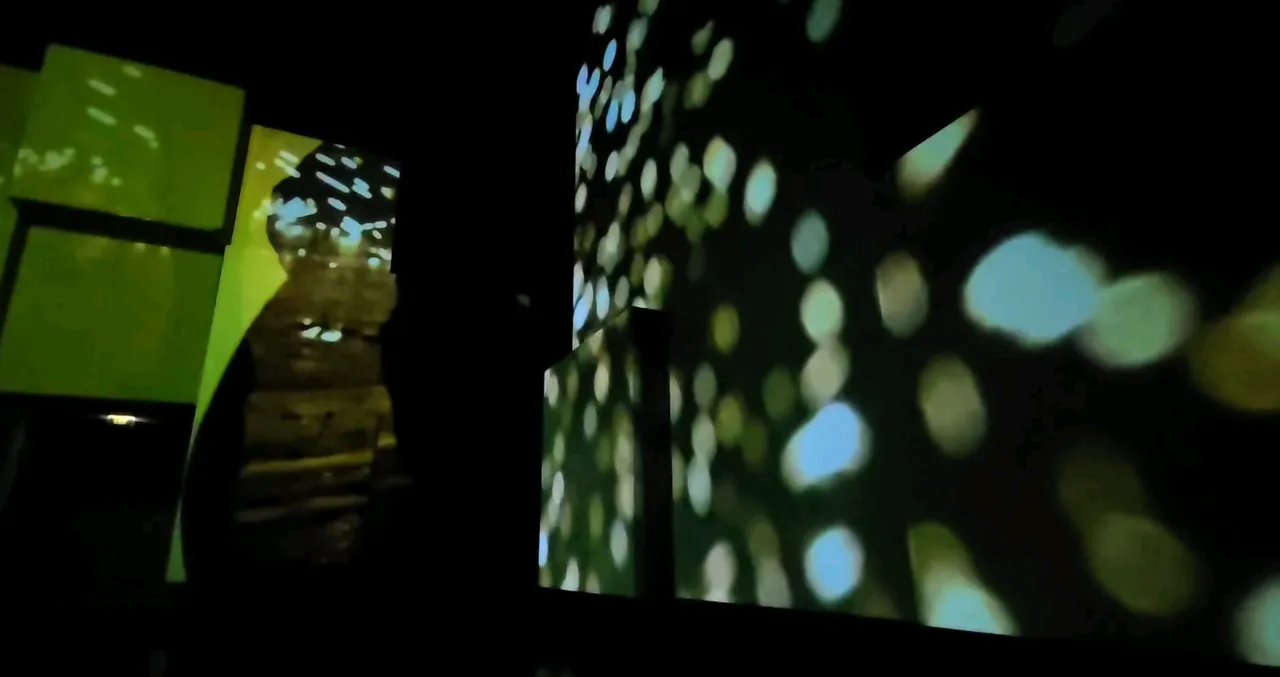
Within the village, there is also the Fran Daurel Museum, which represents a private collection that contains works by famous Spanish artists such as: Picasso, Dali and Miro.
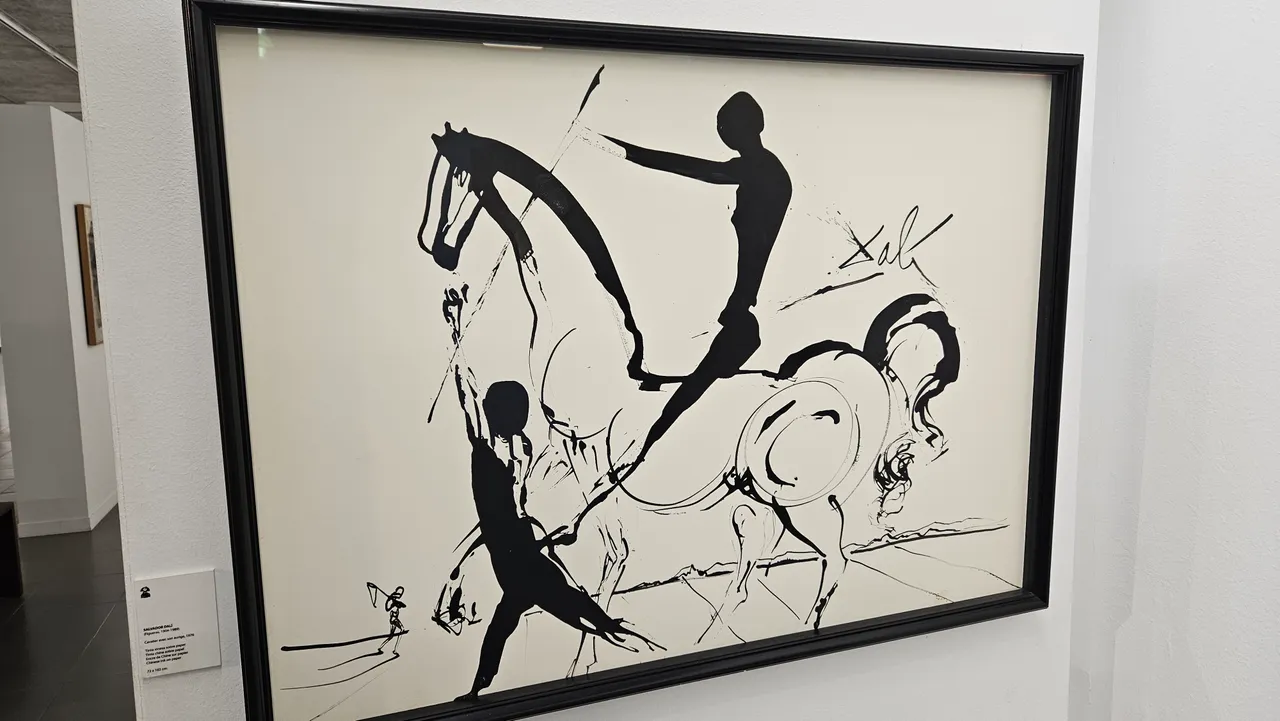
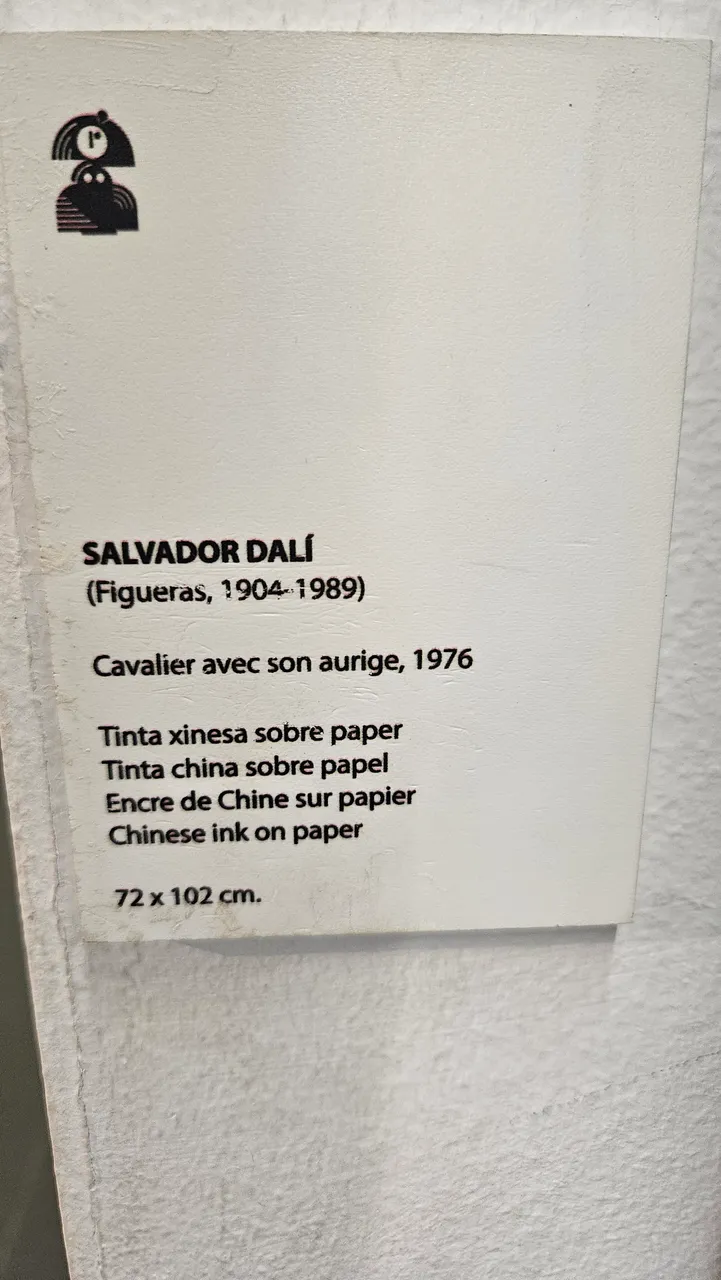
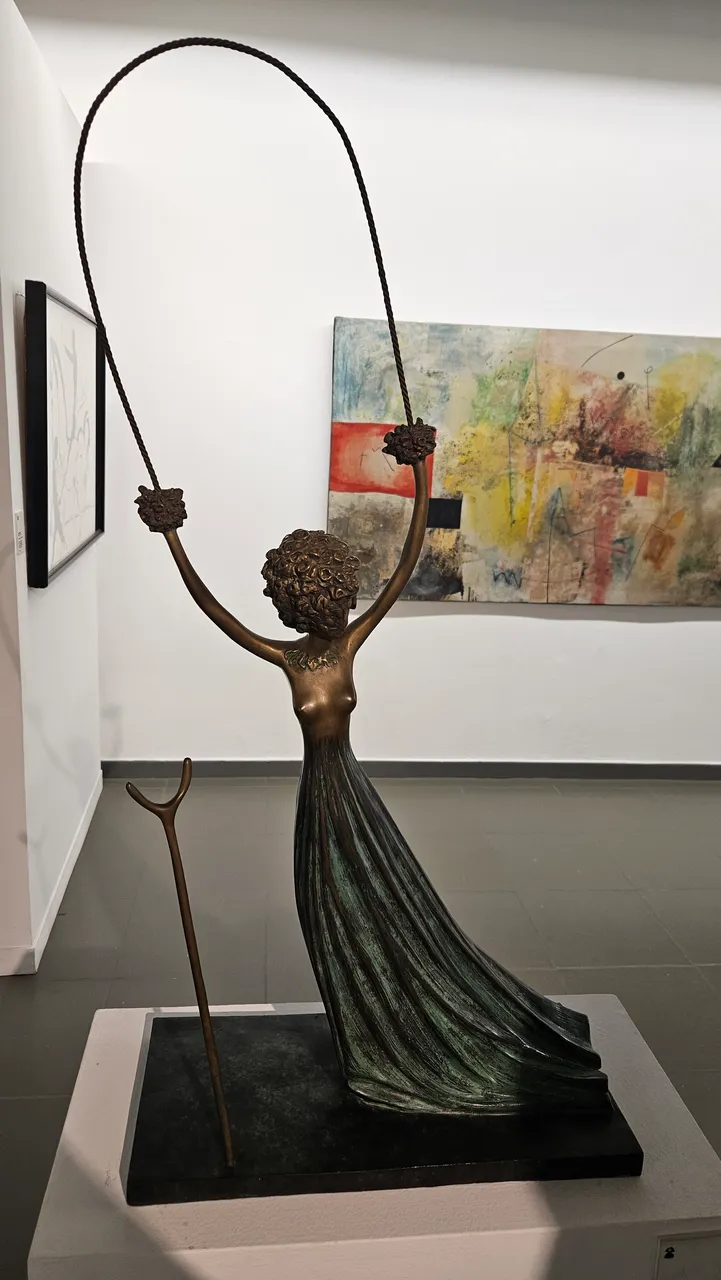
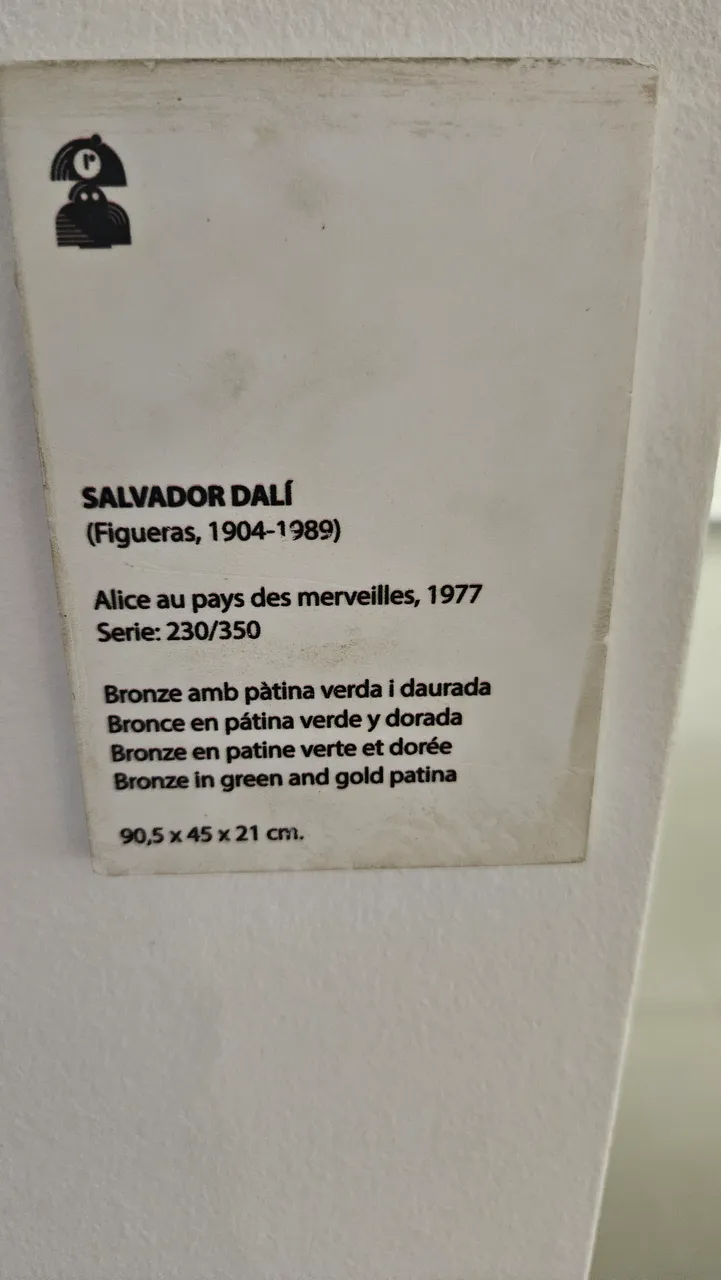
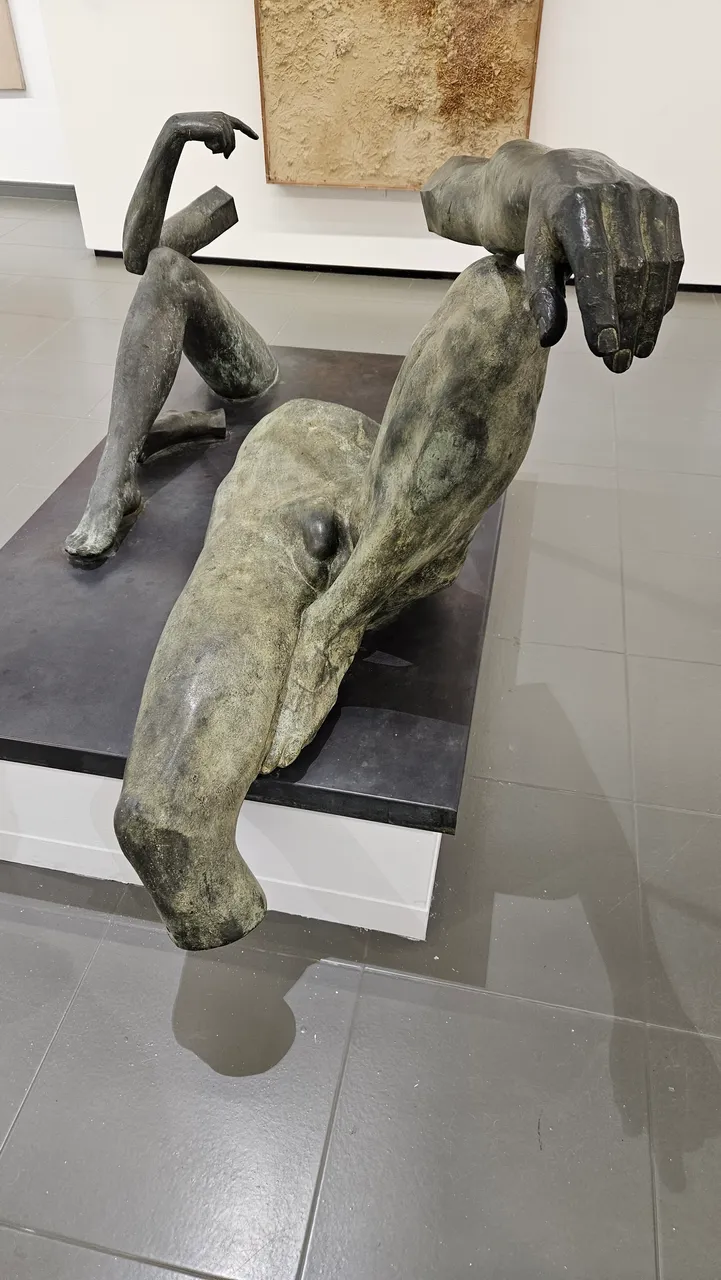
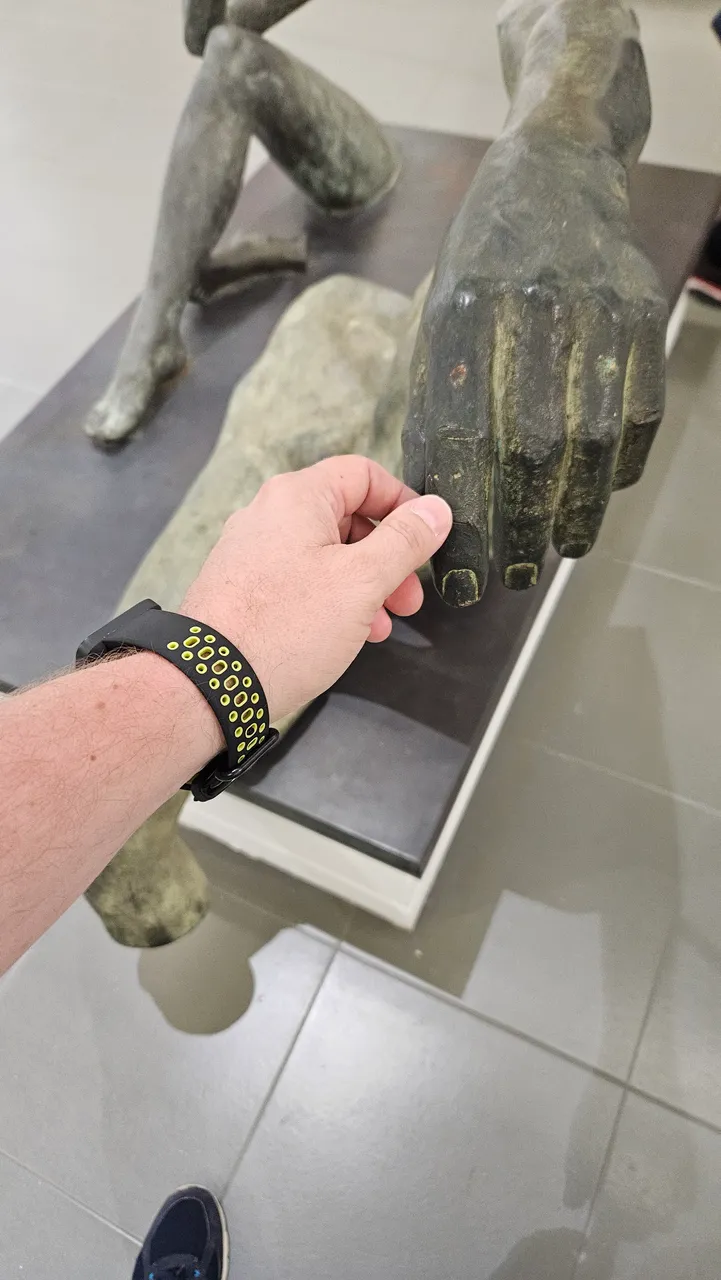
We didn't spend too much time in this museum because we planned to visit a much bigger one, in Figueres.
When you go from the entrance to the complex through the junkyards for a tour, you come across an interesting arrangement of buildings in a street with colorful umbrellas, where there are replicas of buildings from different periods and regions of Spain.
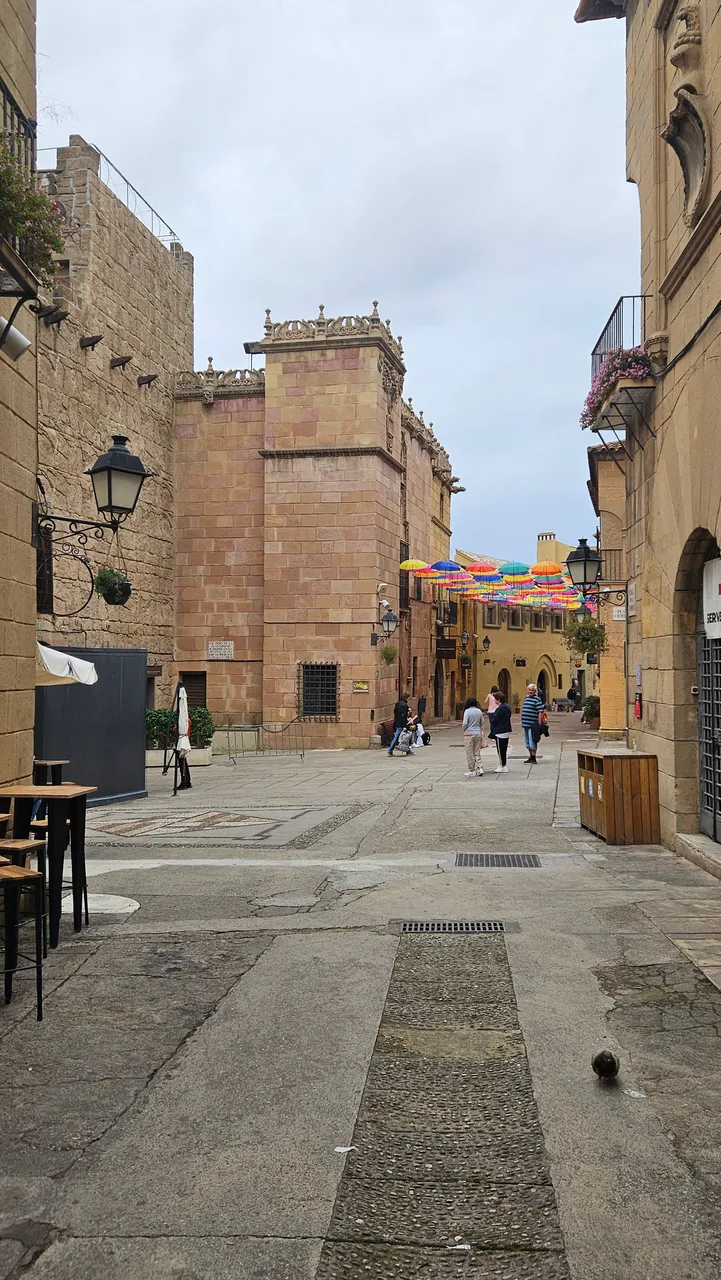
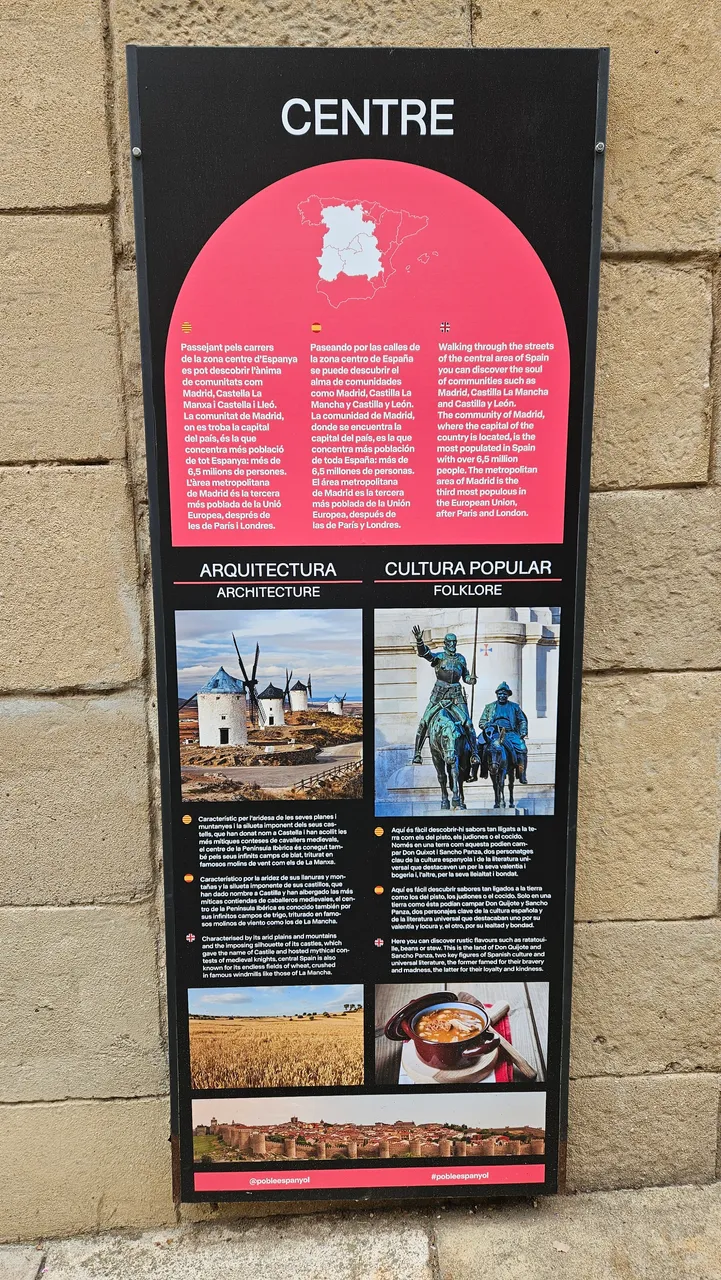
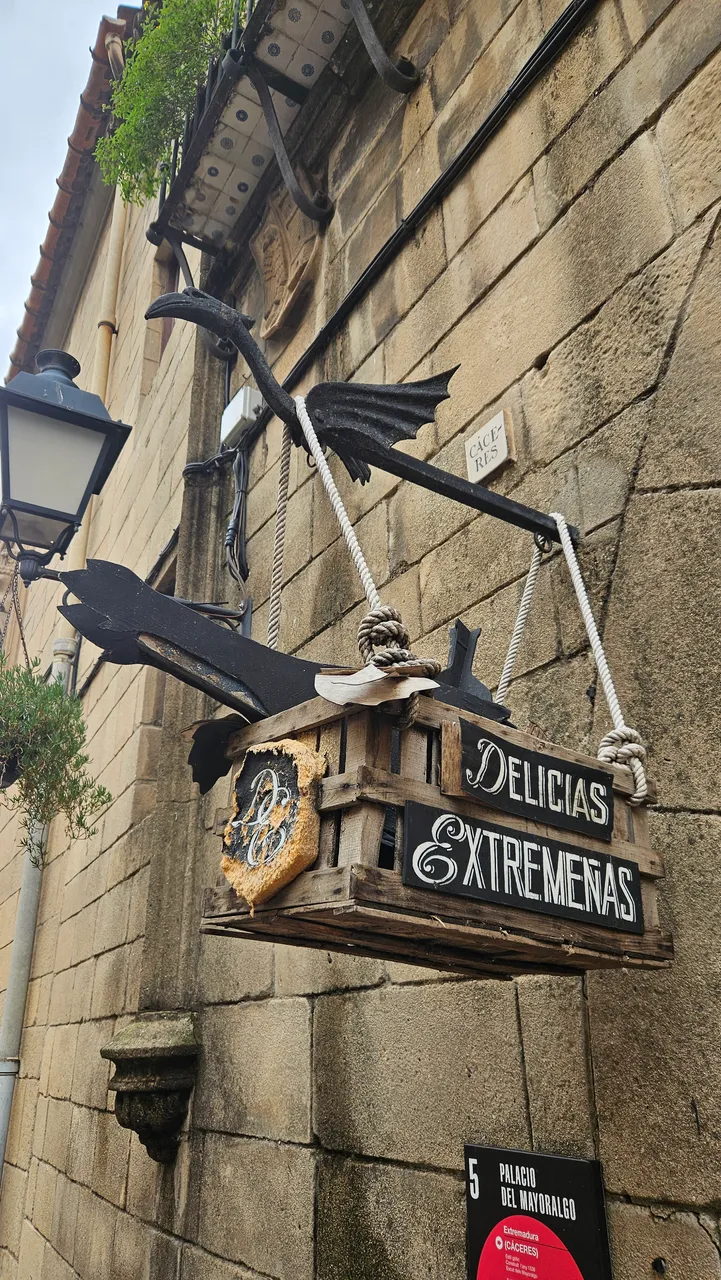
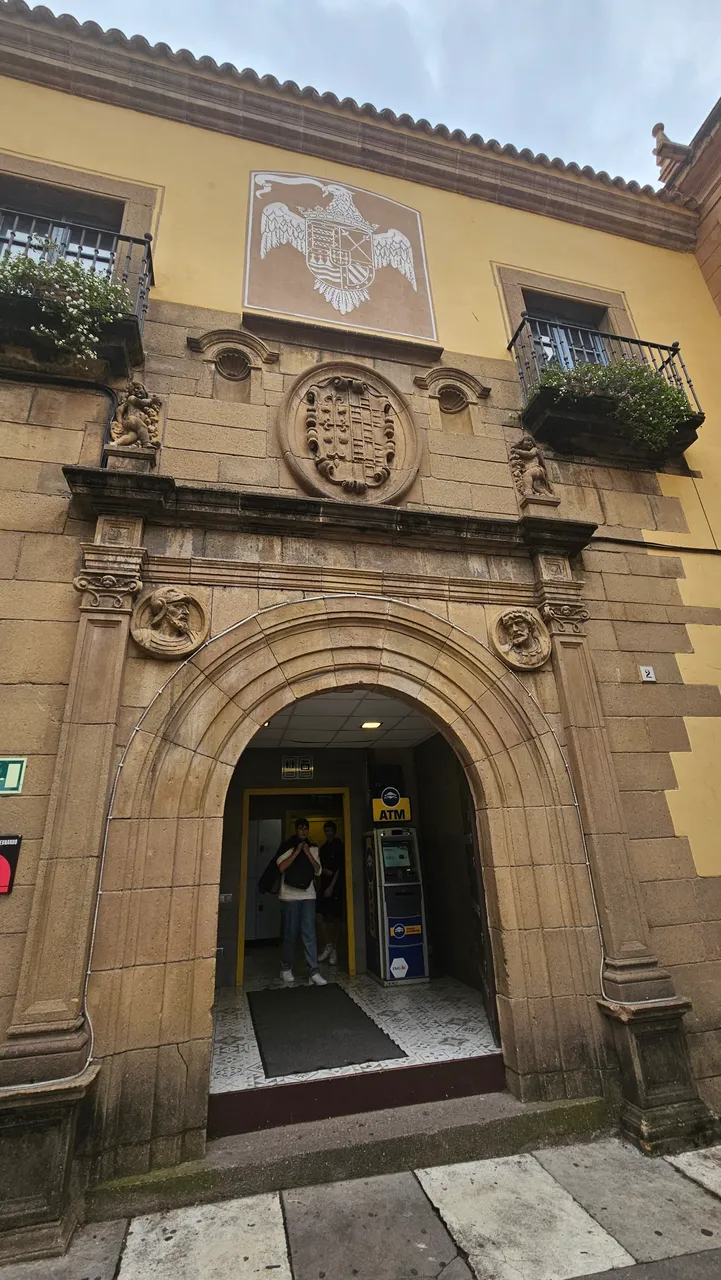
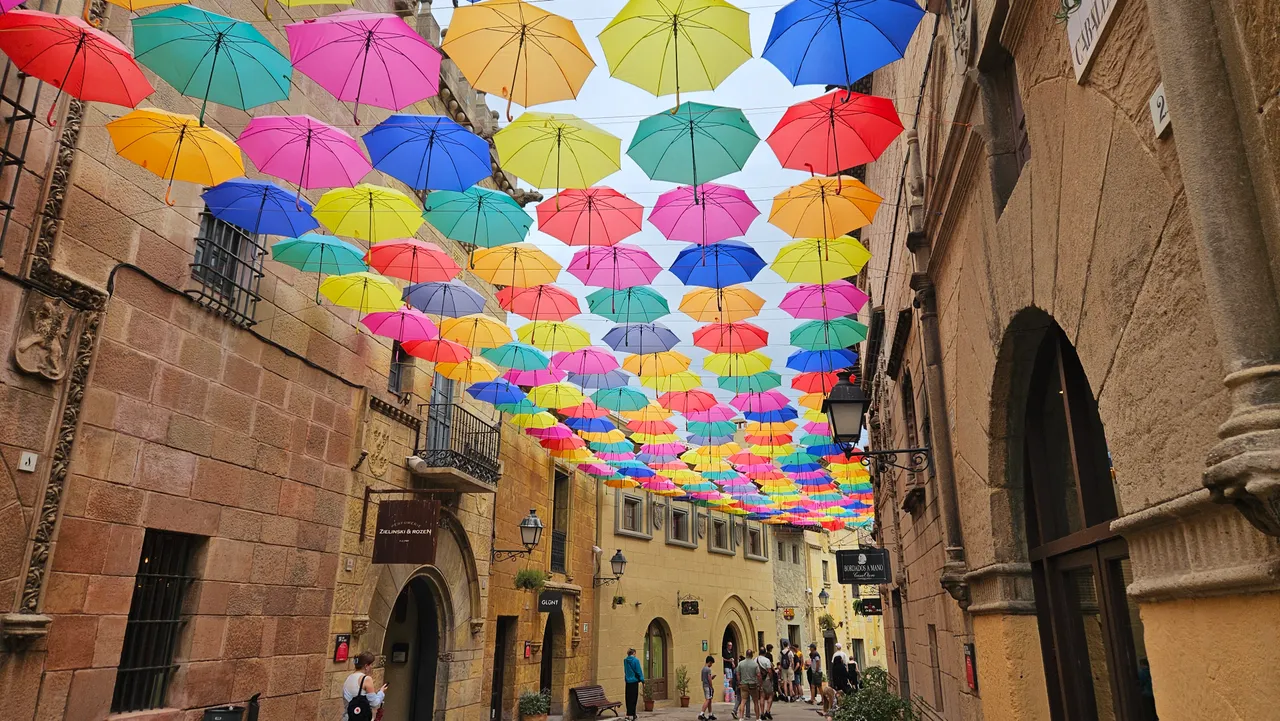
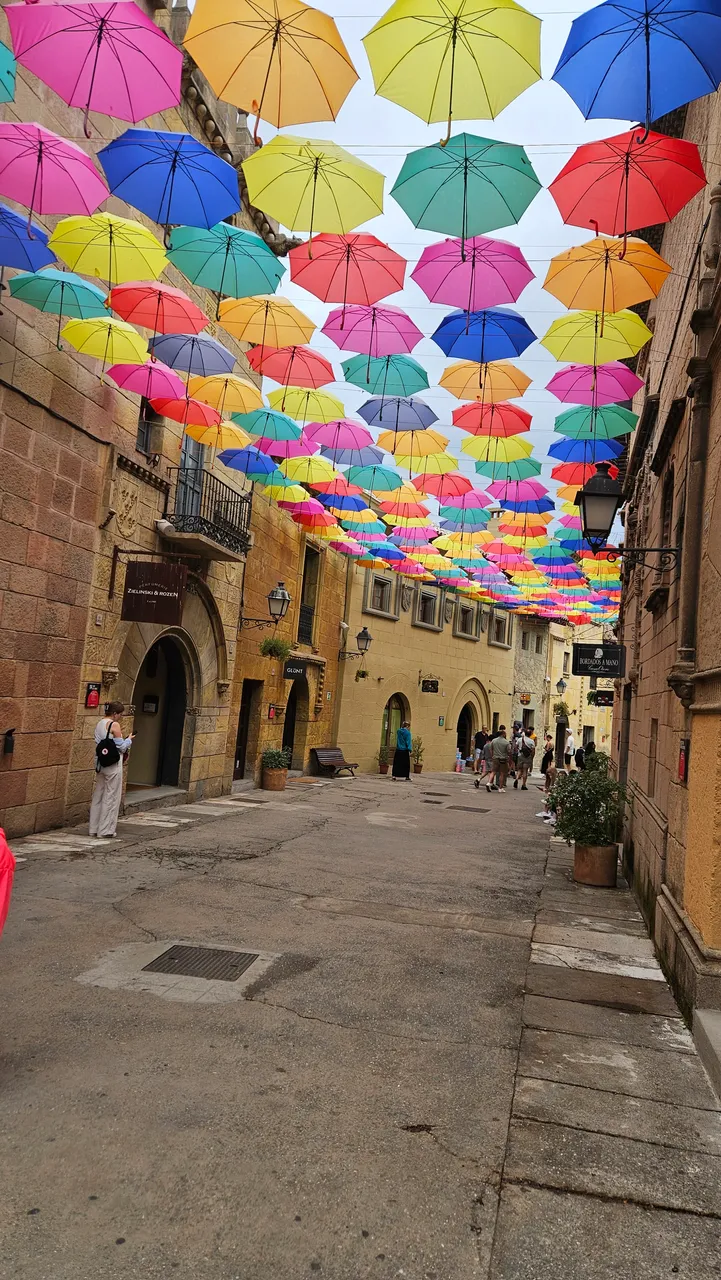

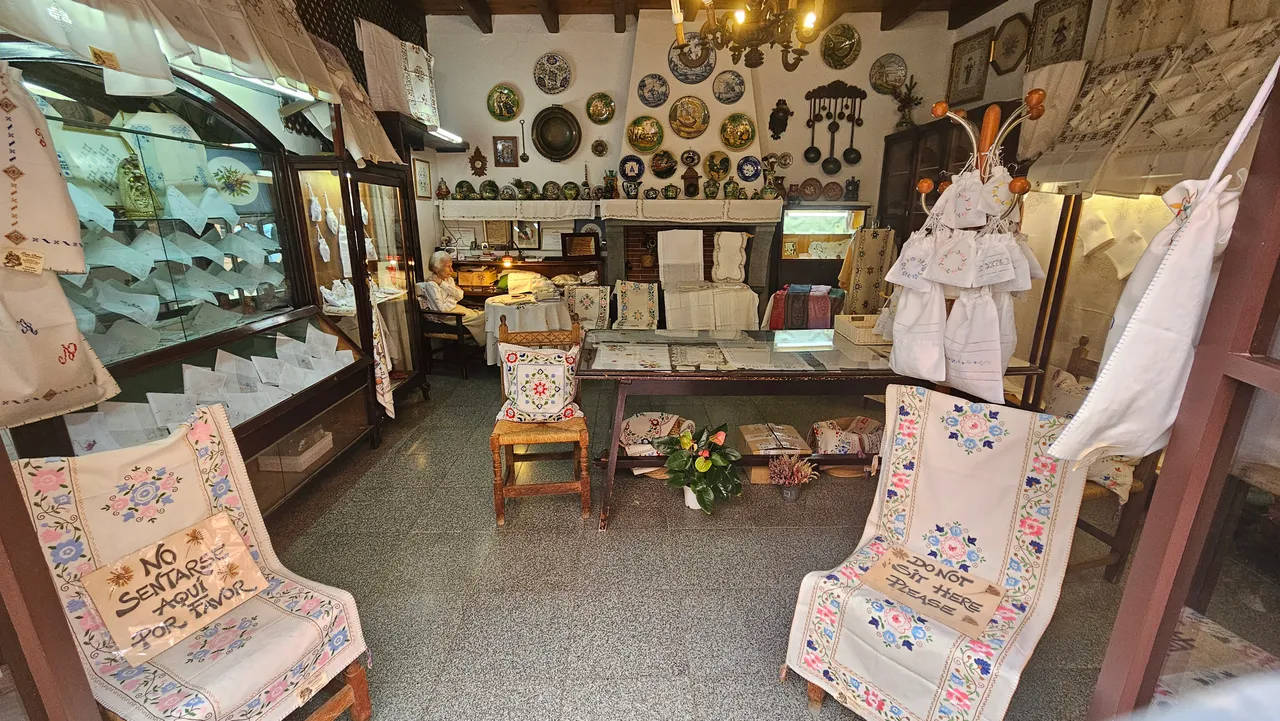
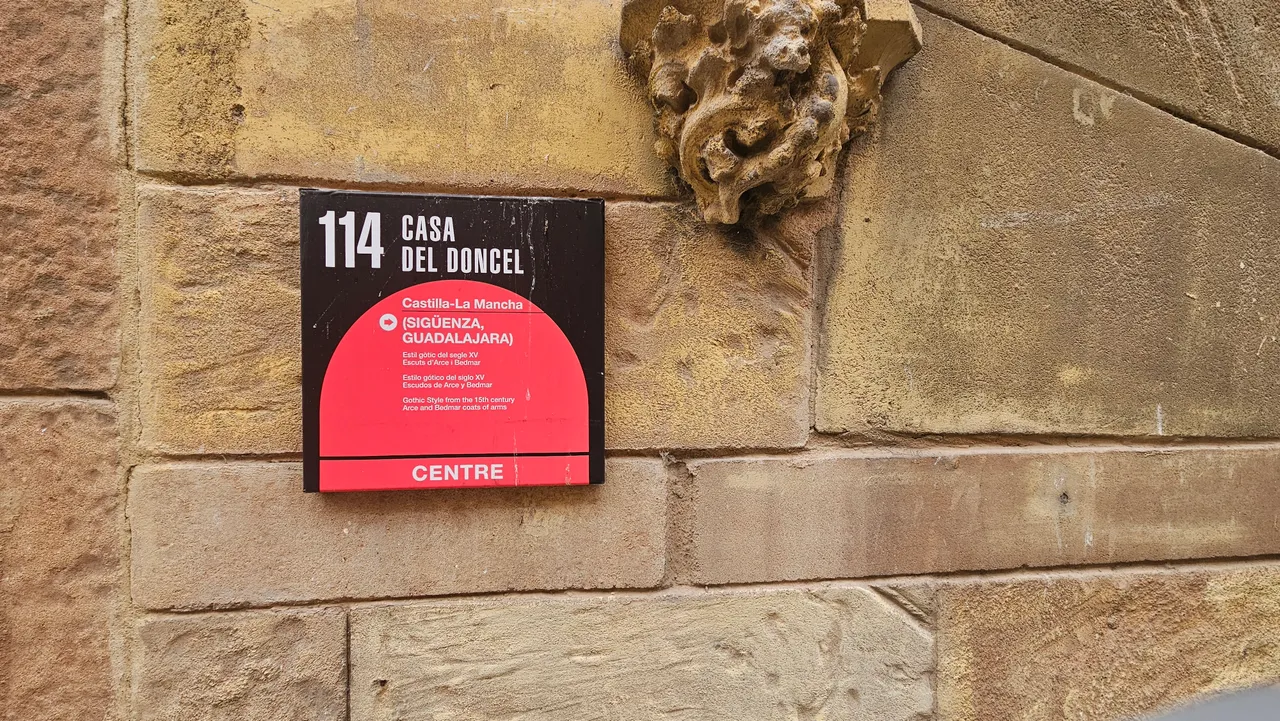
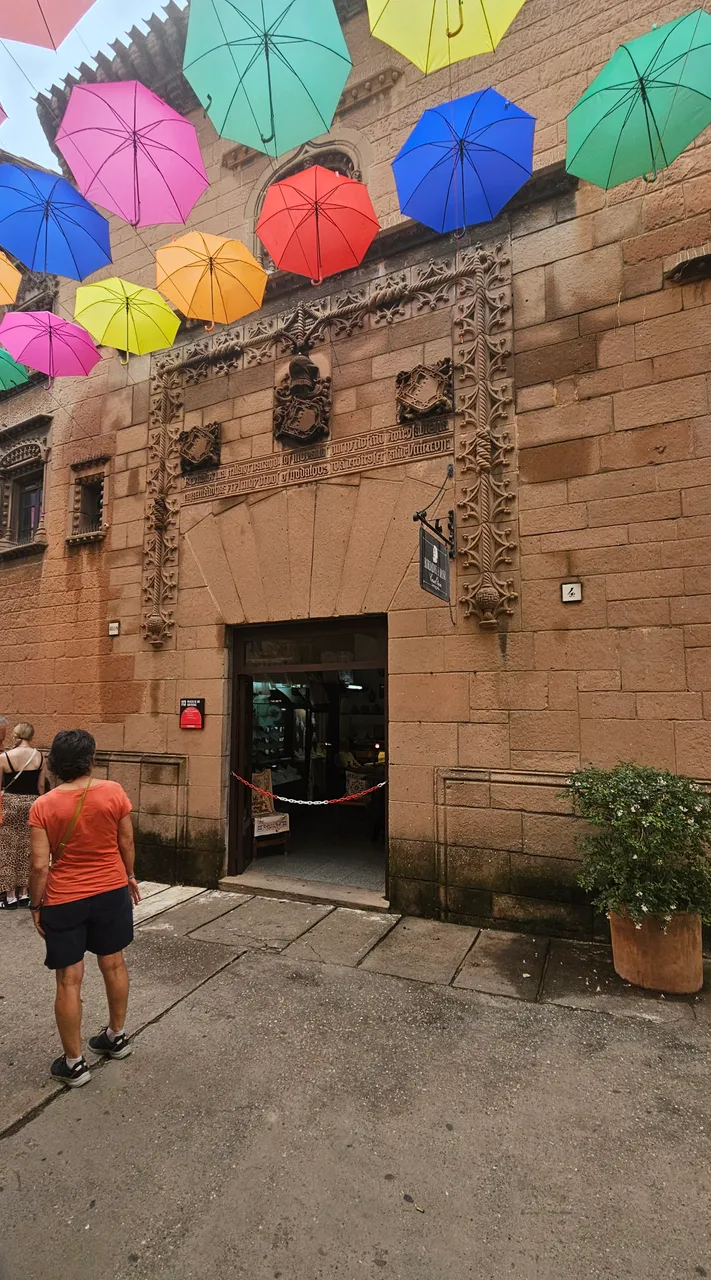
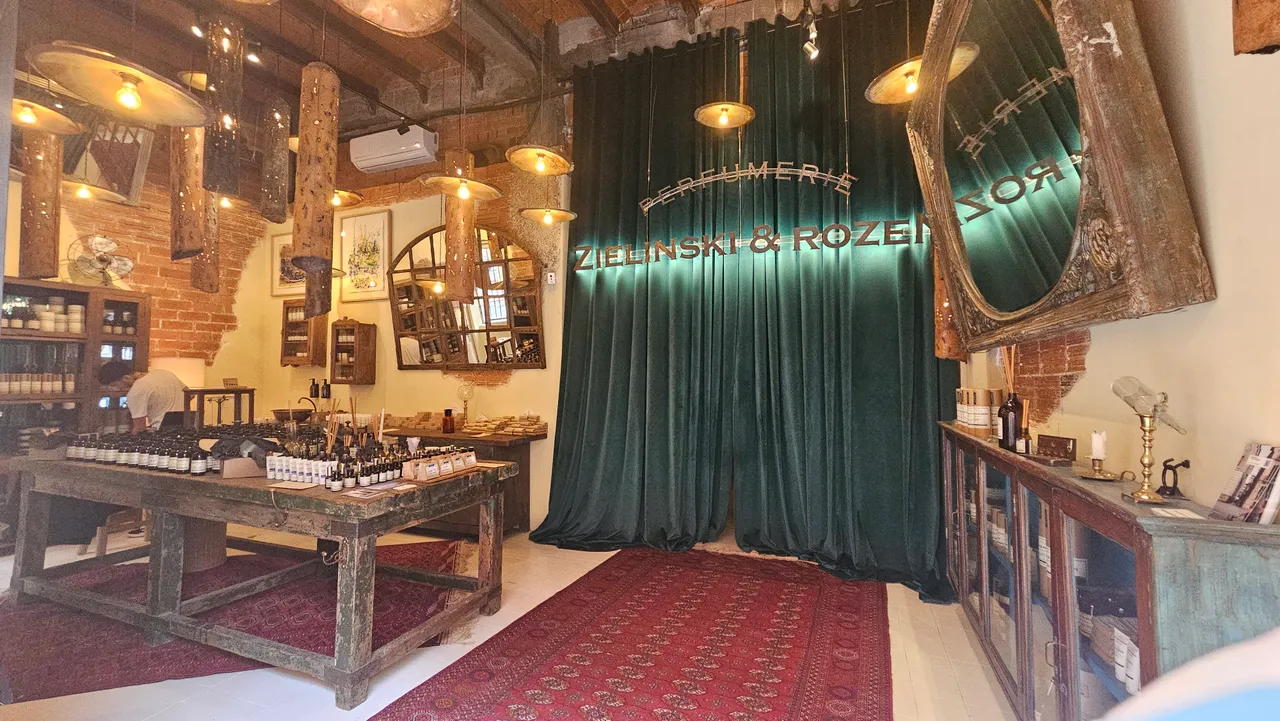

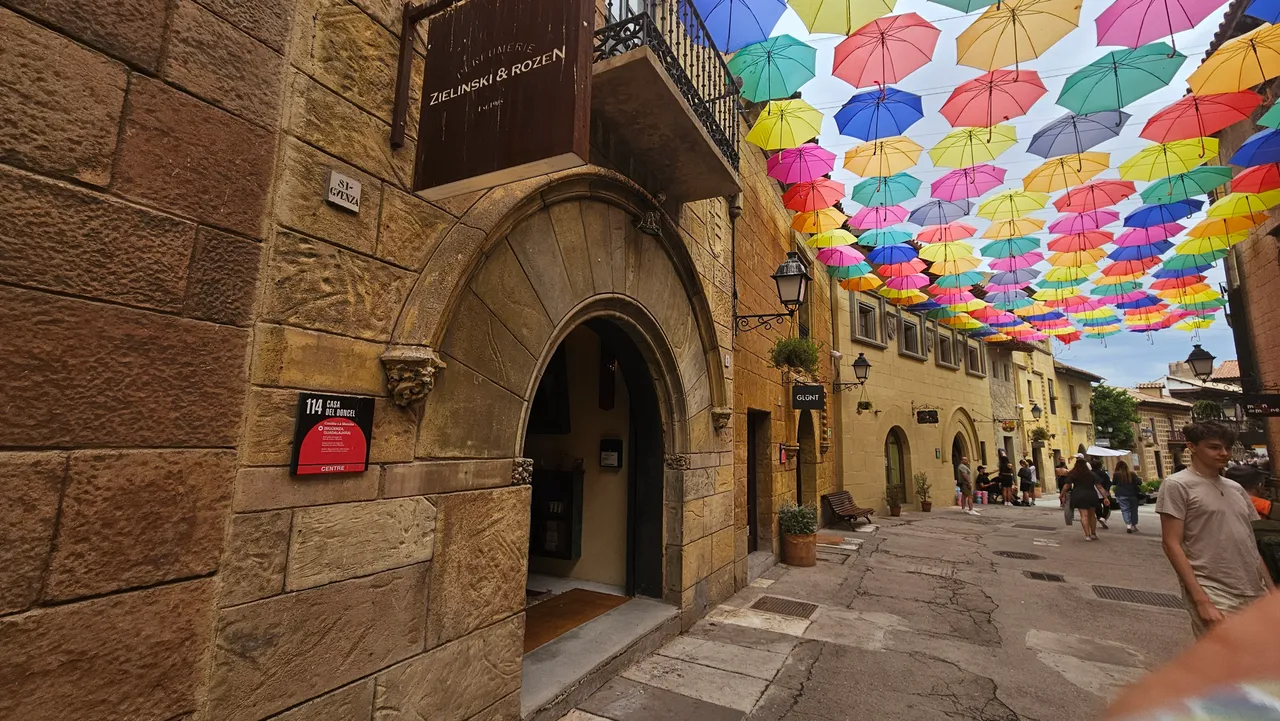
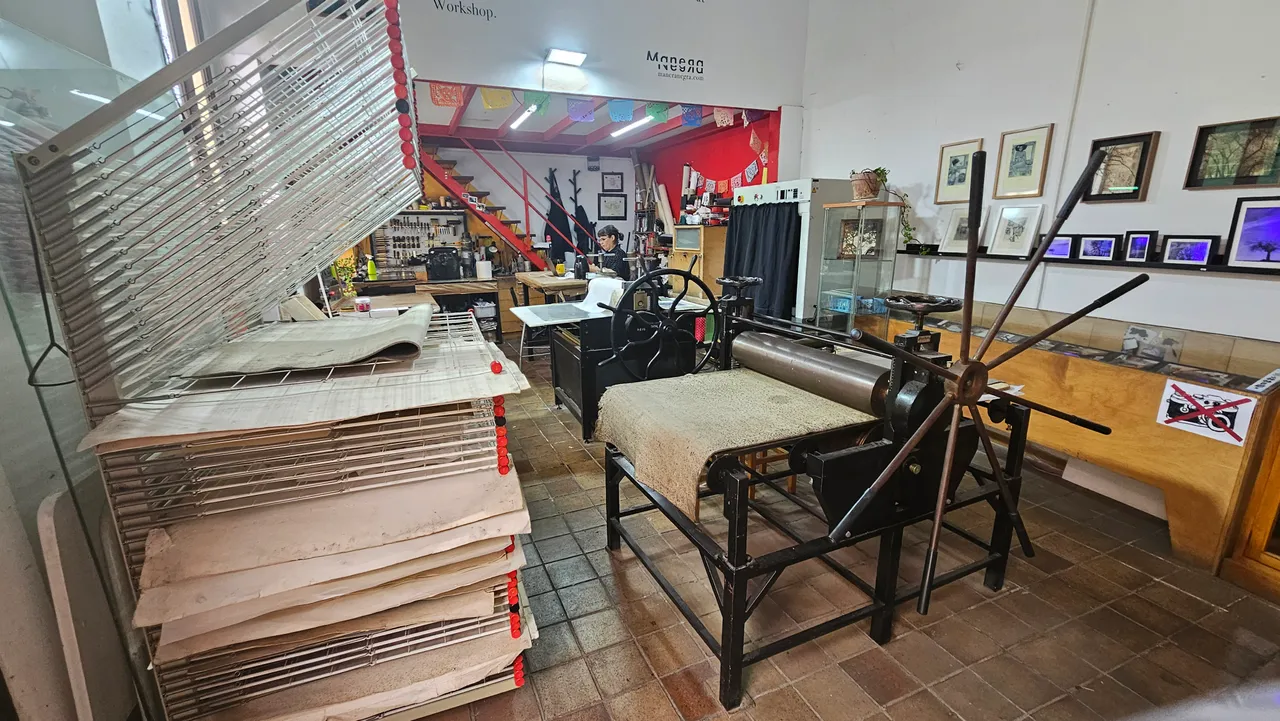
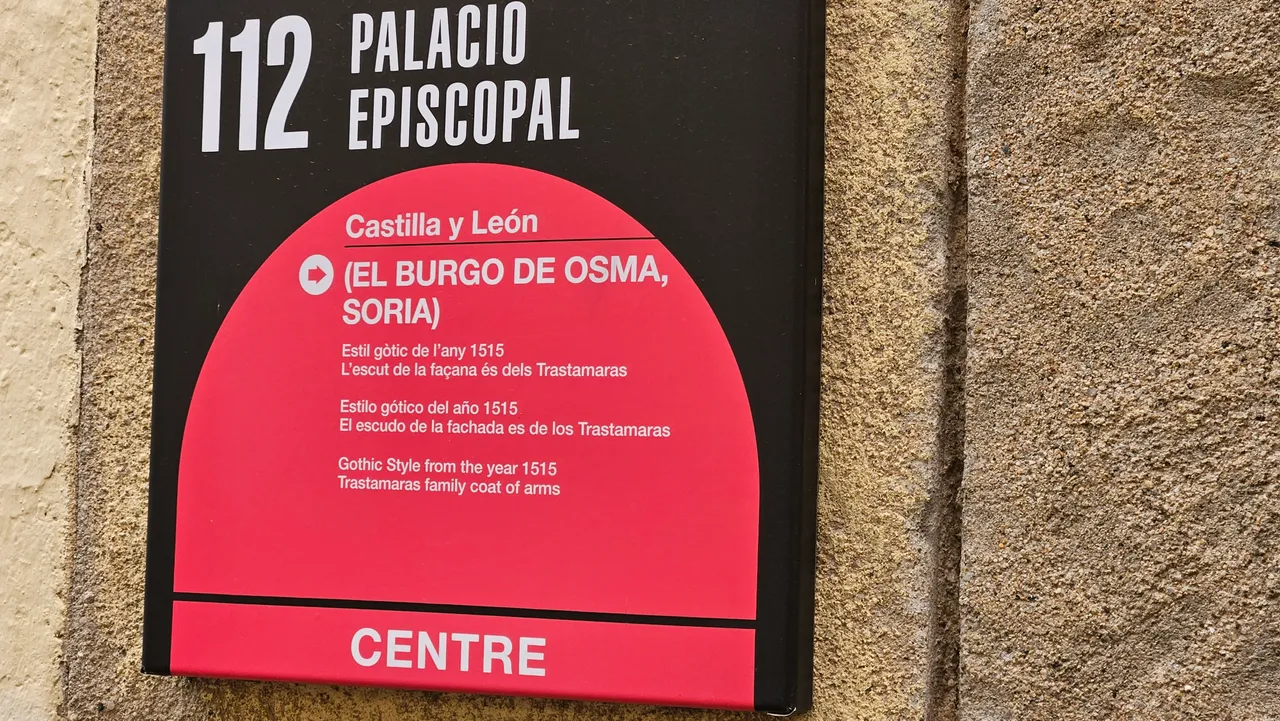
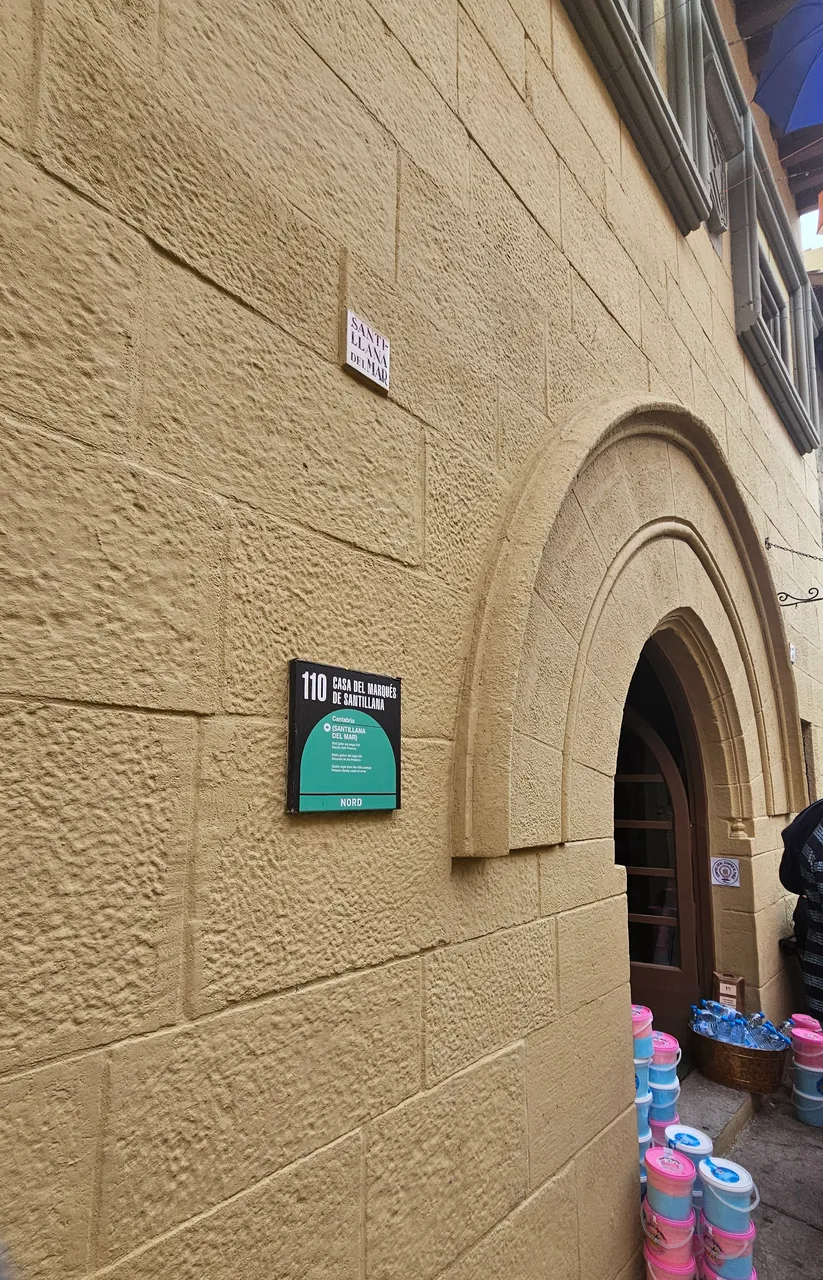
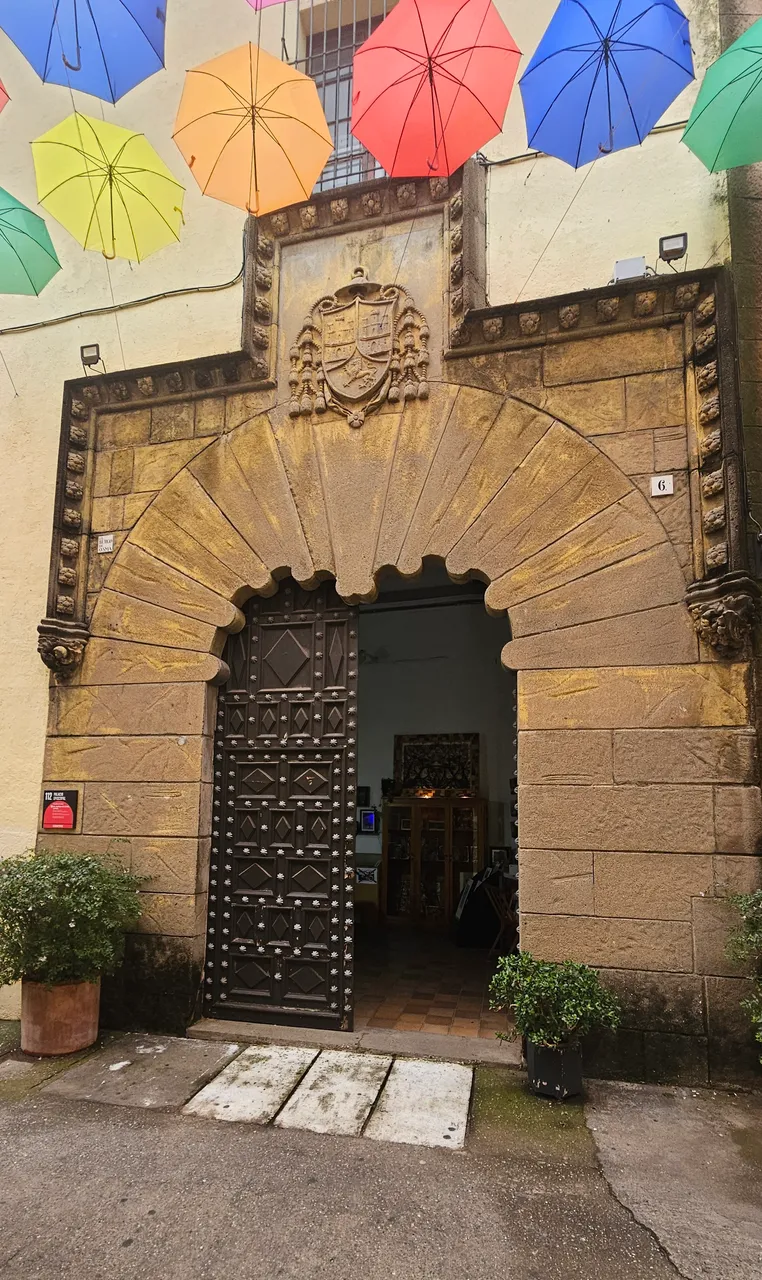
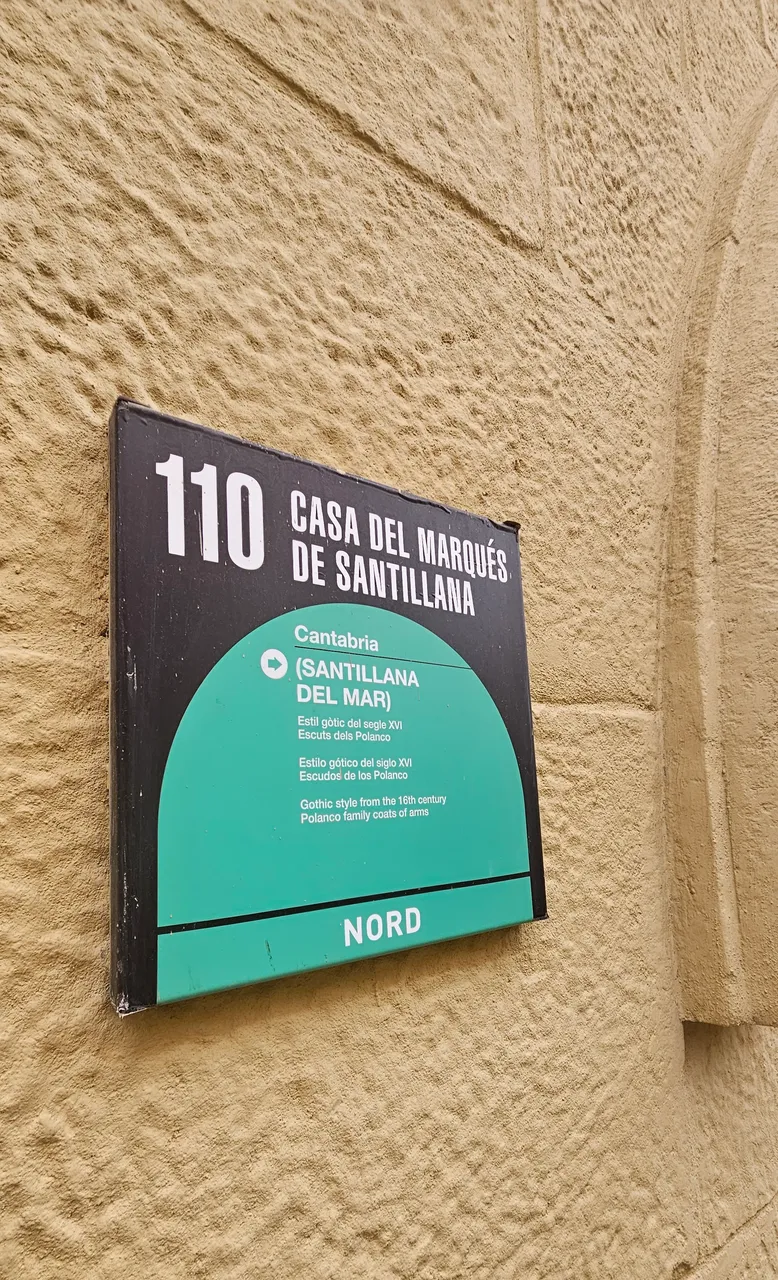
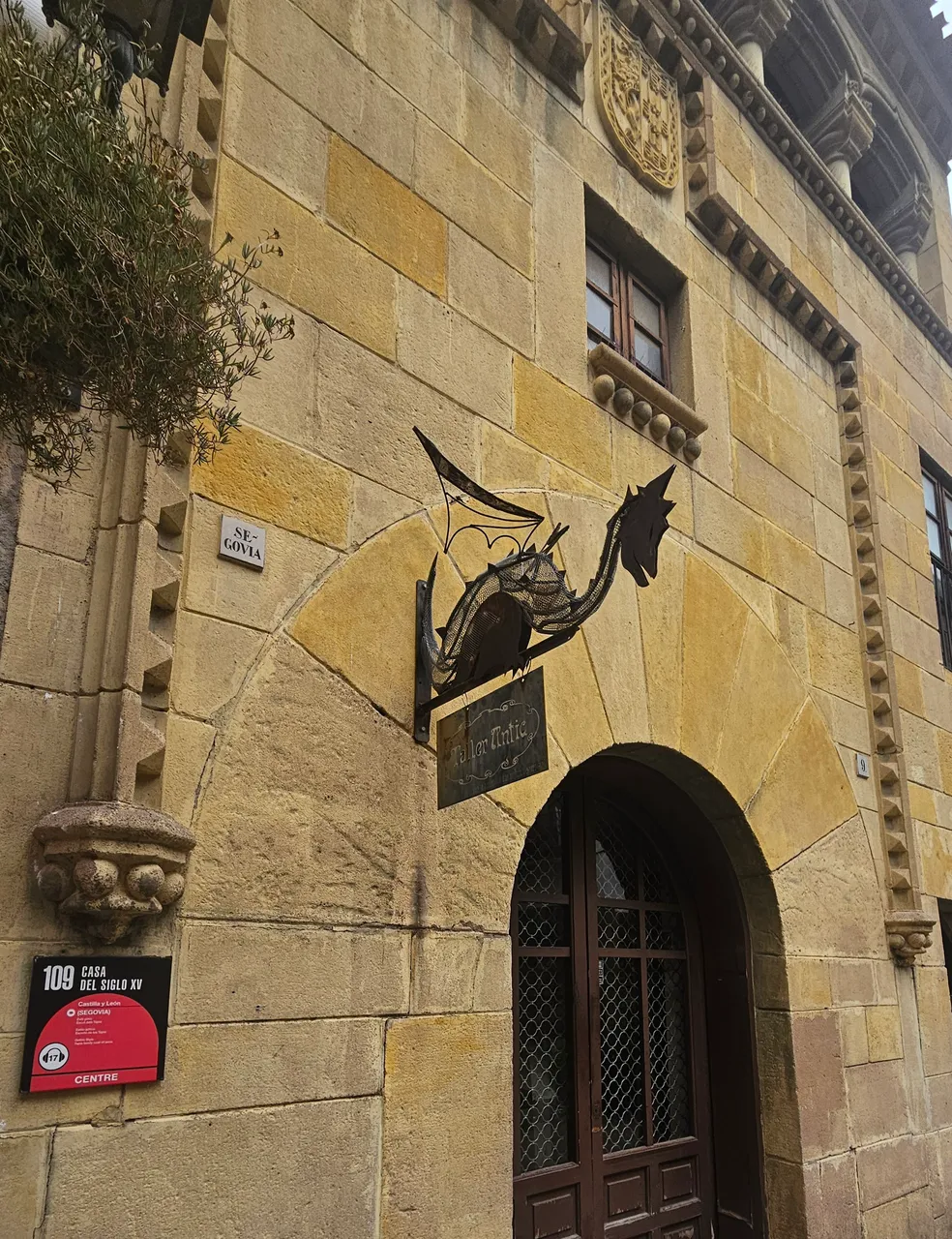
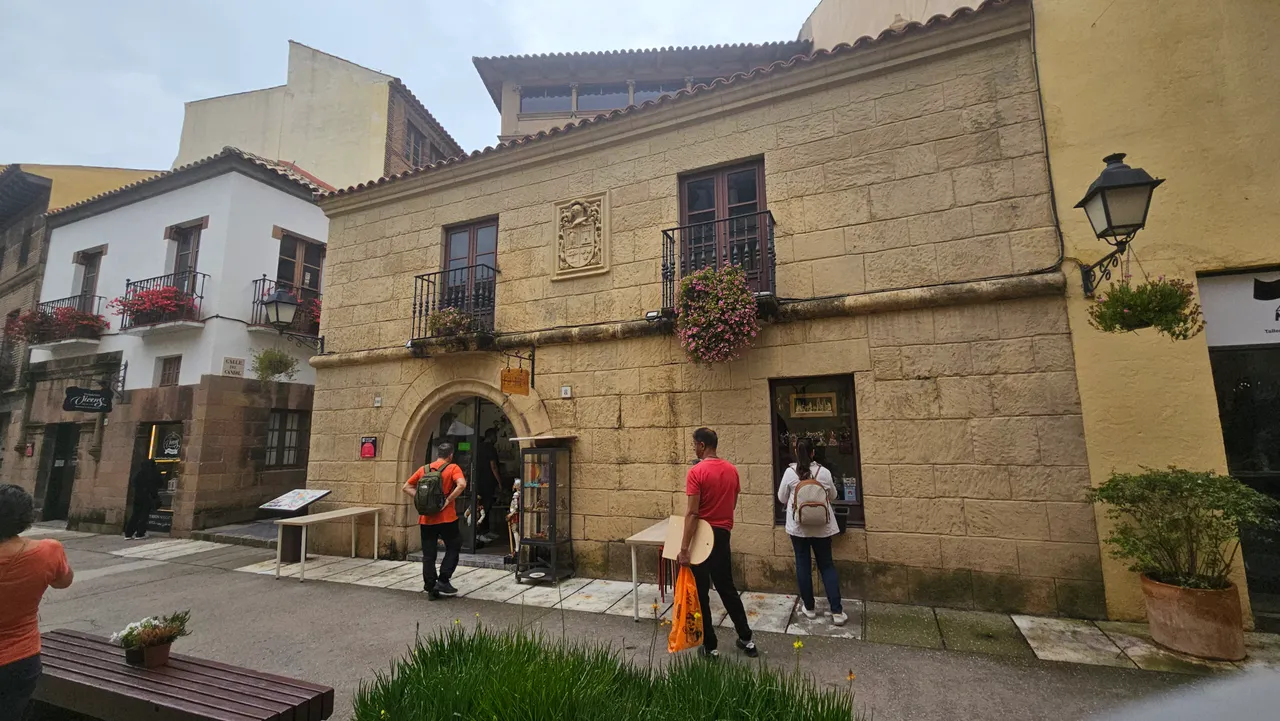
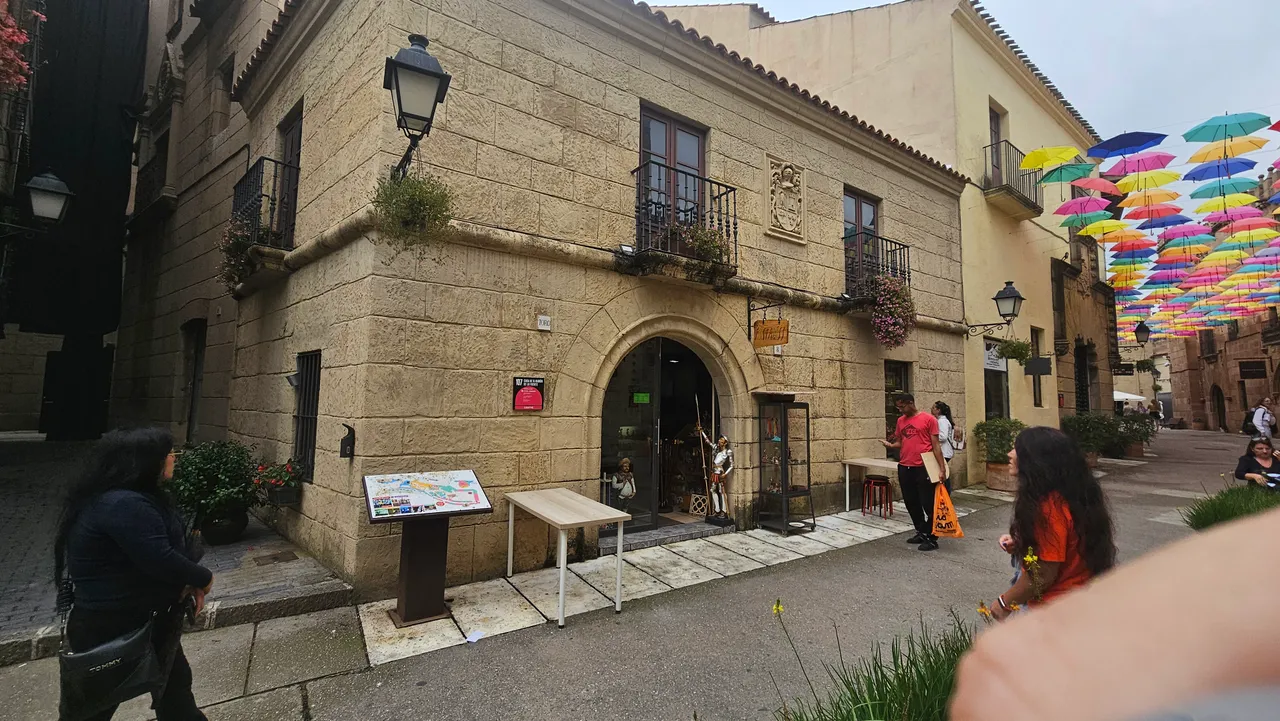
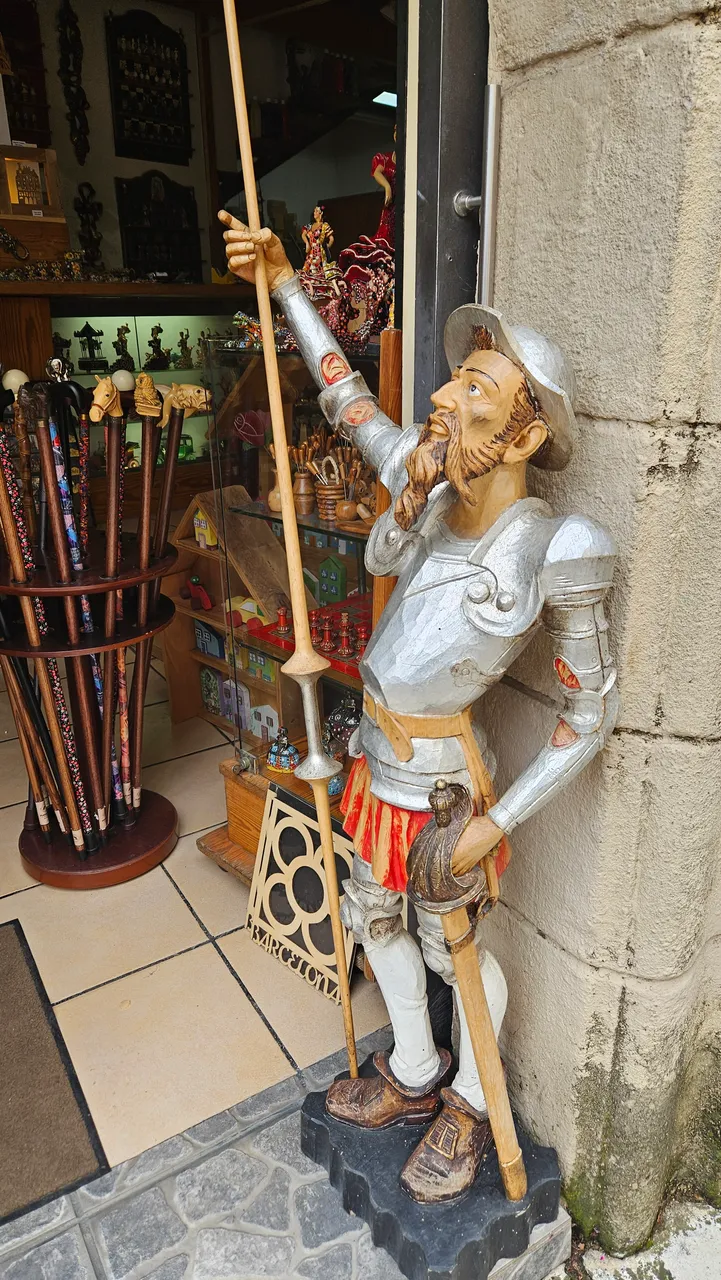
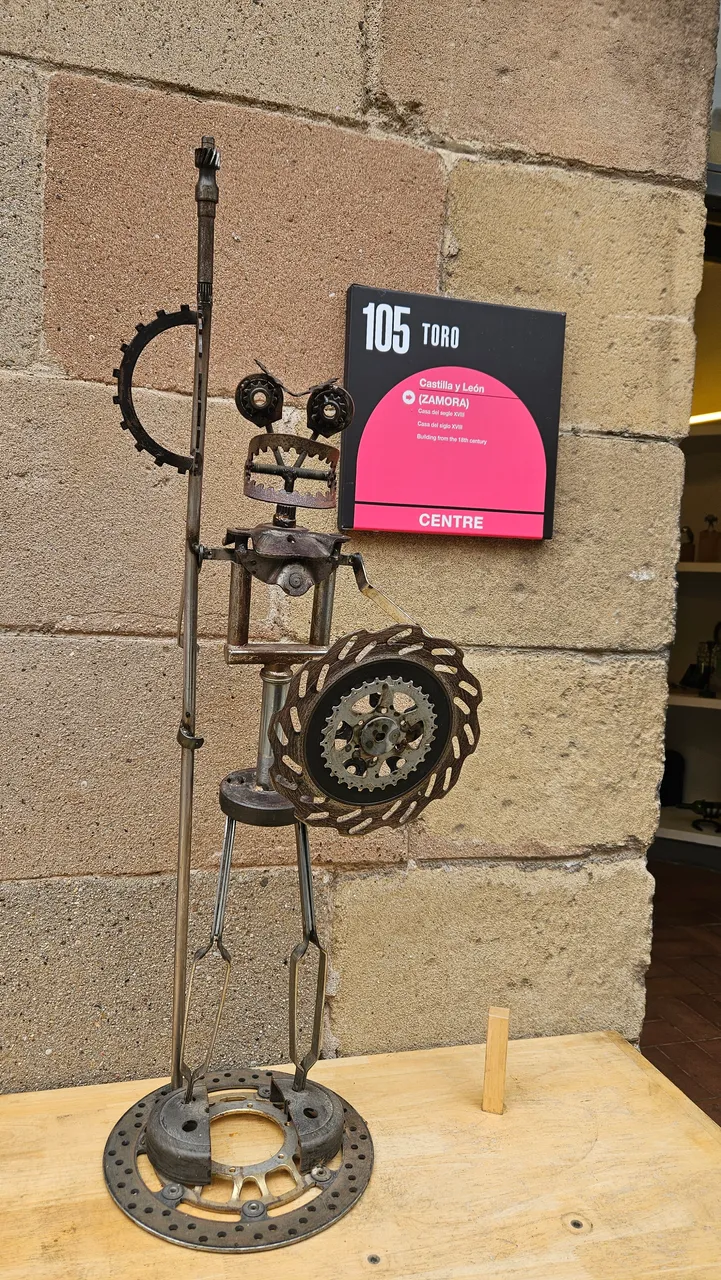
On the ground floor of these buildings there are workshops of old crafts, as well as galleries and shops, where you can buy souvenirs, leather products, tablecloths, perfumes, sweets...
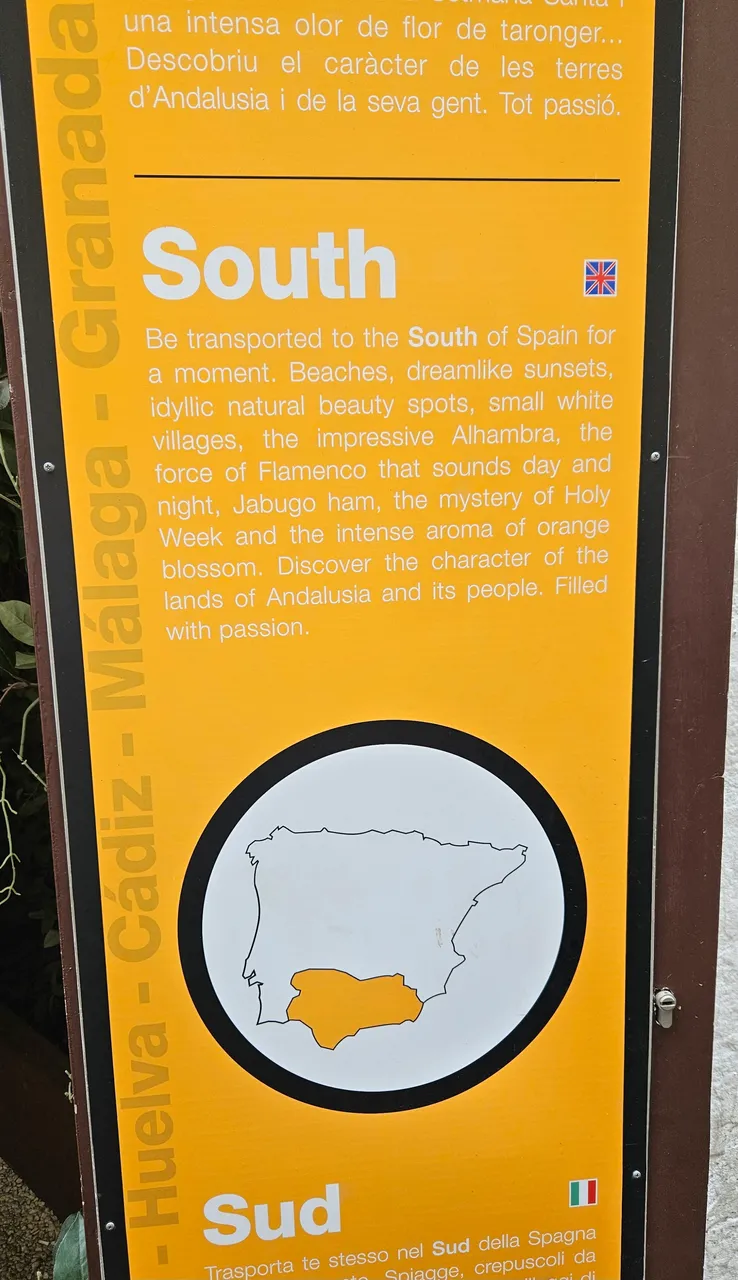
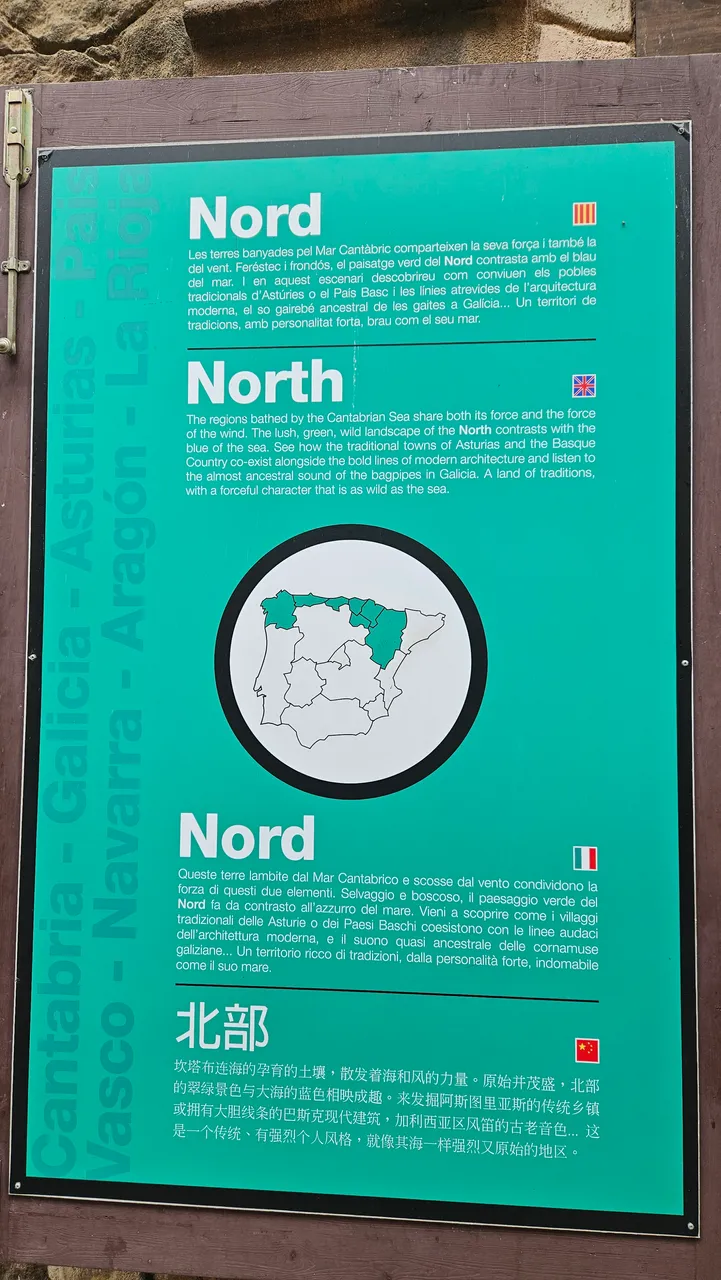
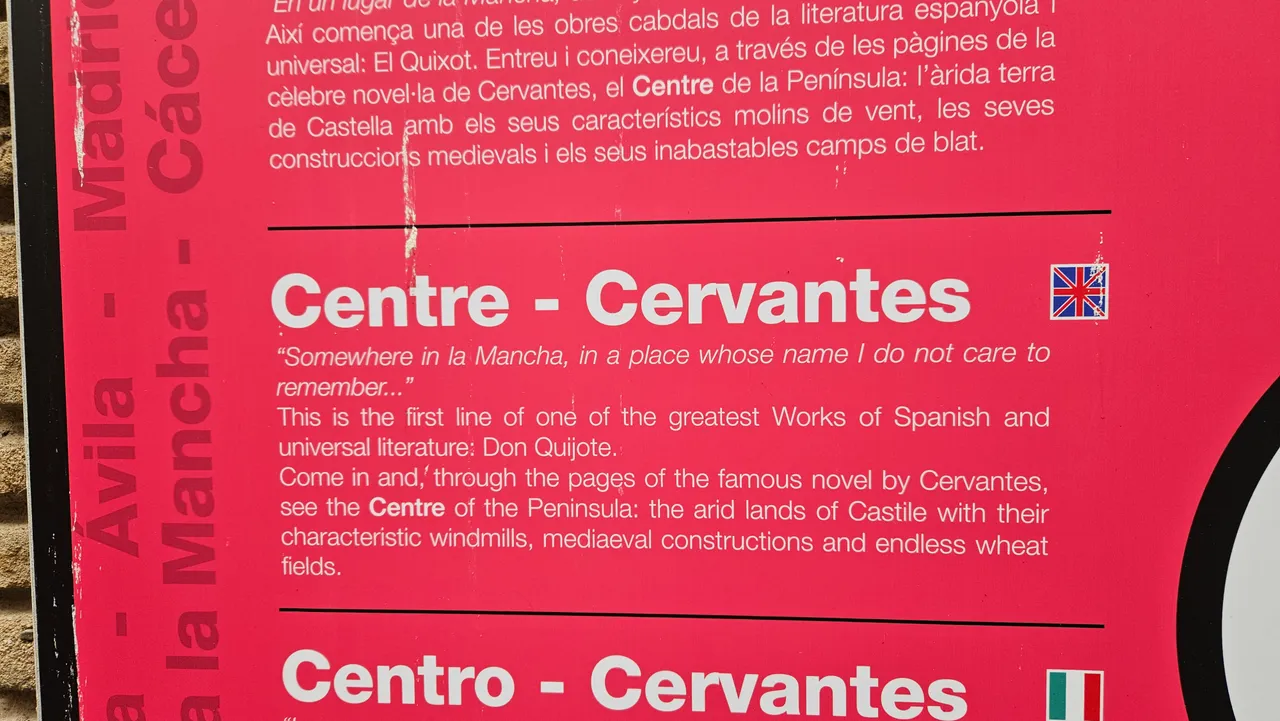
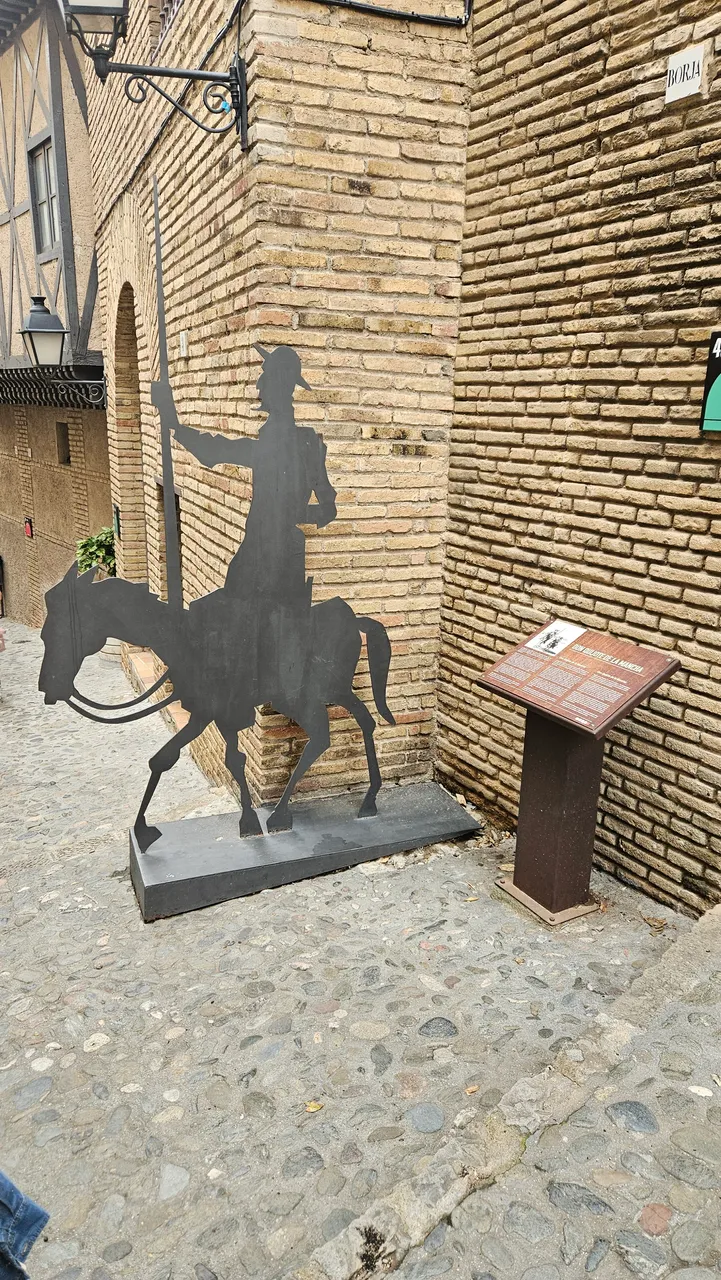
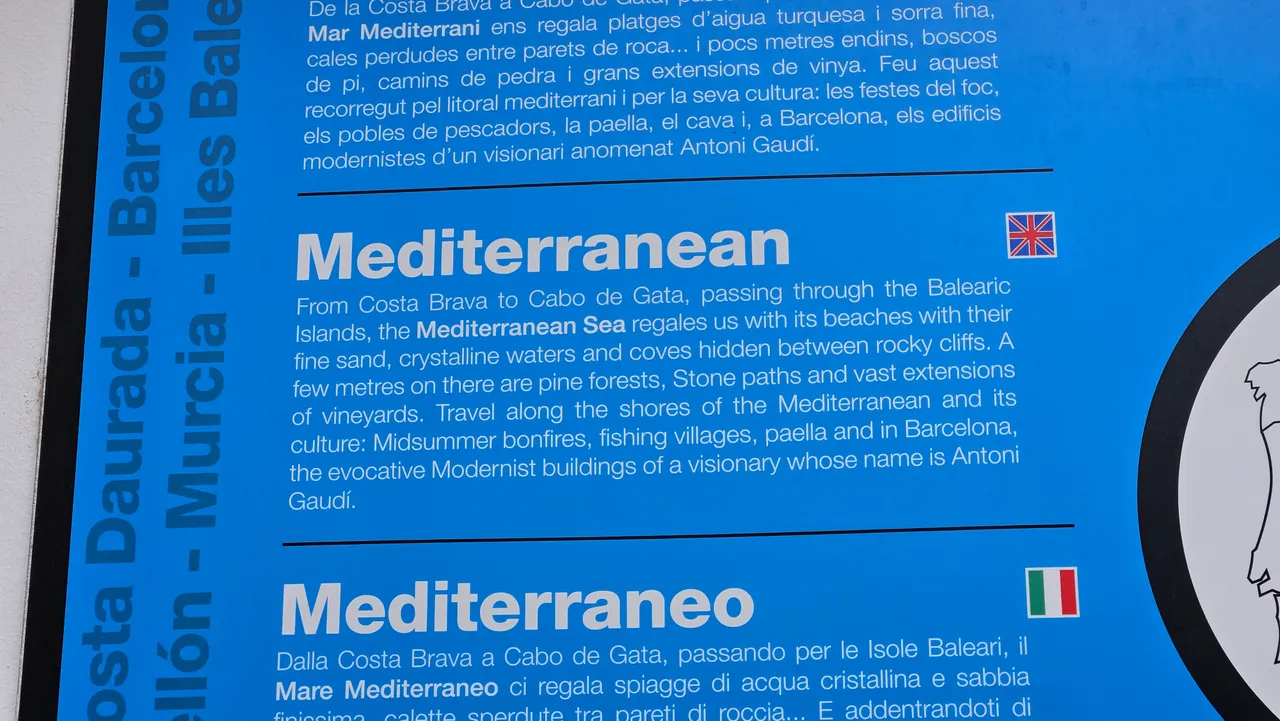
In each of the mentioned sectors, in addition to the architectural features of those regions, there is also a theme from Spanish culture.



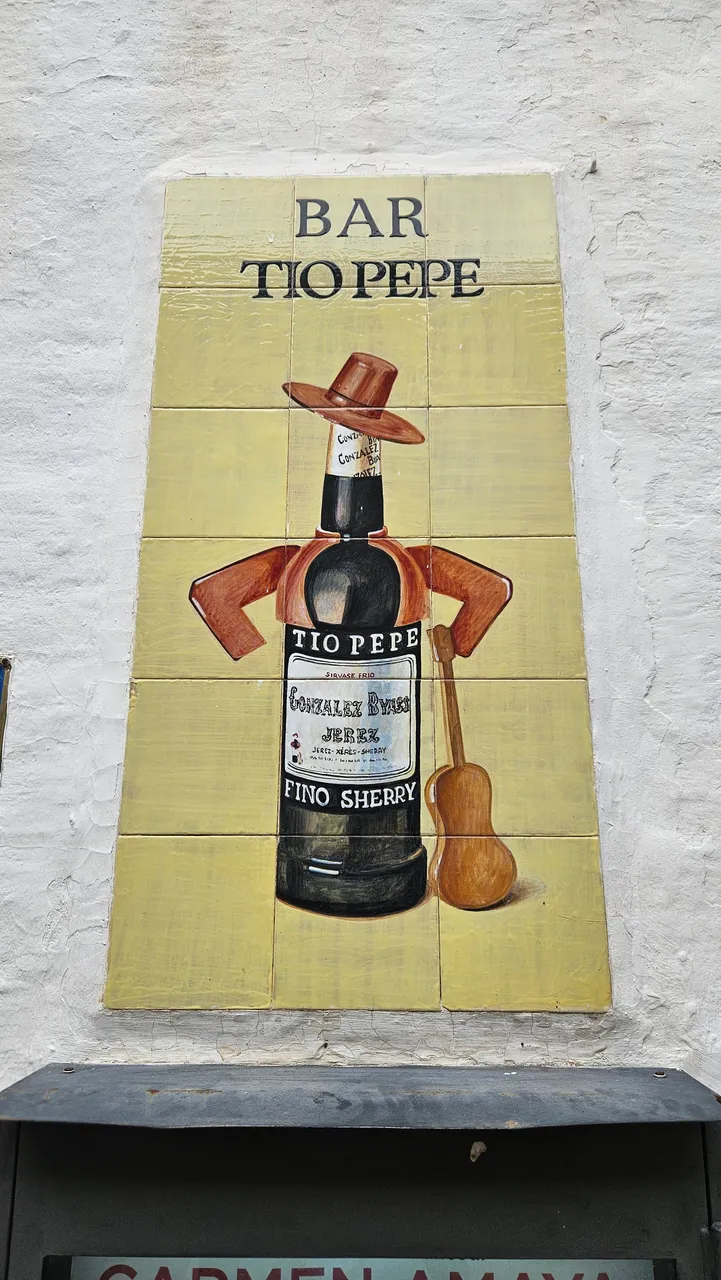
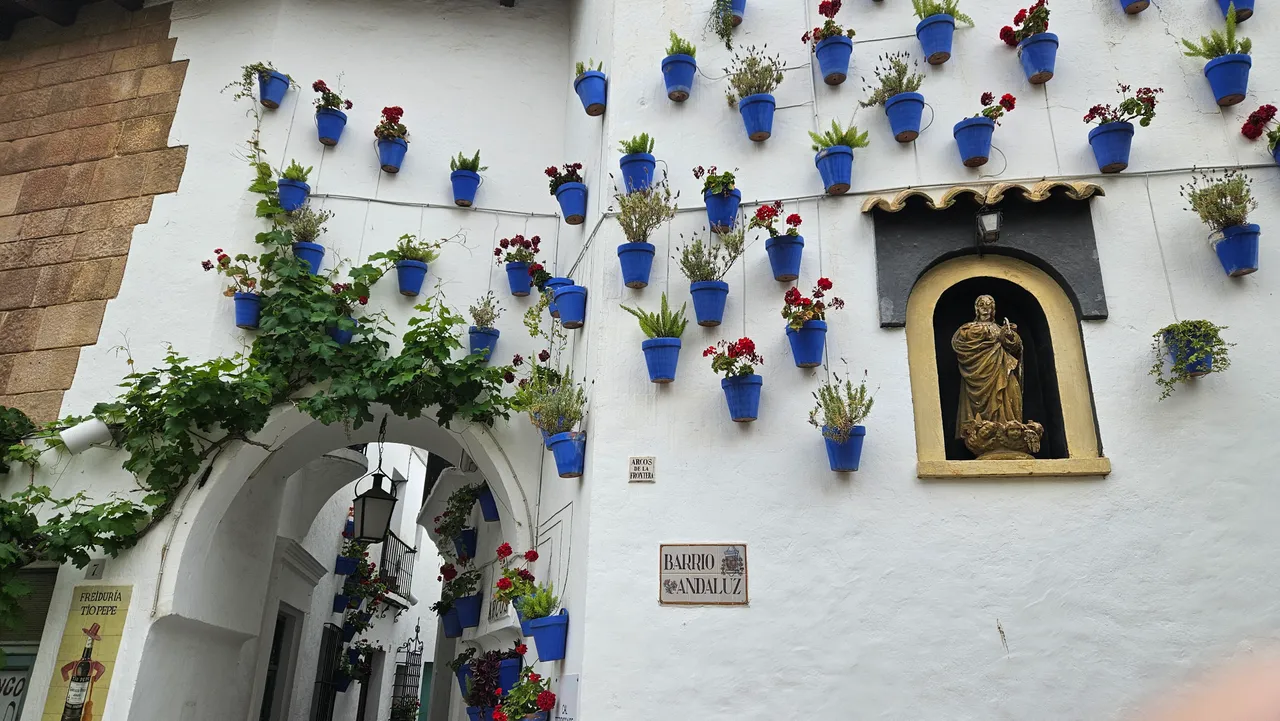
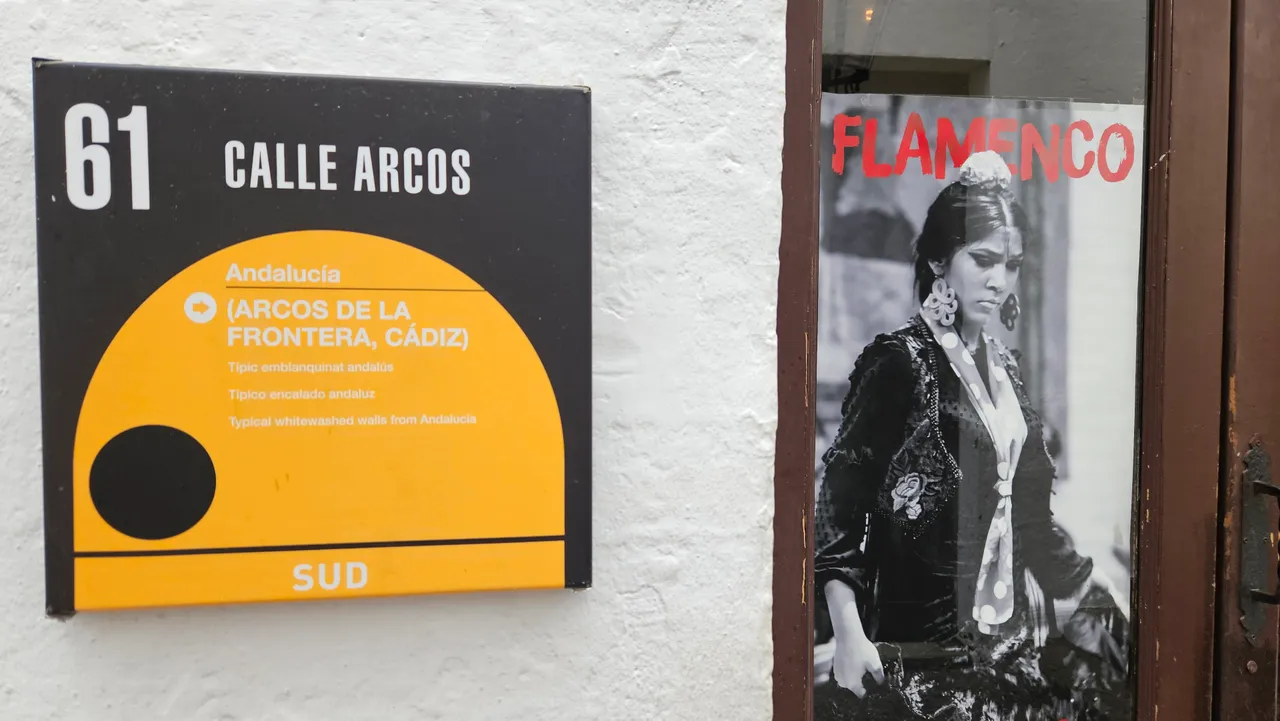
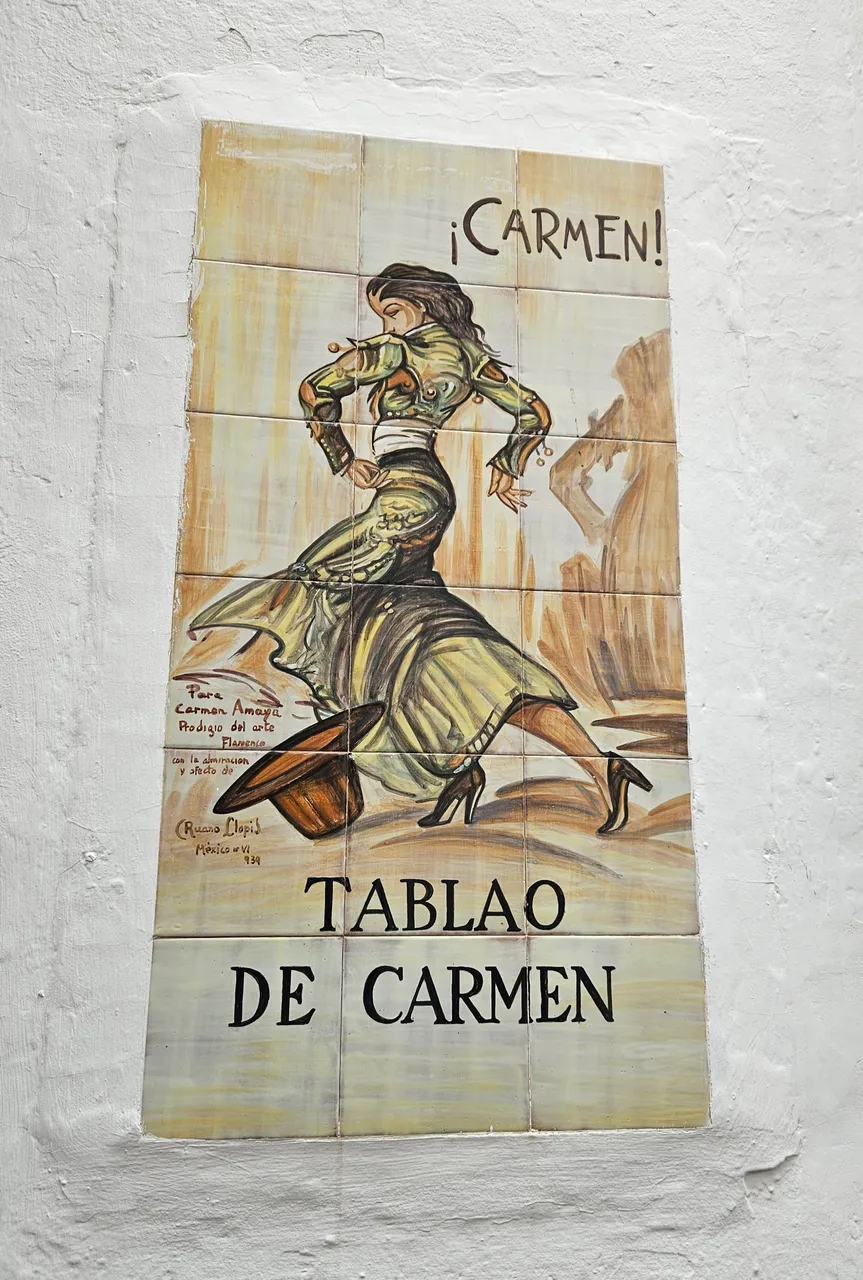
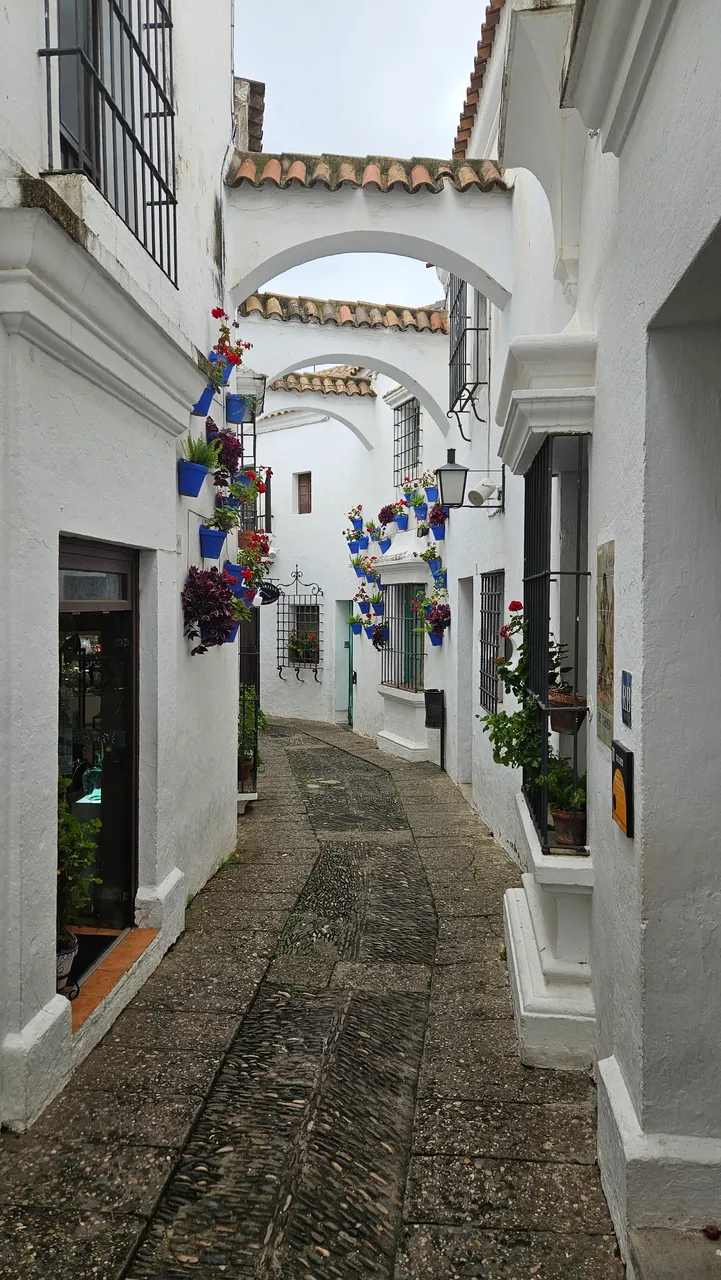

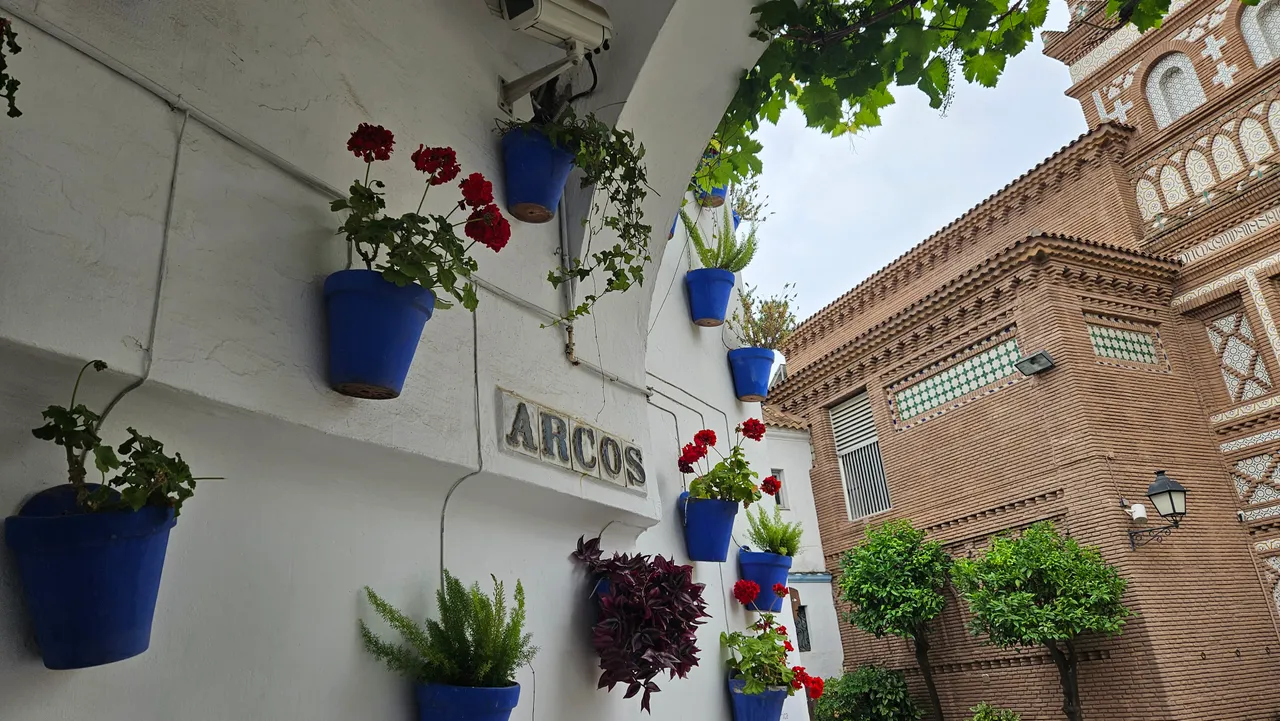
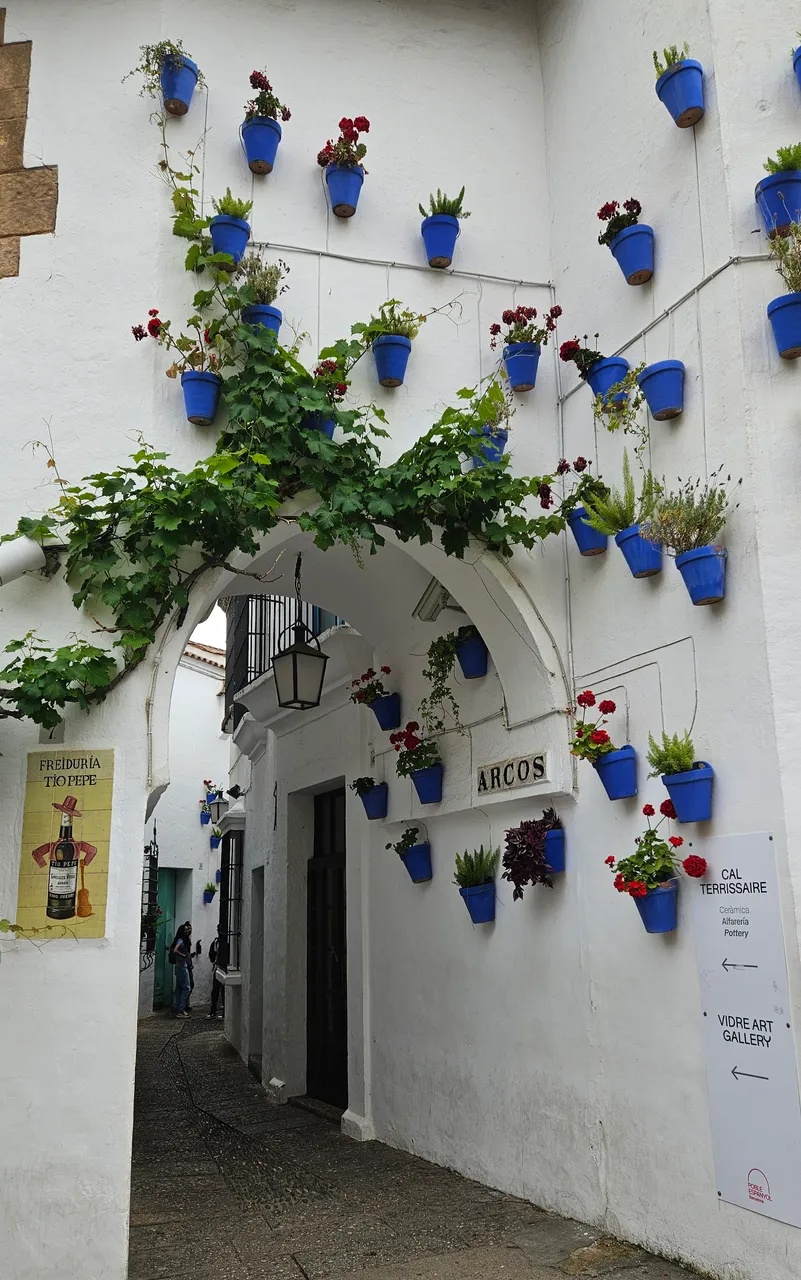
So for Andalusia, Flamenco plays there, for the central part, the theme is around Don Quixote, and for the northern part, the widely known Cammino di Santiago.

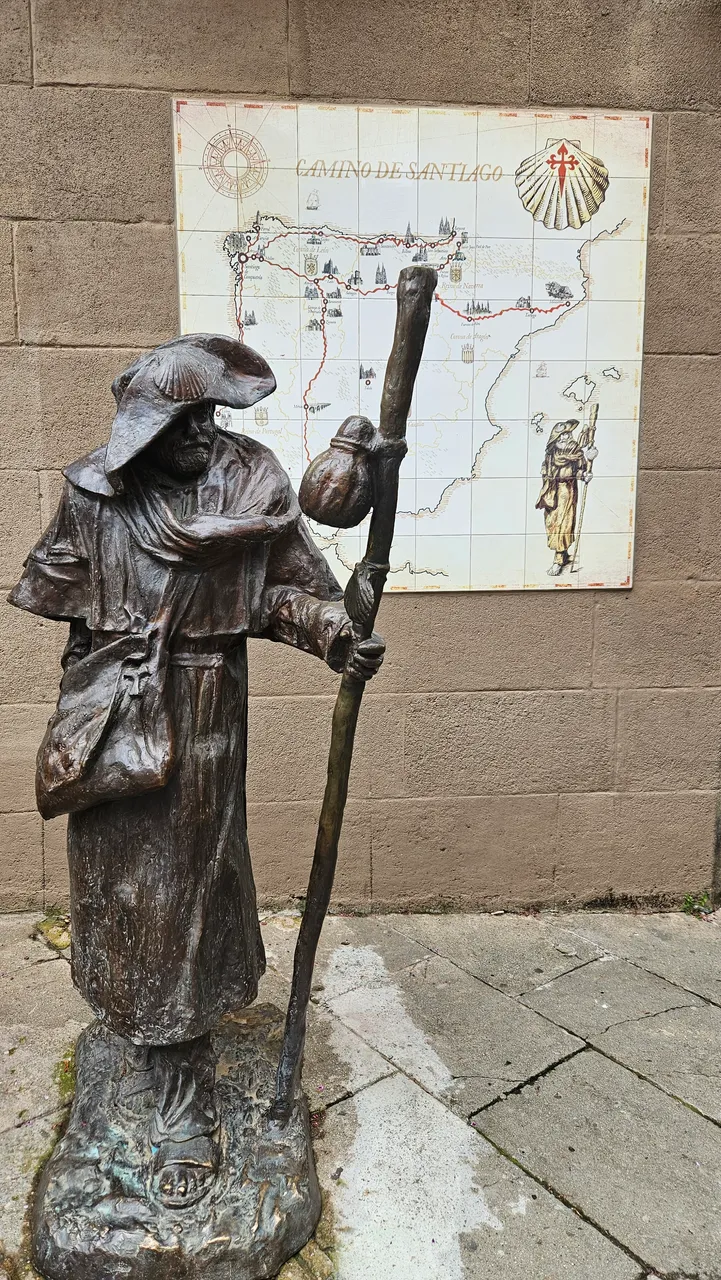

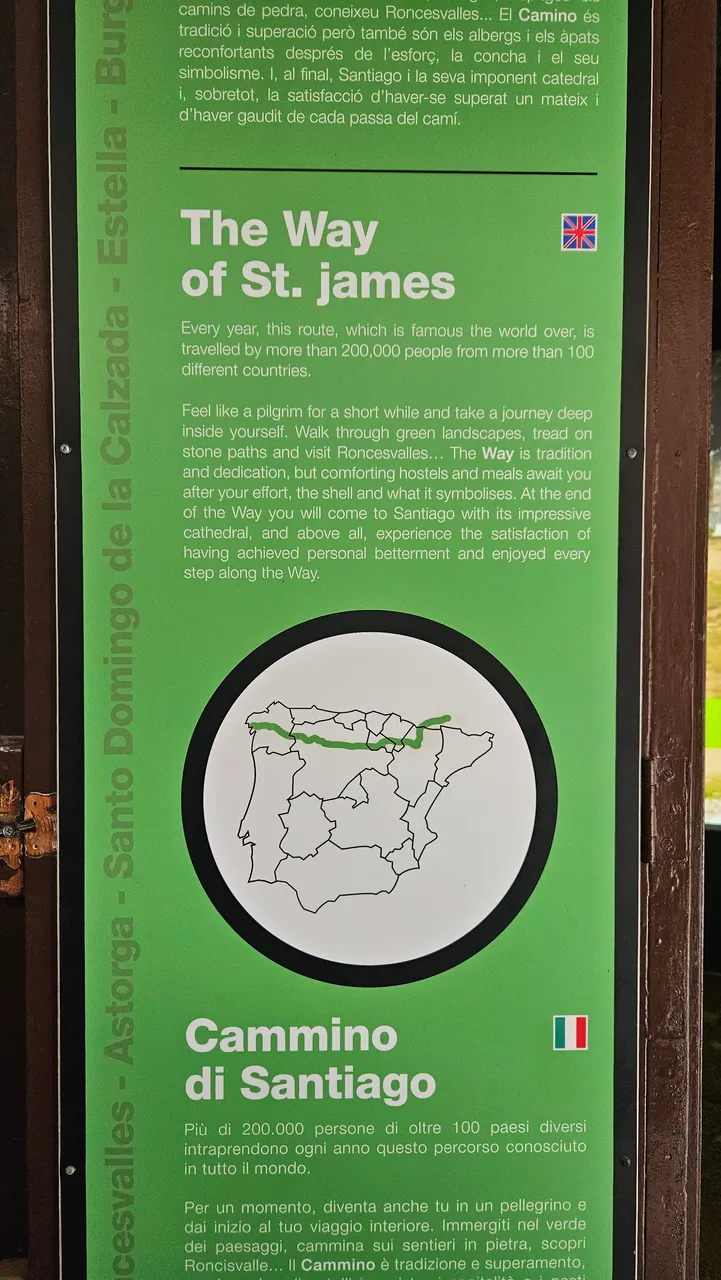
For each of the areas, in specially separated mini-cinema halls, a film is projected, a story about those areas, so it is very interesting to take a break and hear the most interesting details about each of the areas.
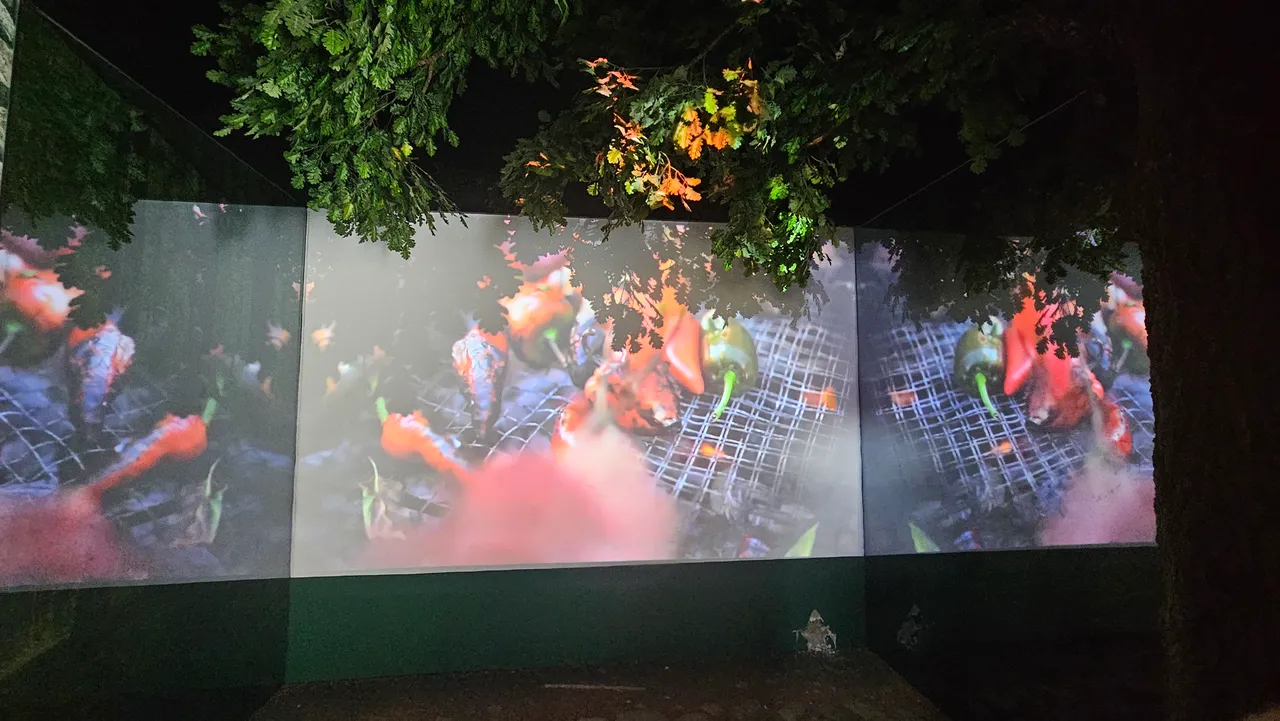
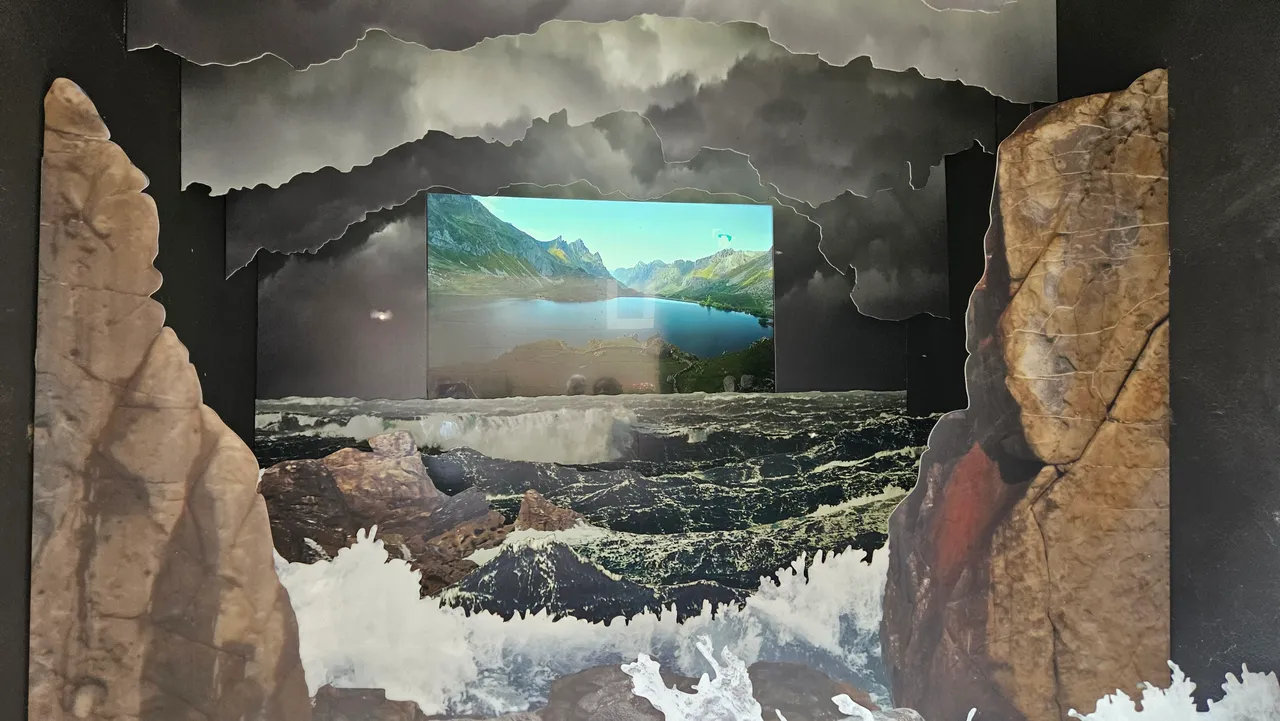
Despite the fact that this is a replica city, not everything in it is fake.
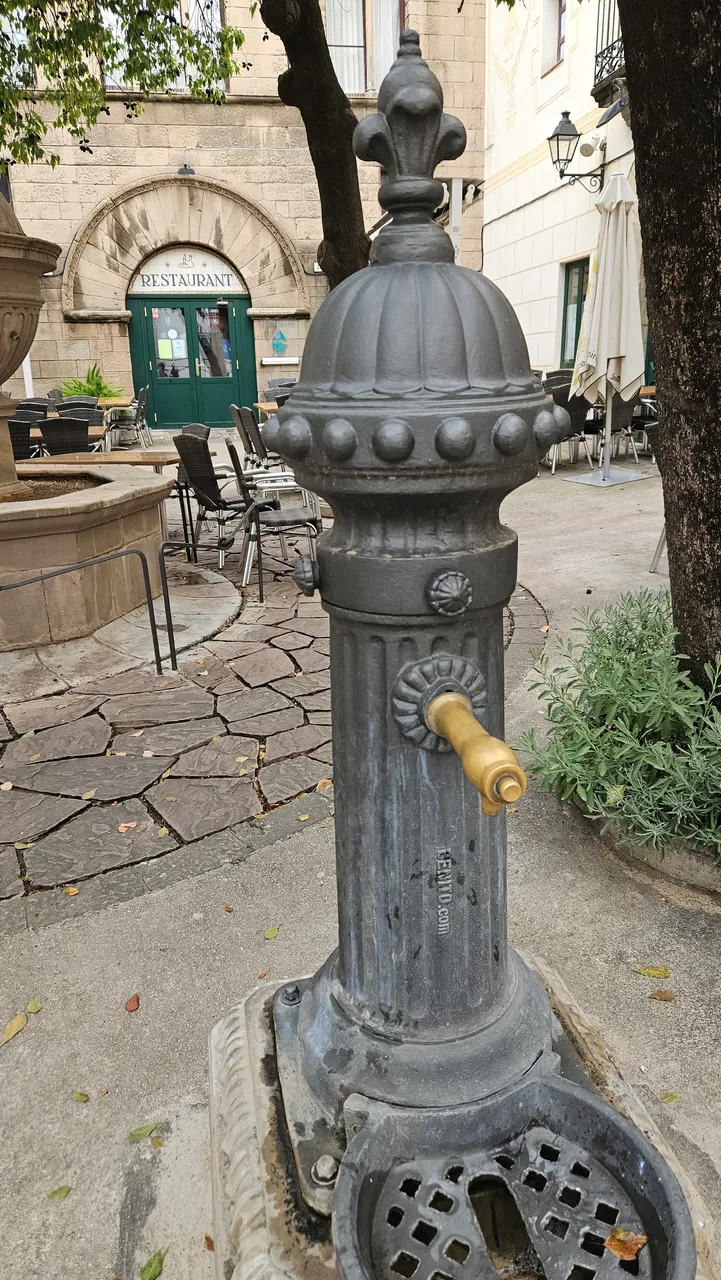
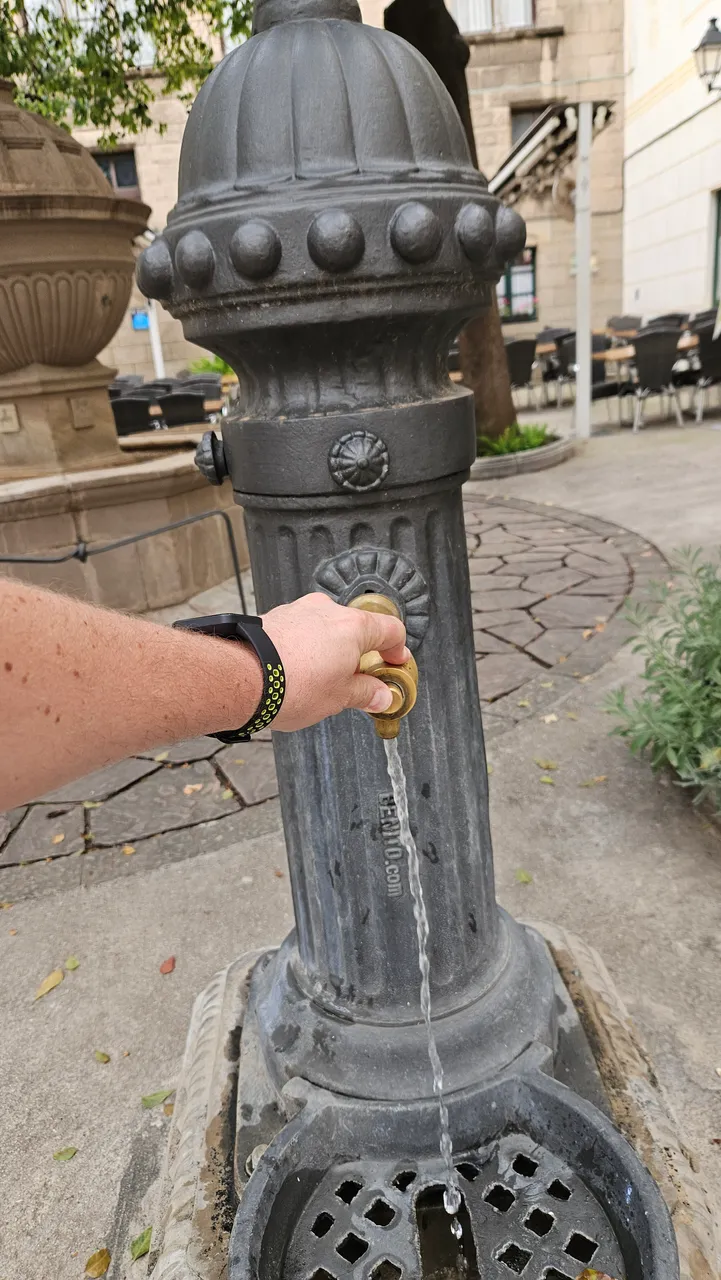
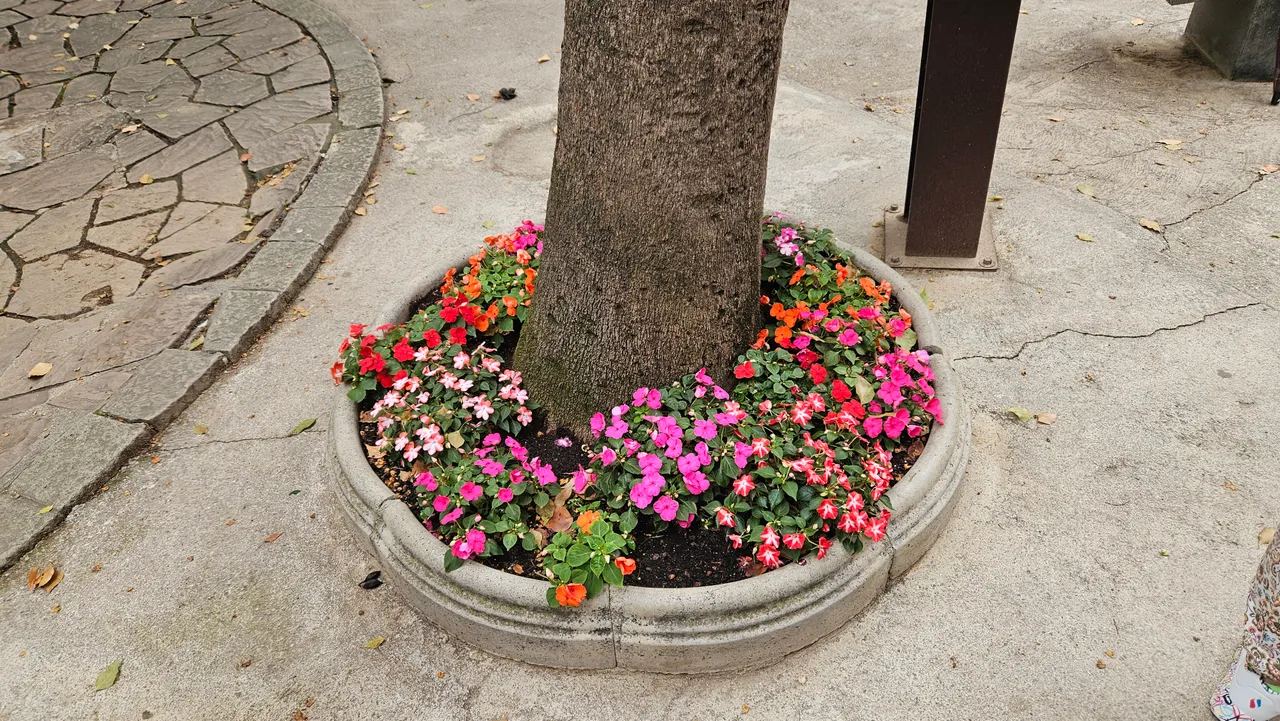
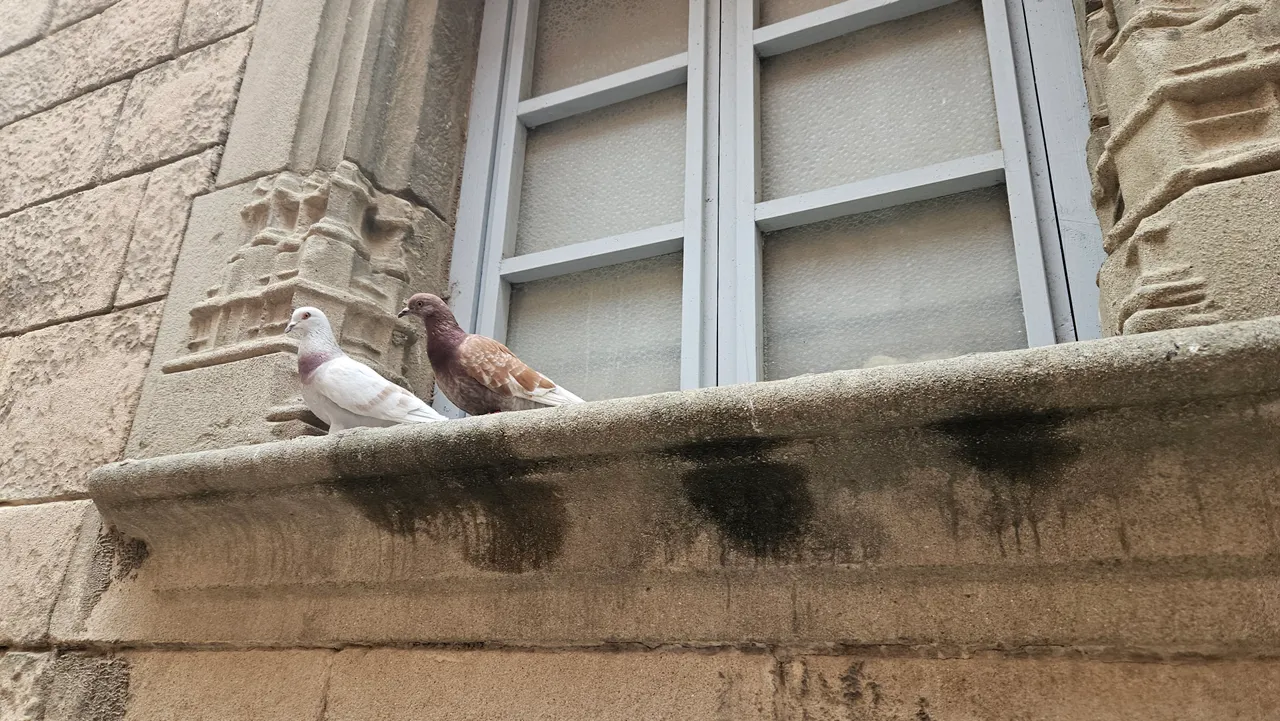
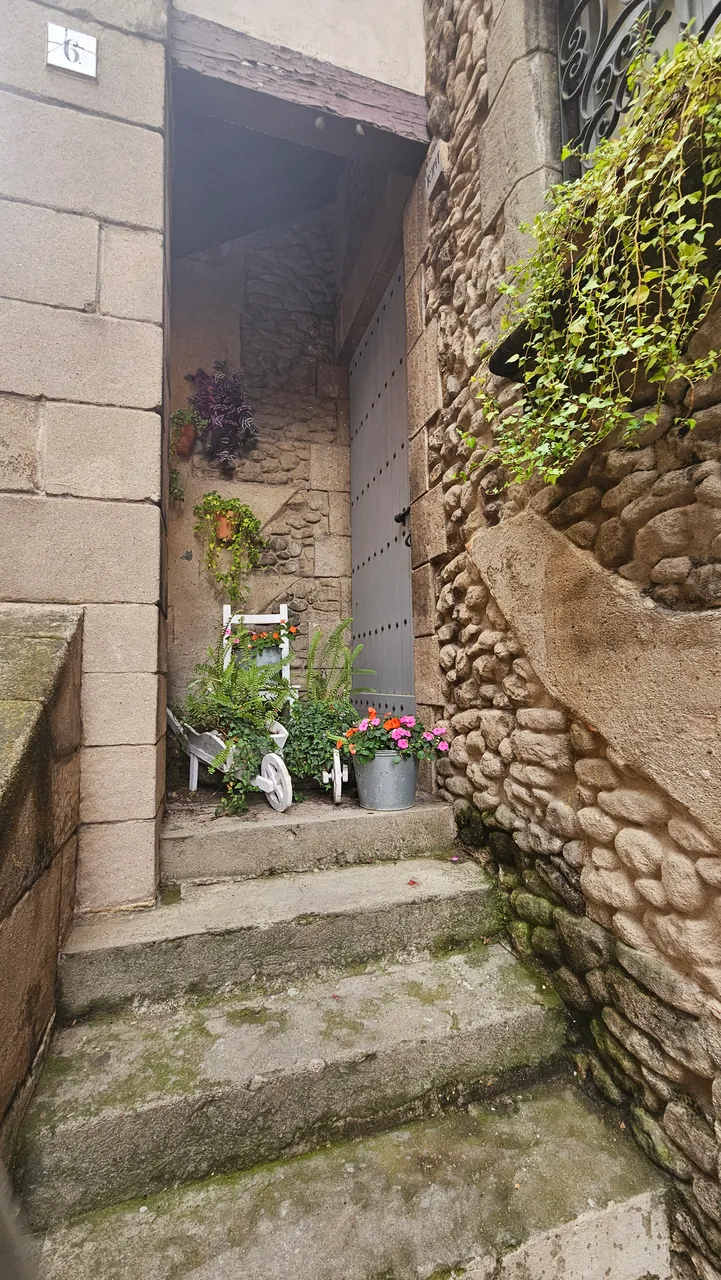

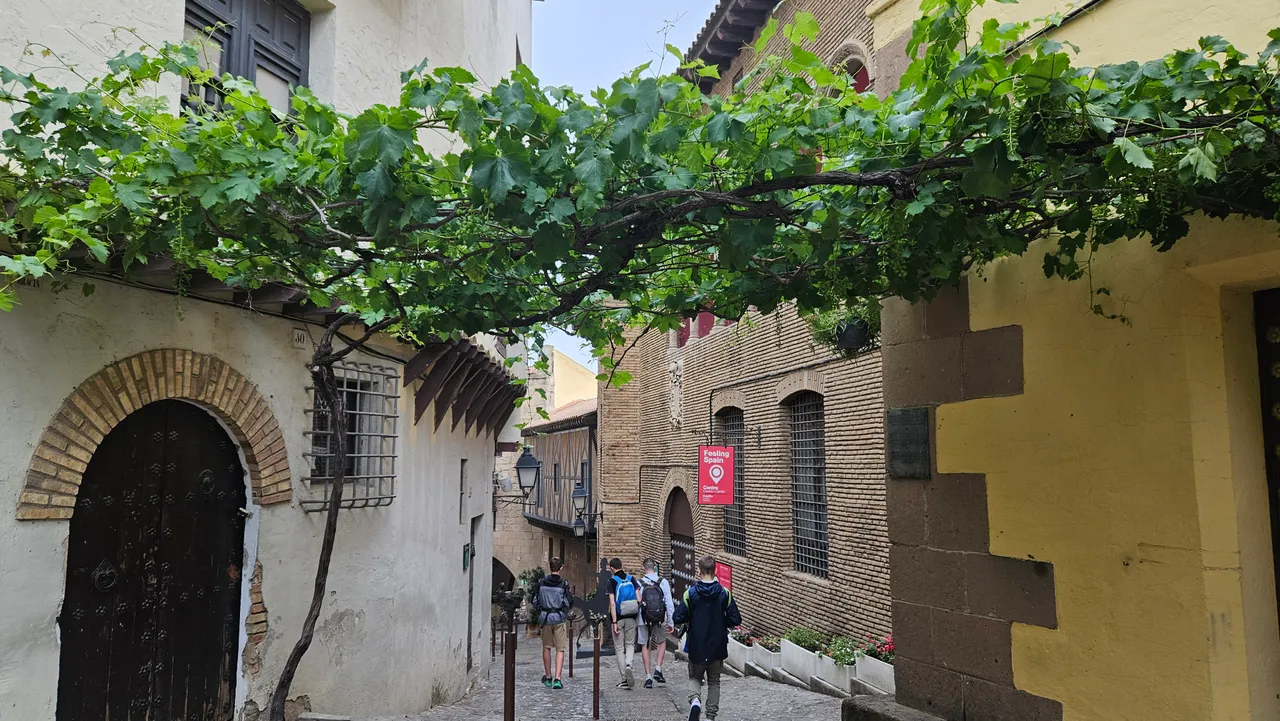
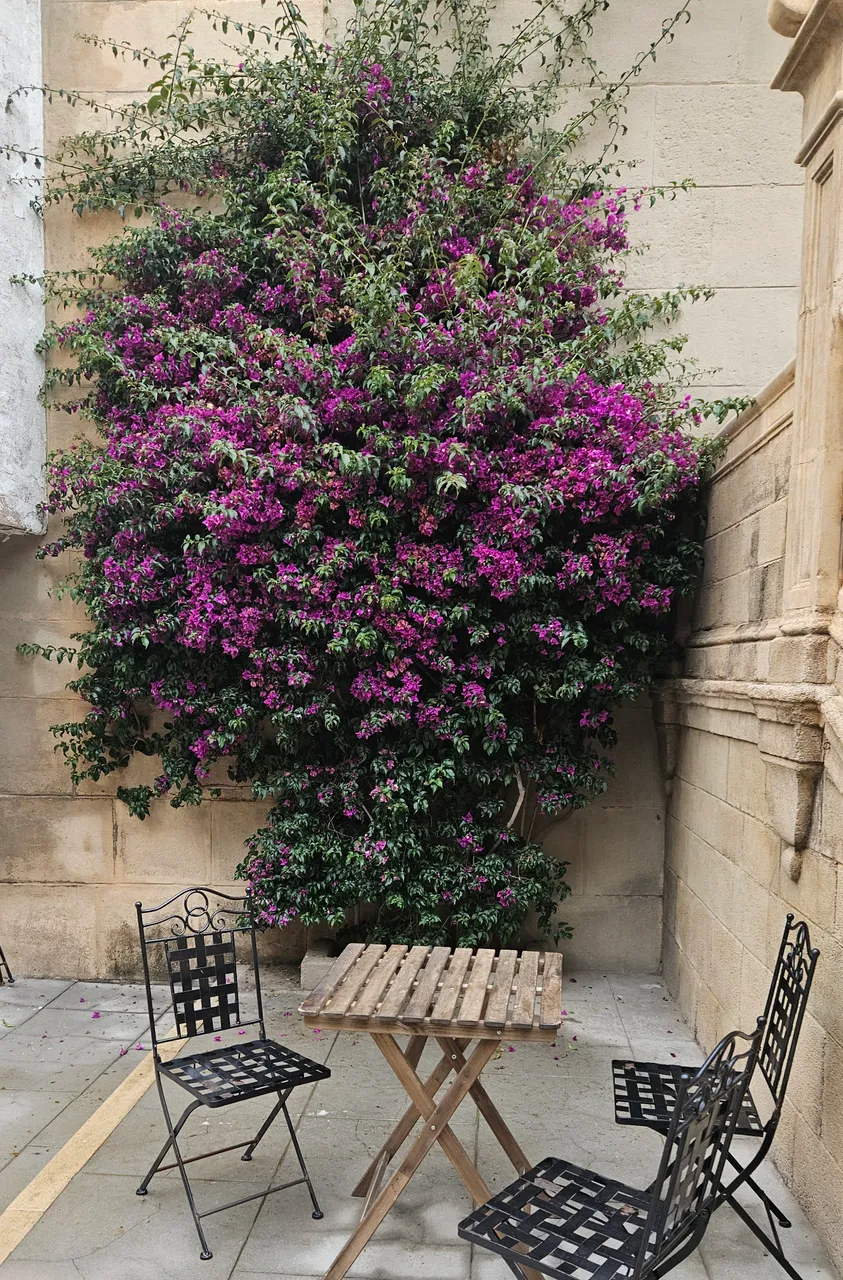
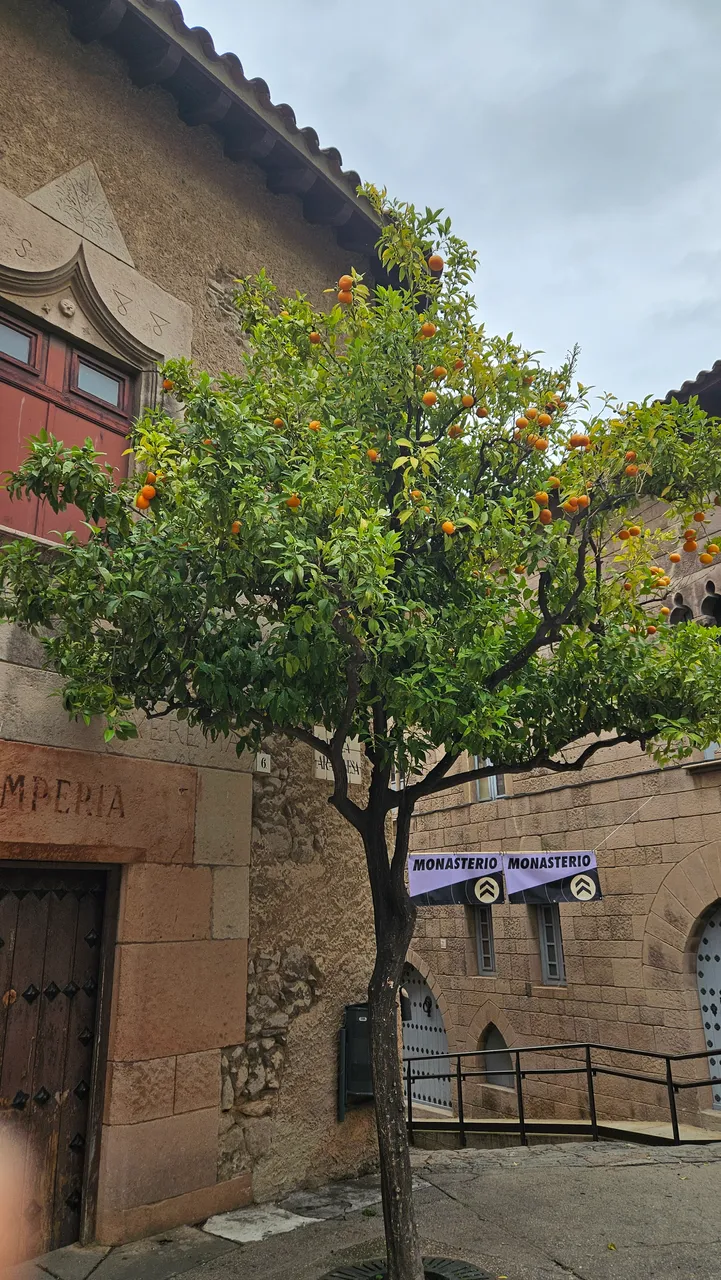
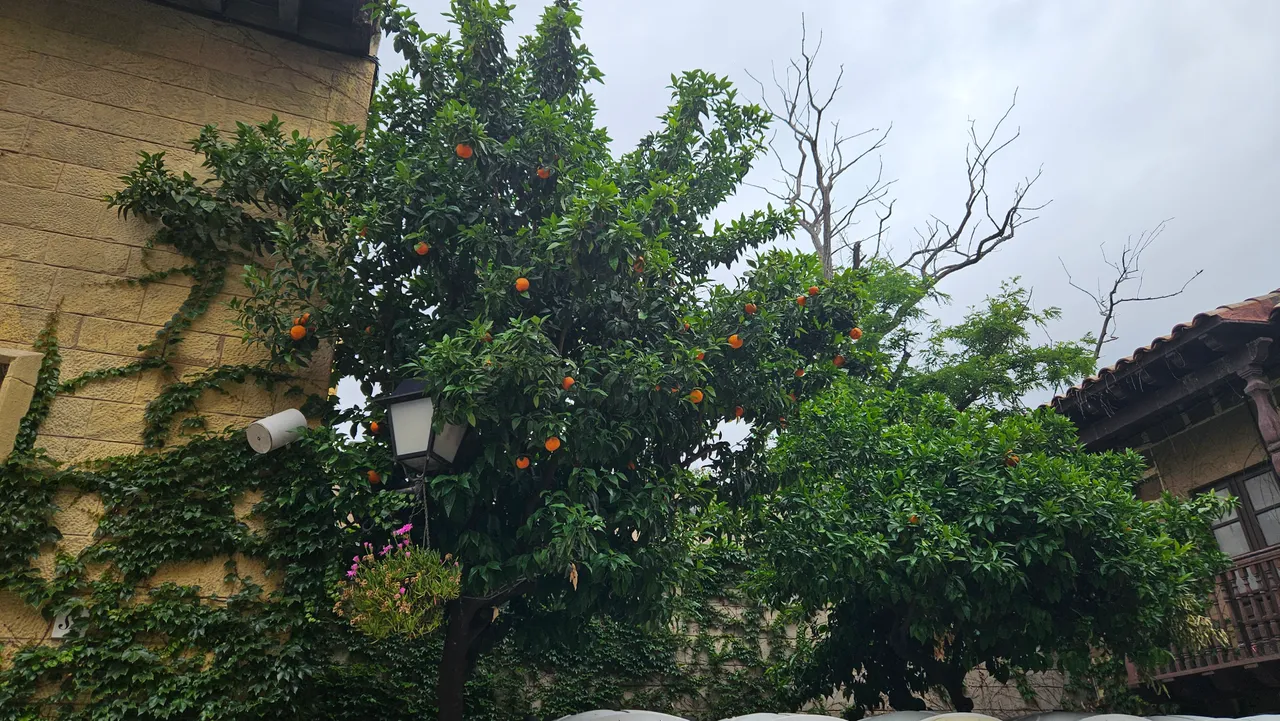
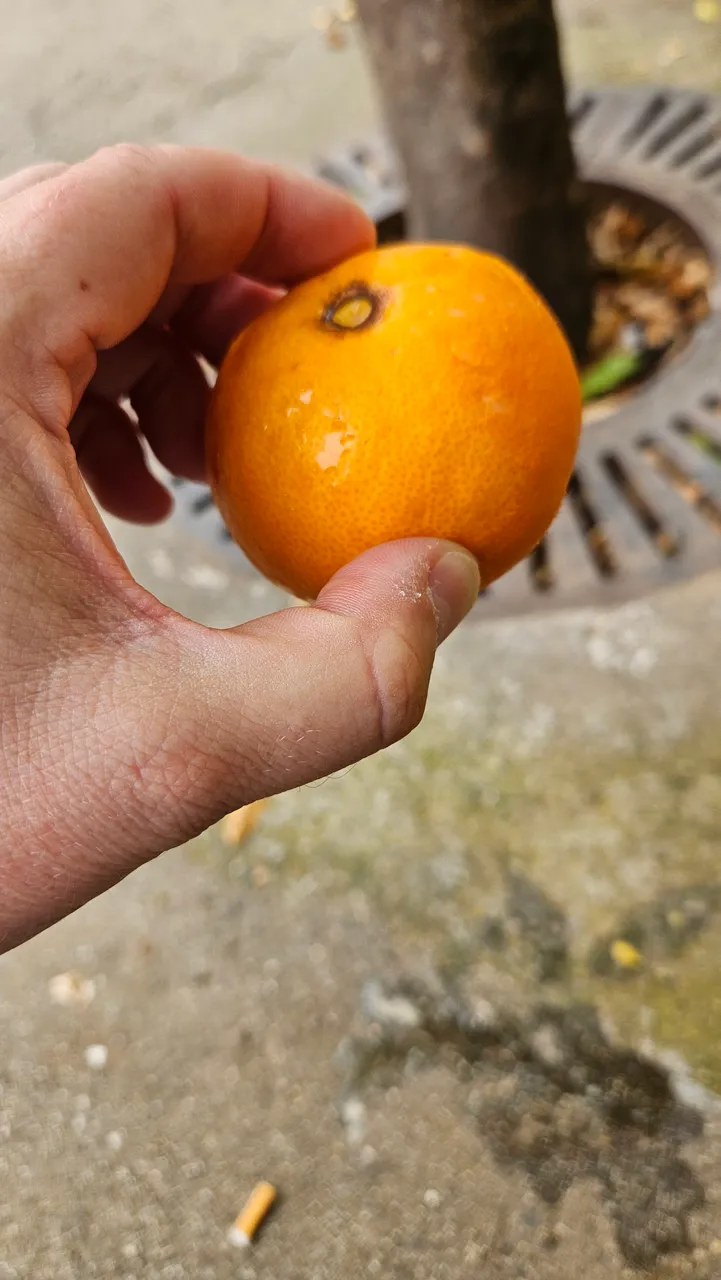
Water comes from the fountain, pigeons fly, real flowers grow, and the tangerines you see on the trees are real (picking them is forbidden, I took a picture of one that was a ripe opal of a square tree).
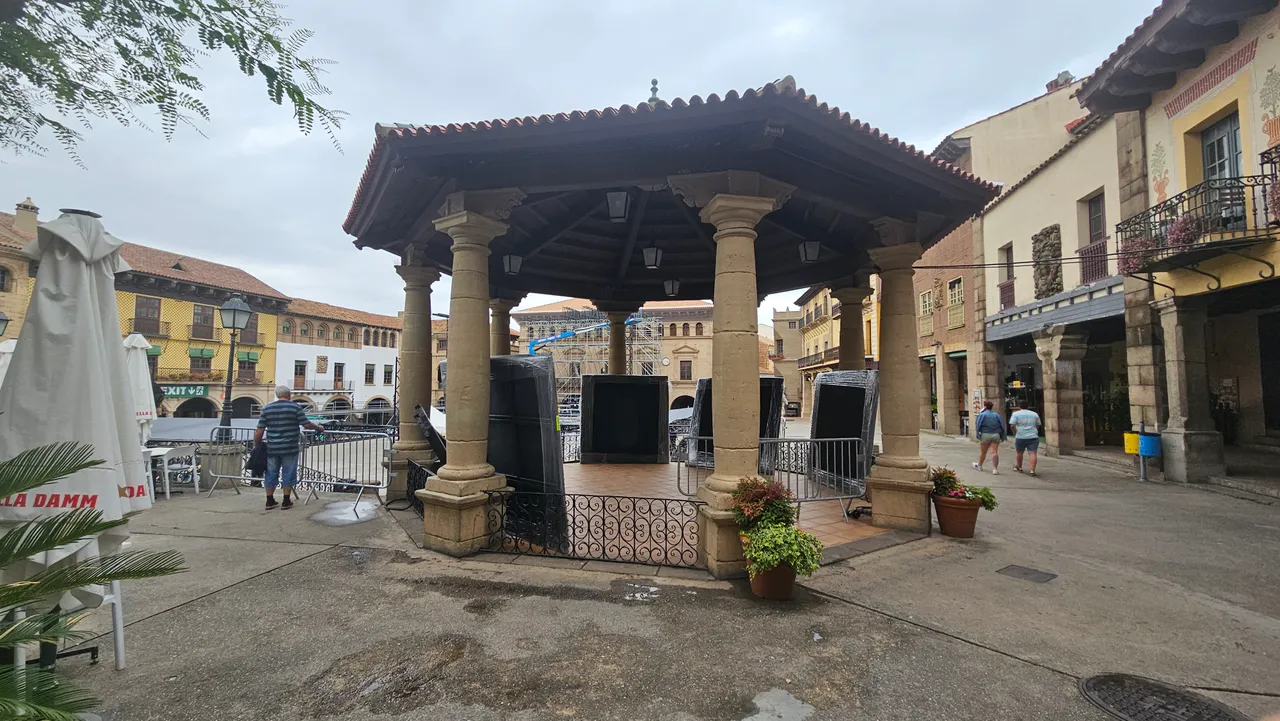
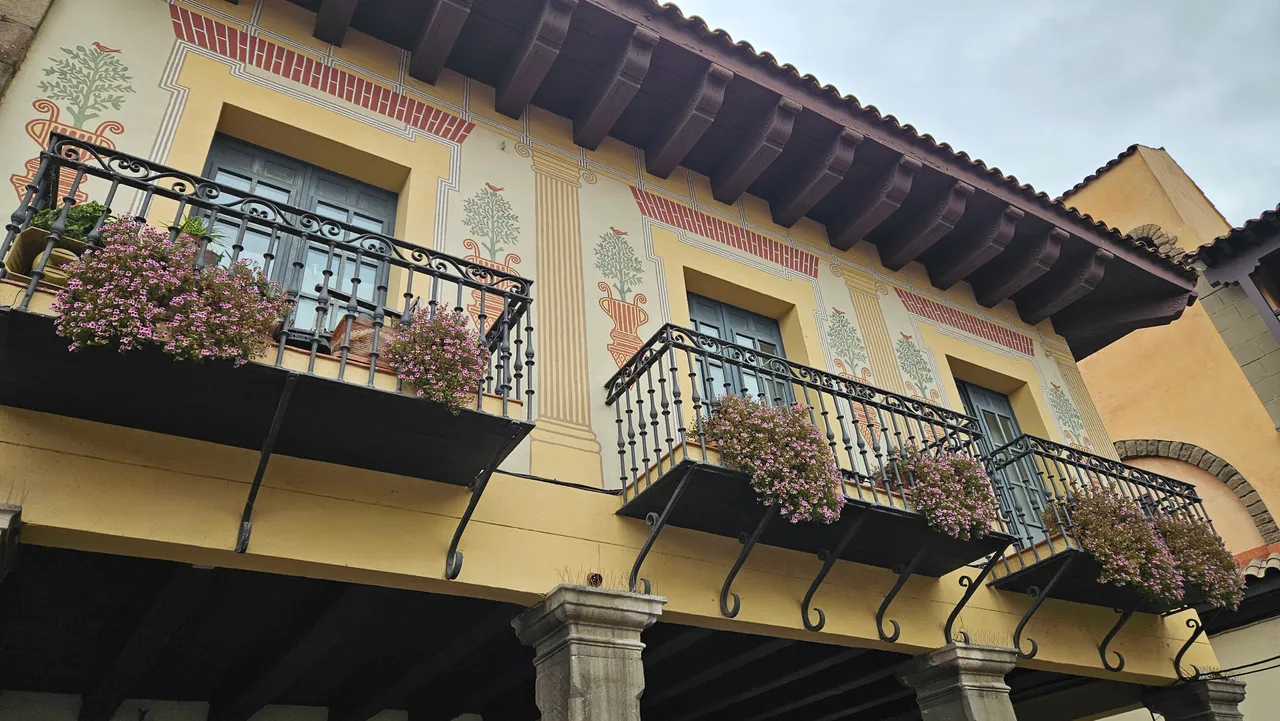
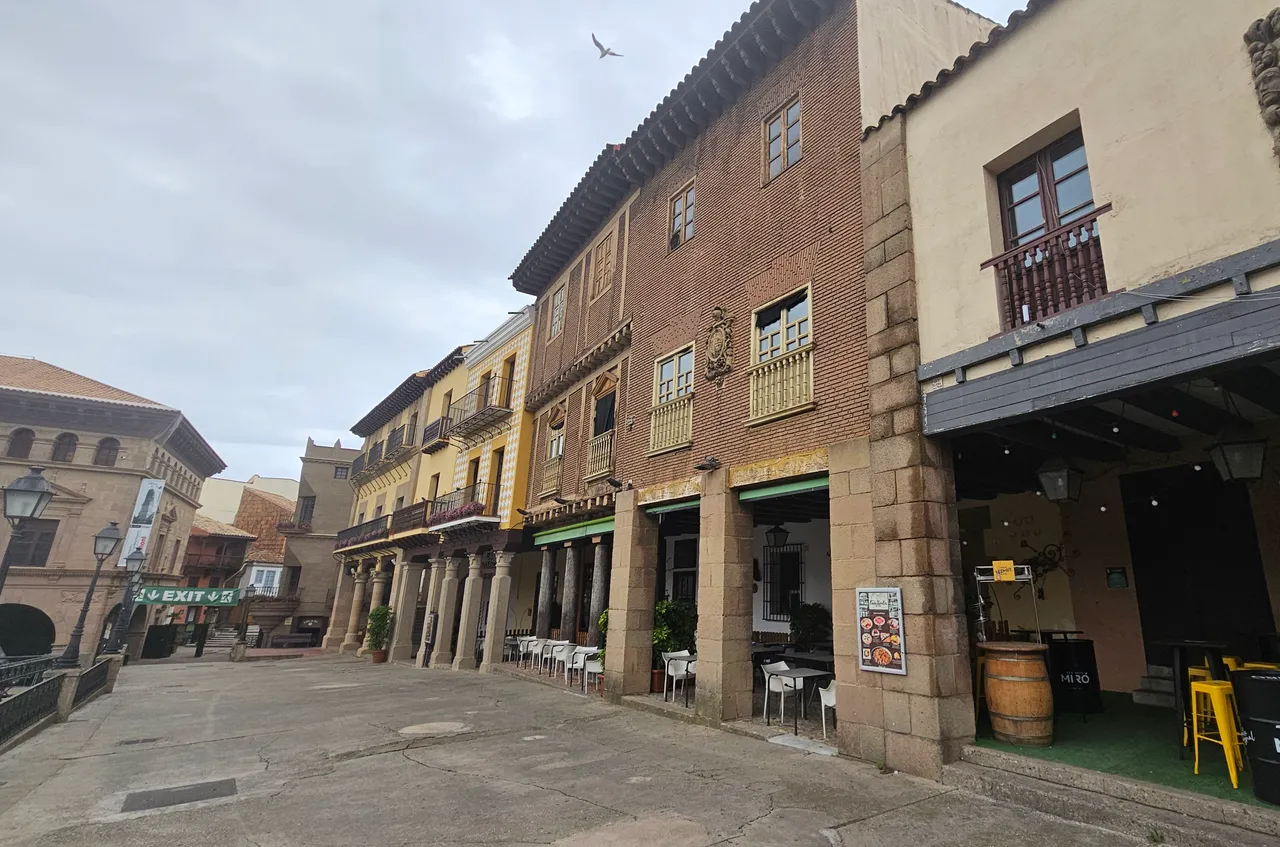
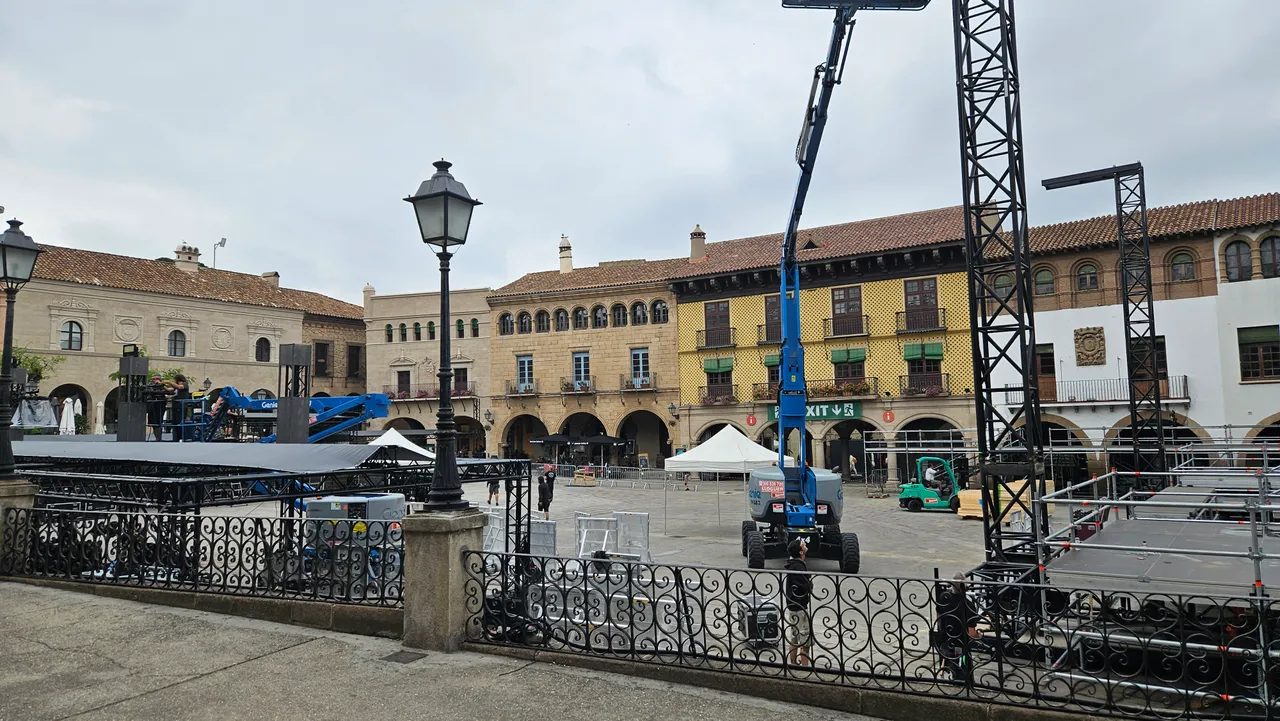
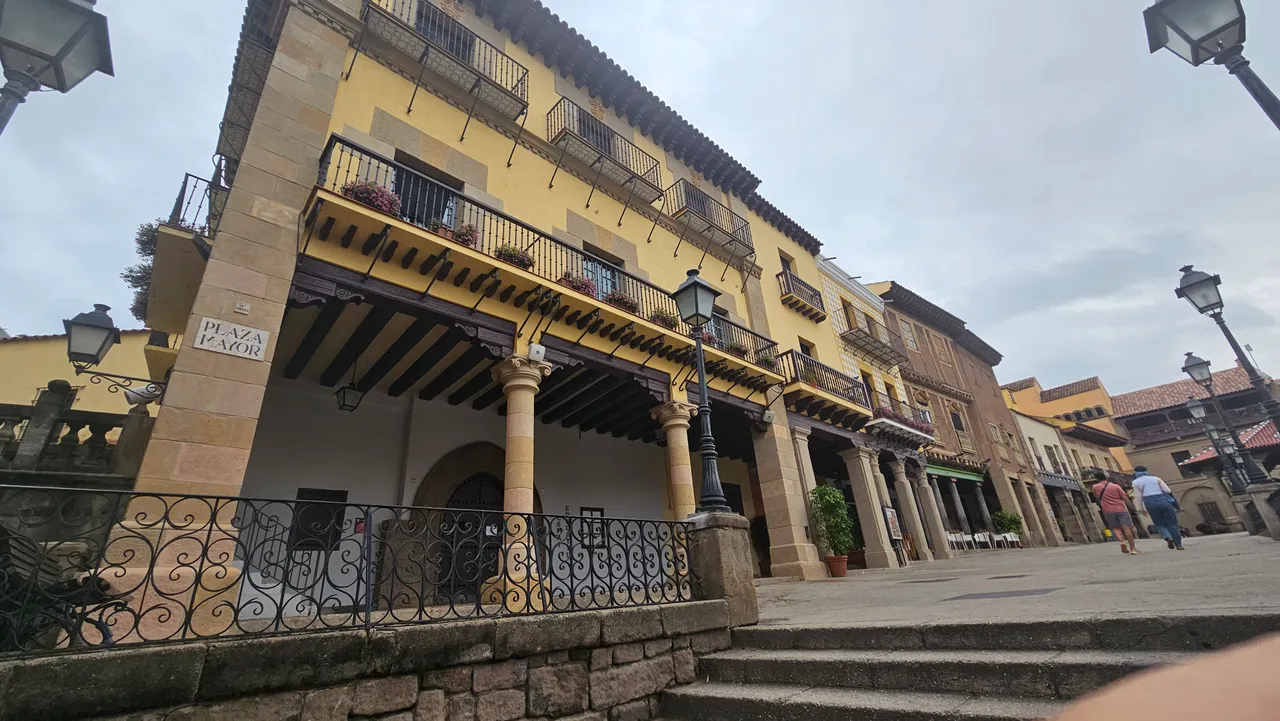
Due to the holding of a concert, the main square was under construction, the stage setup and the sound system, so we couldn't walk around it, and we also drank coffee in one of the large number of cafes with the sounds of the works, but it was certainly pleasant.
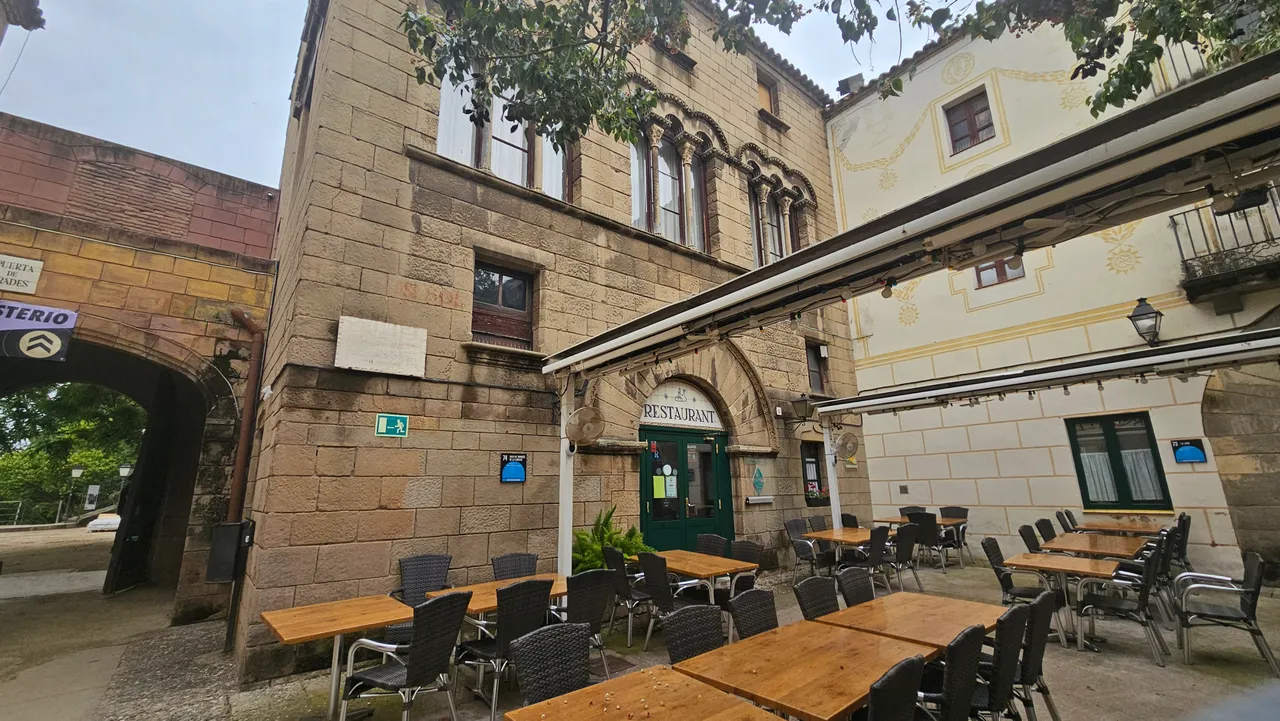
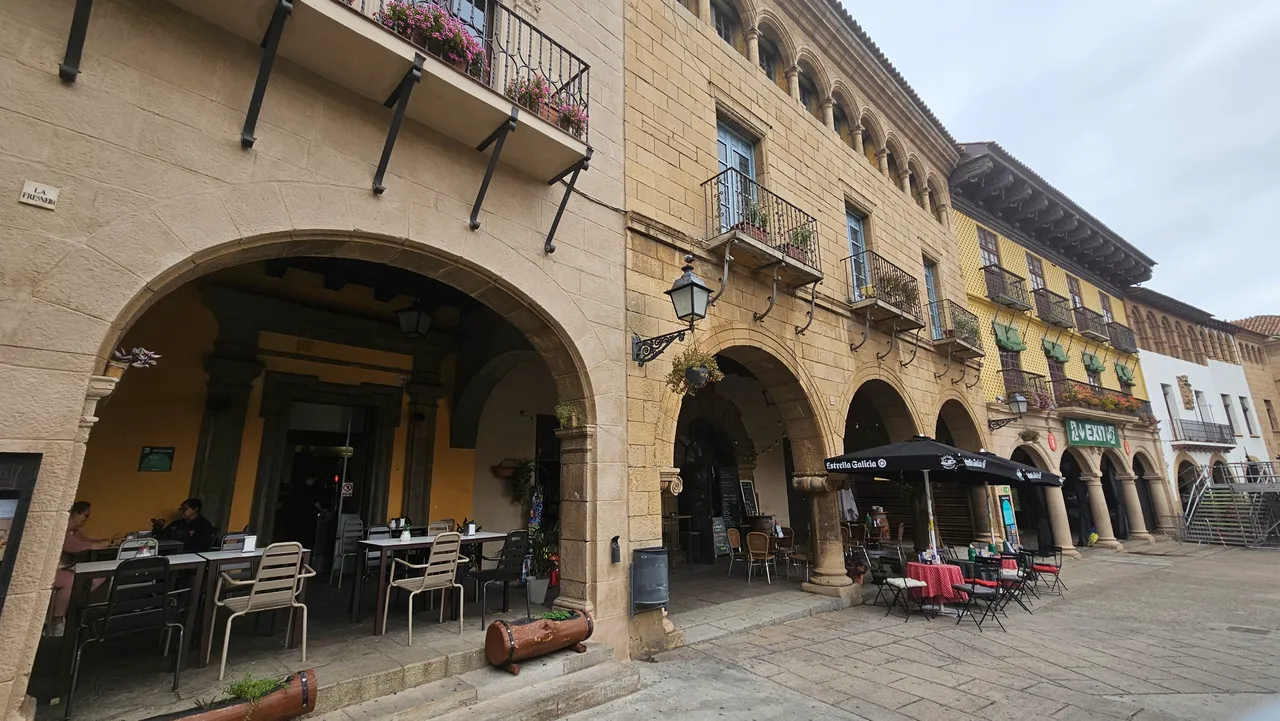
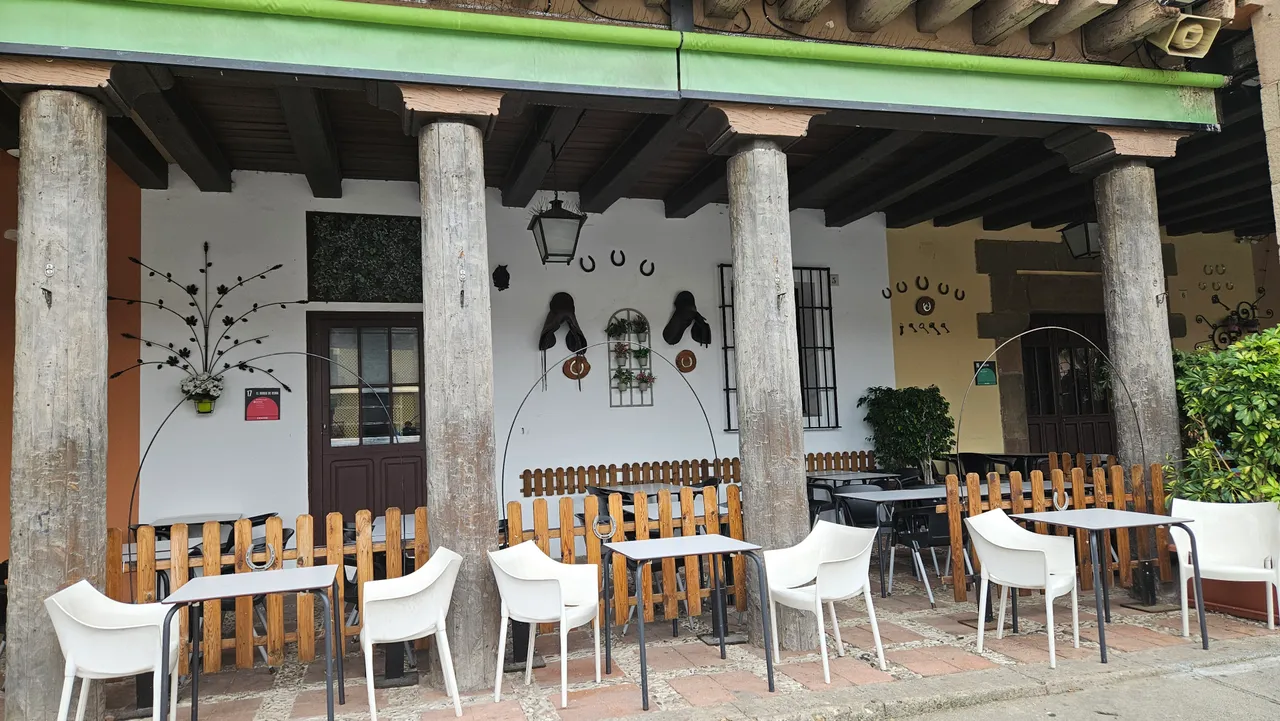
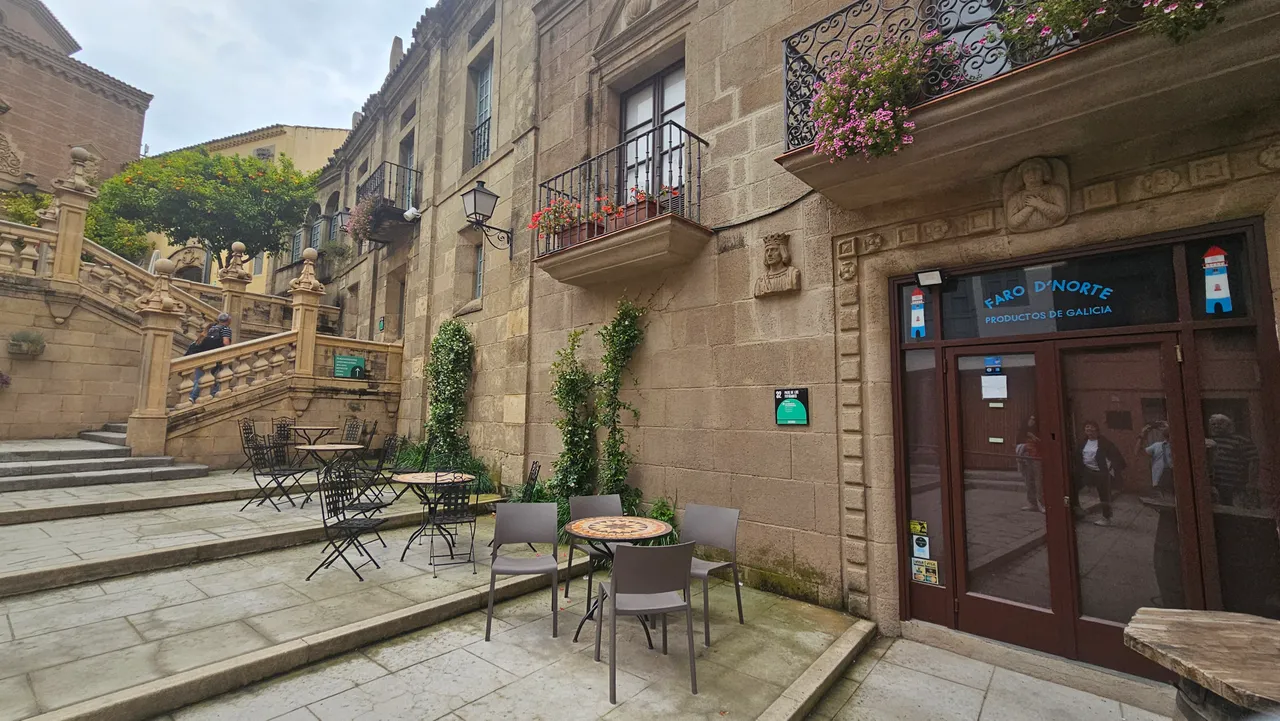
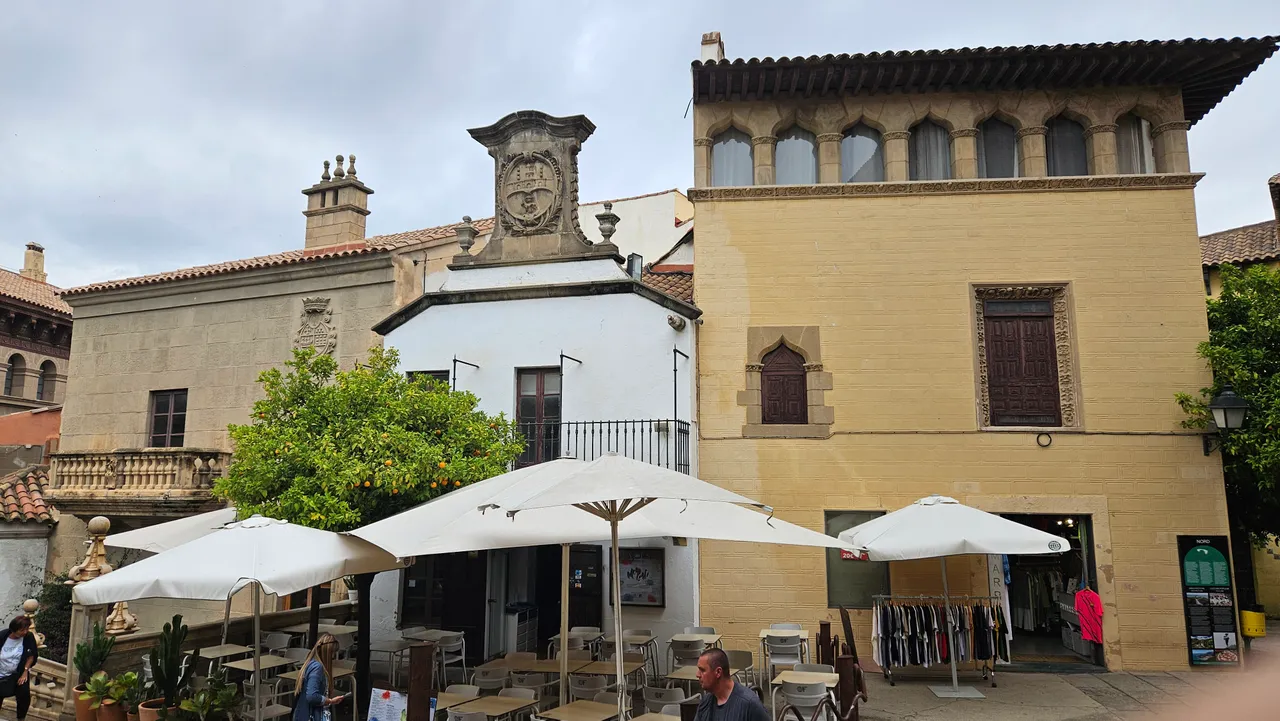
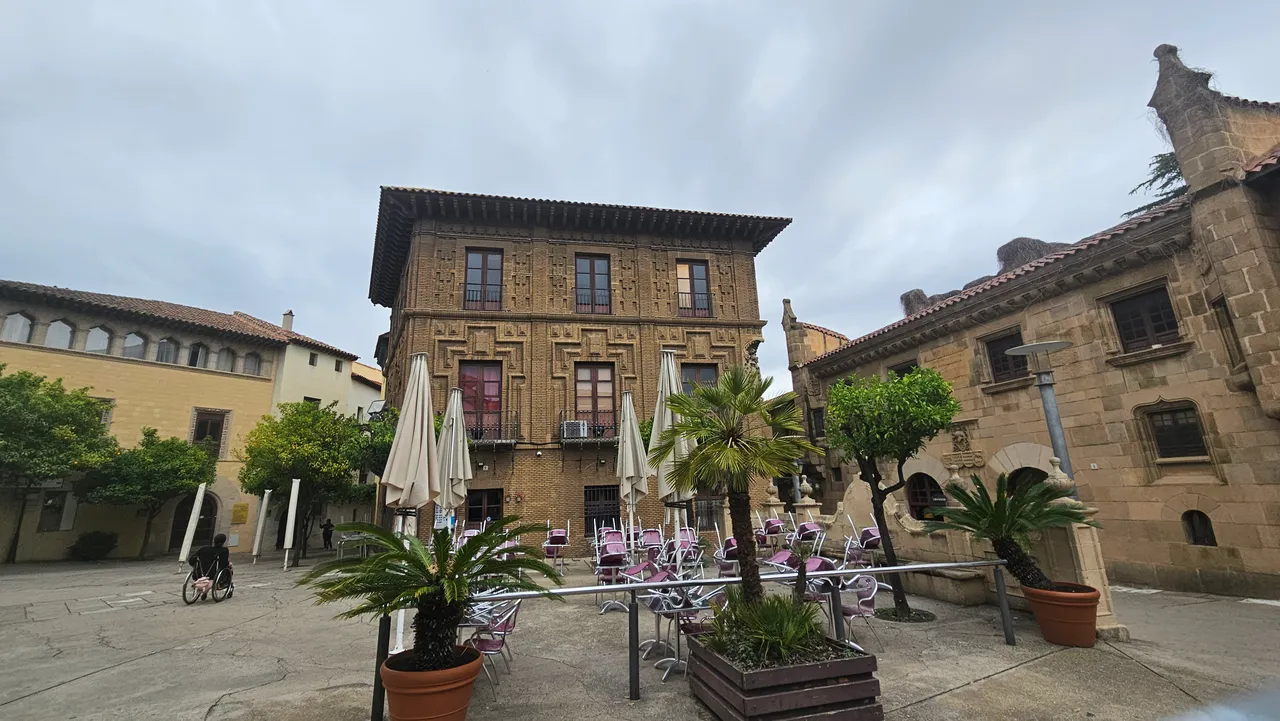
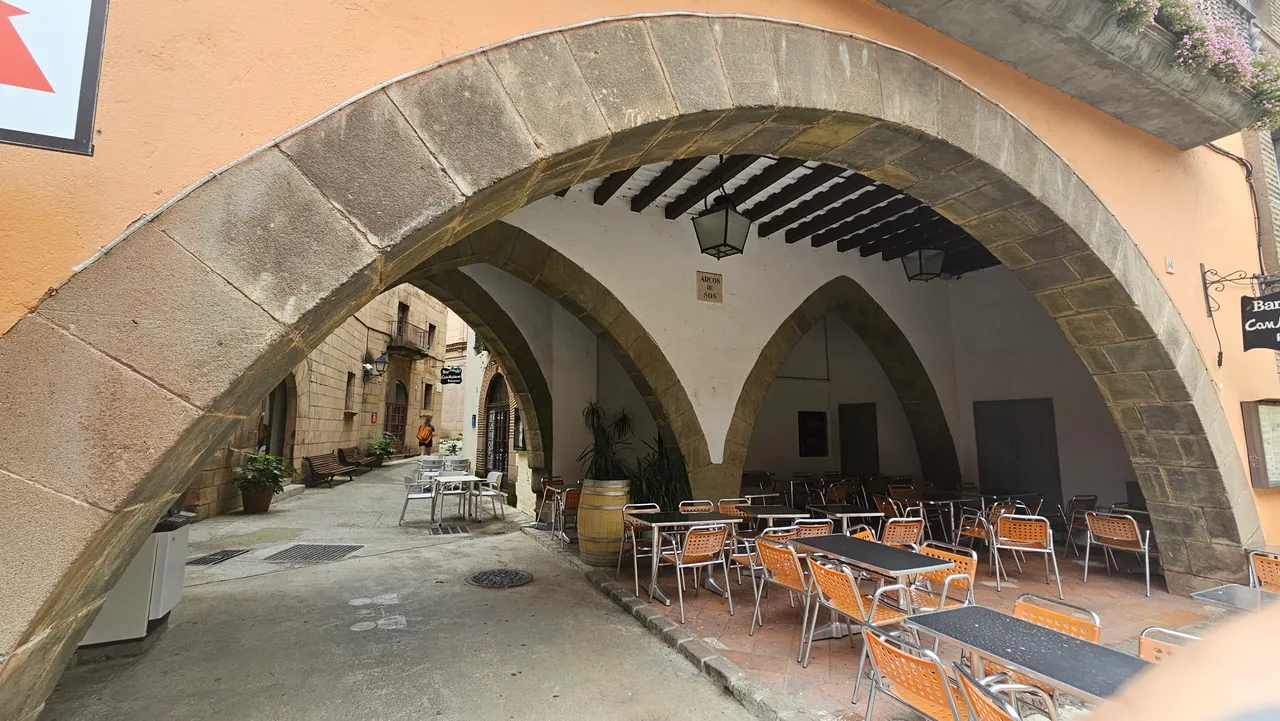
At every step you will come across interesting details. Handrails down the street, blinds on the door to knock on, pots on the walls, fountains...
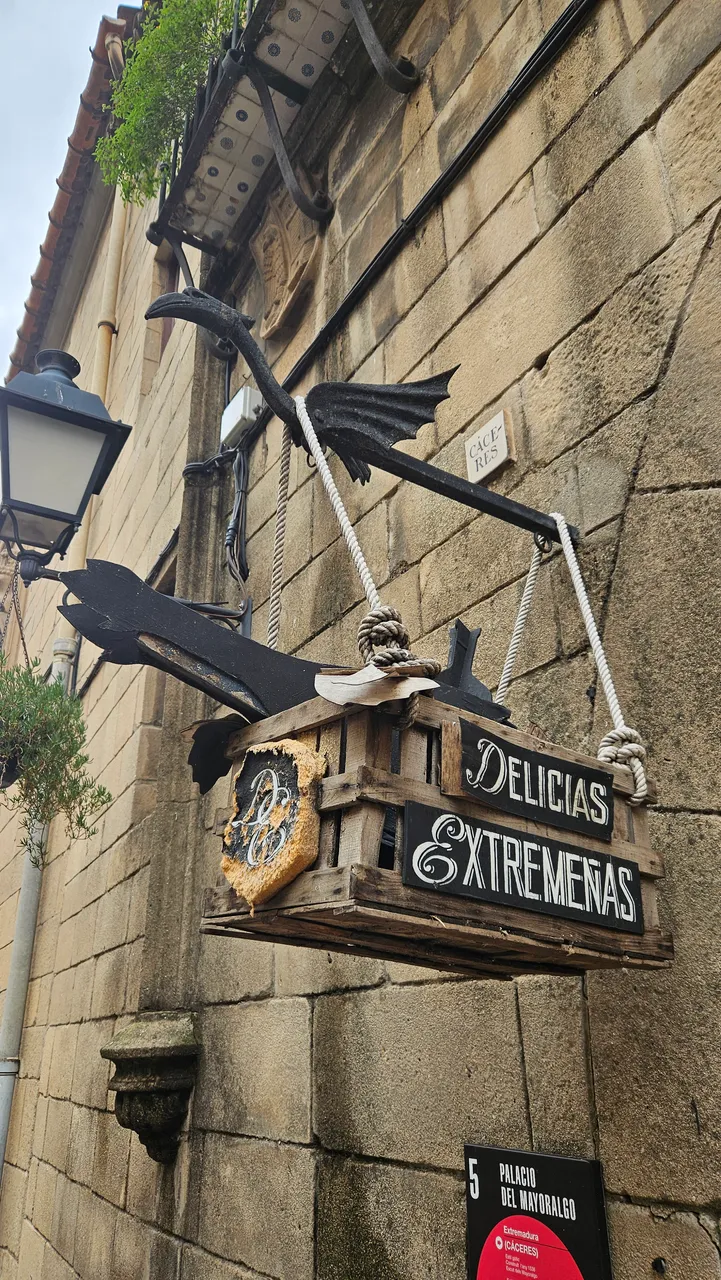
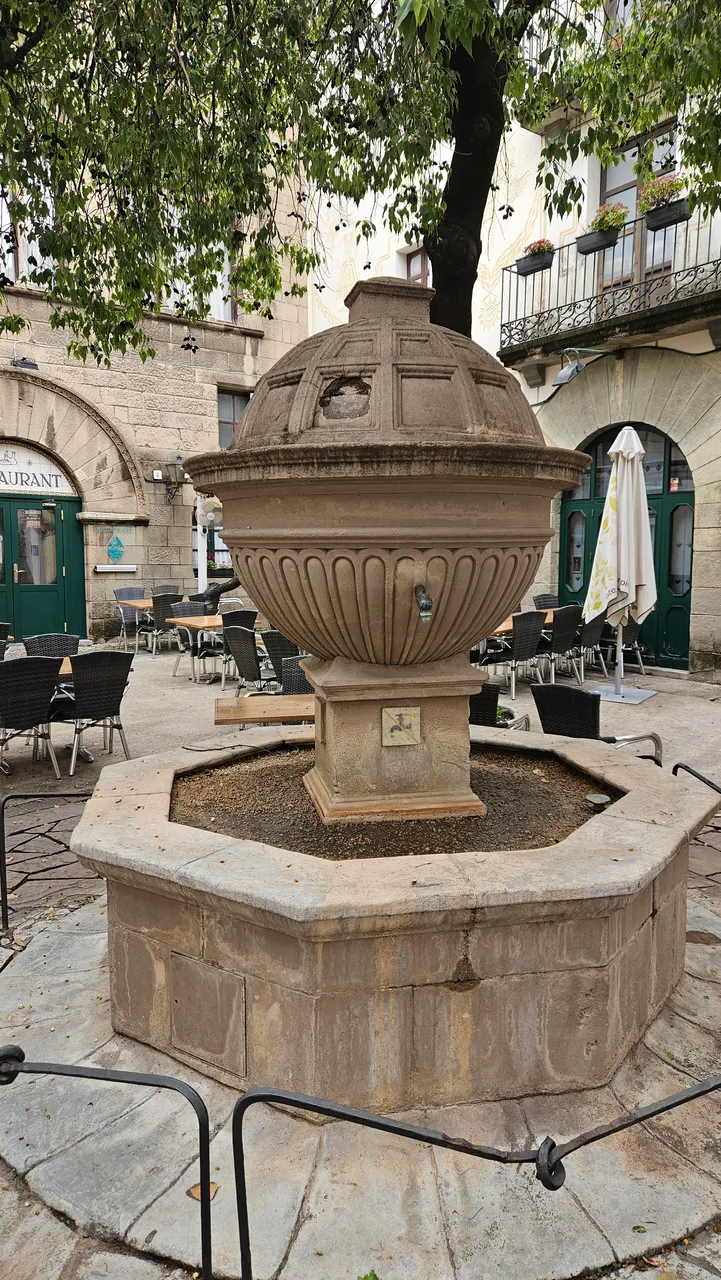
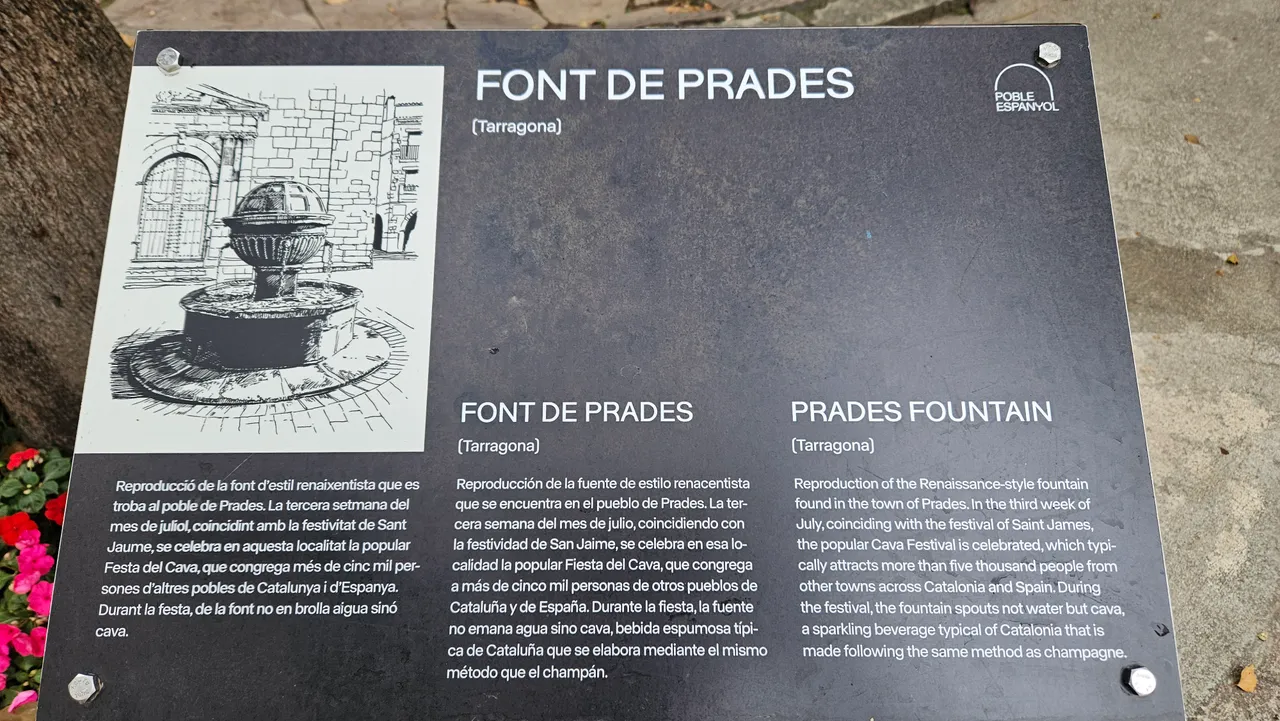
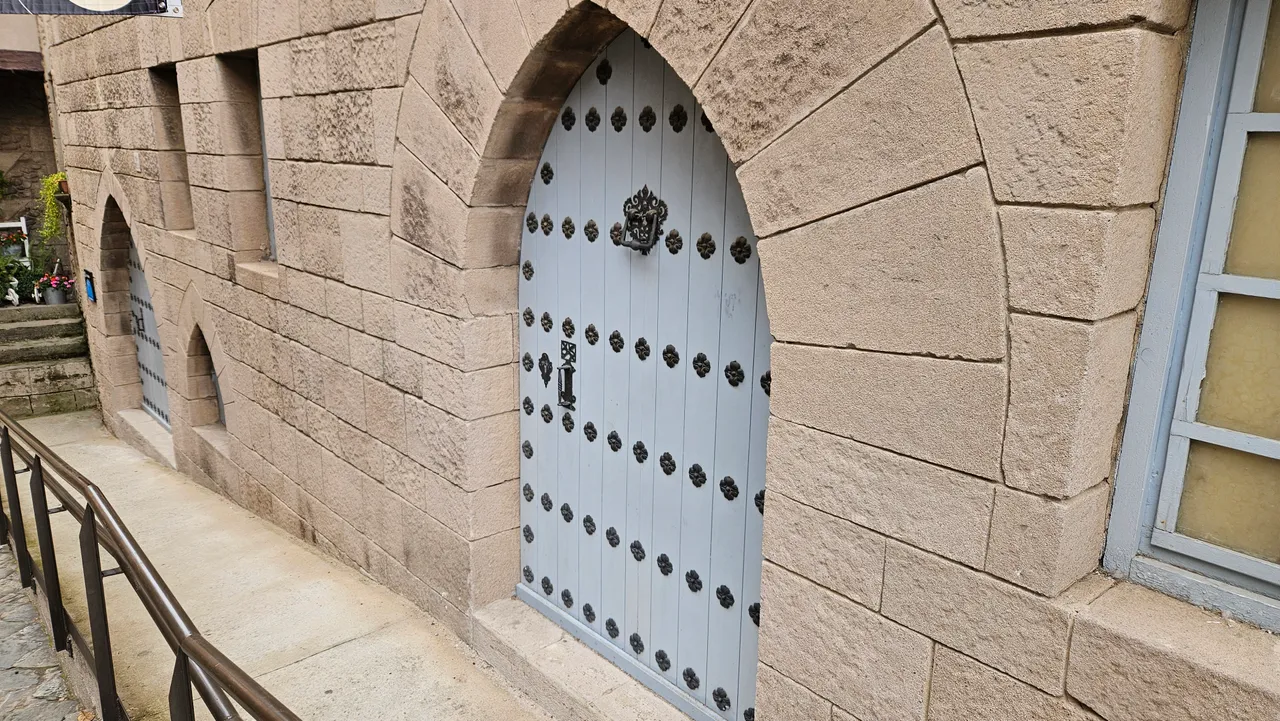

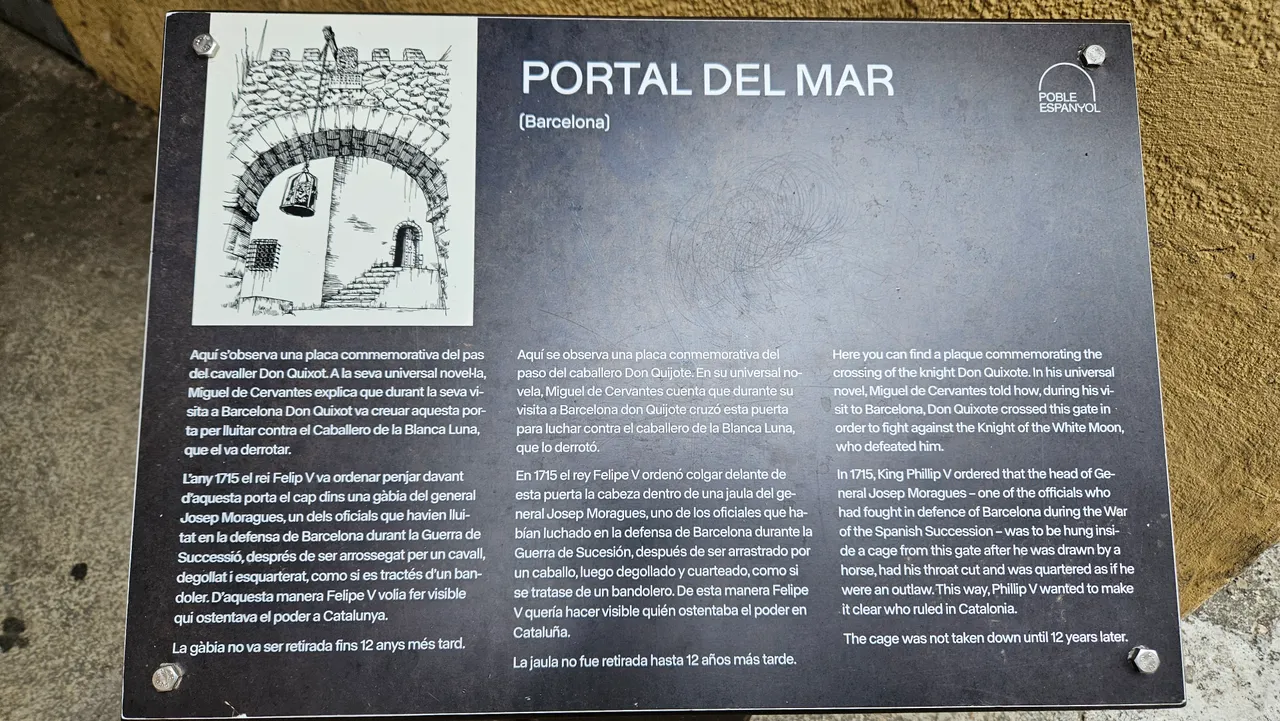
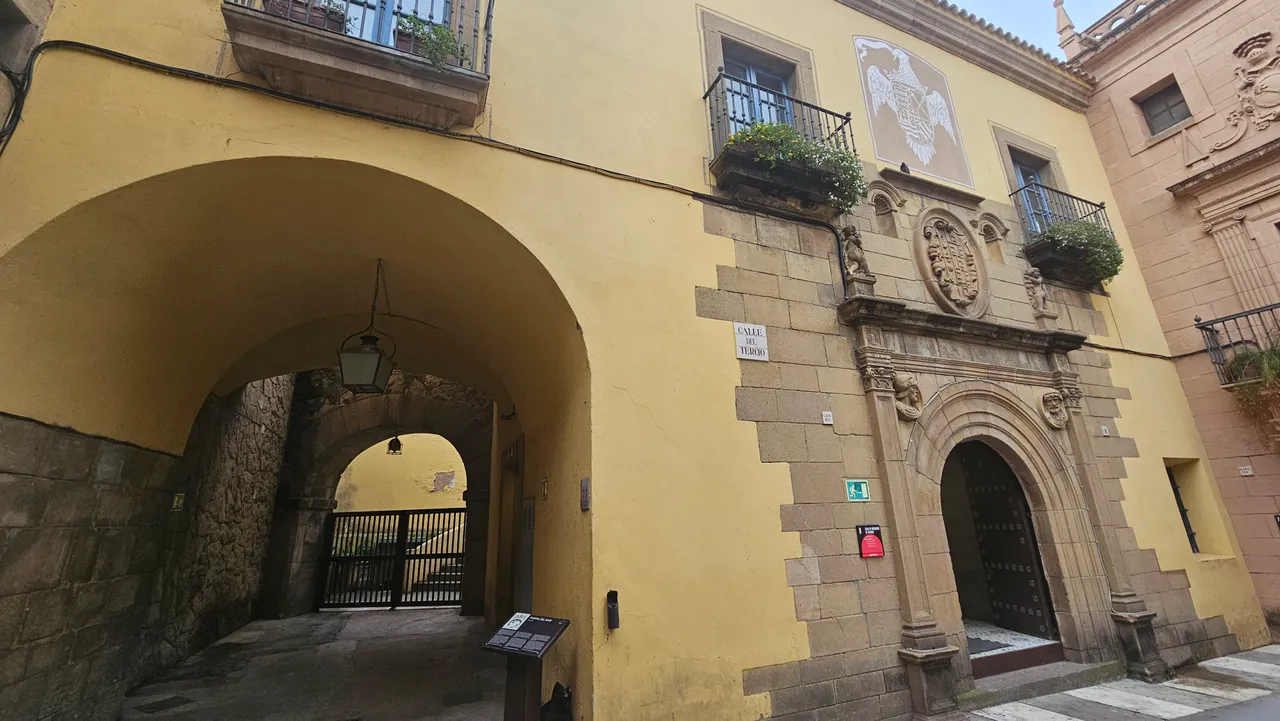
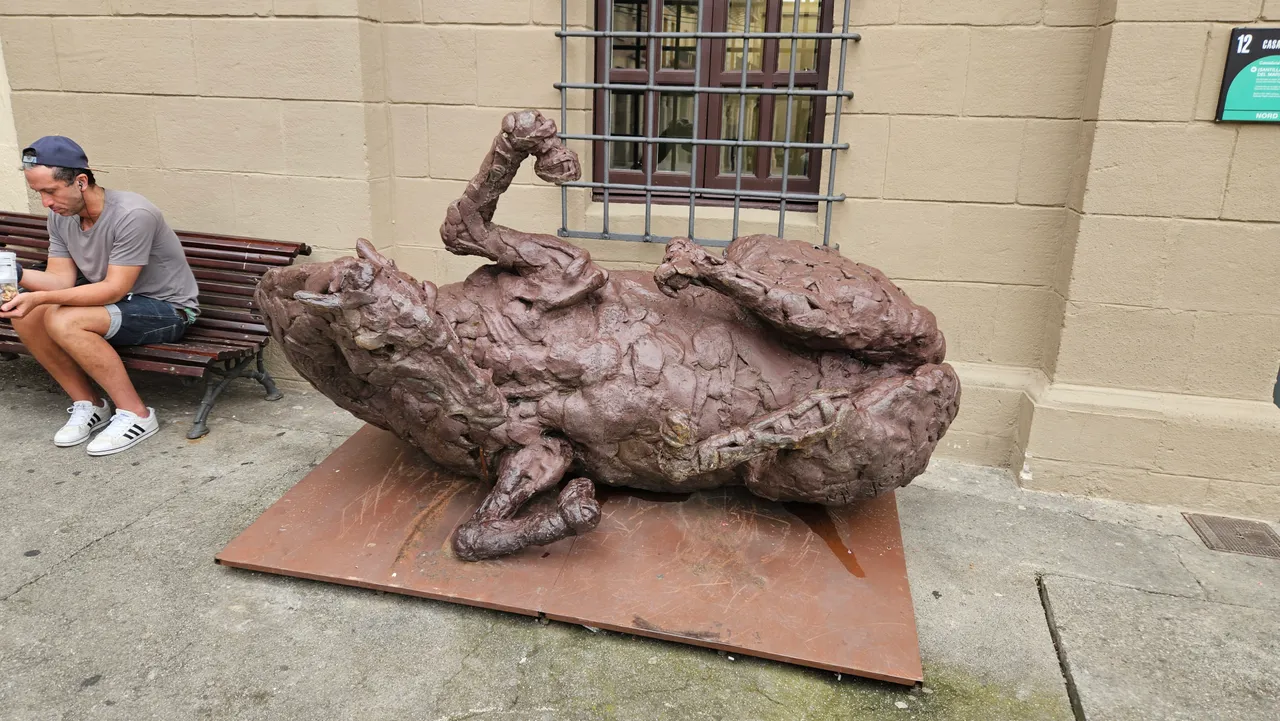
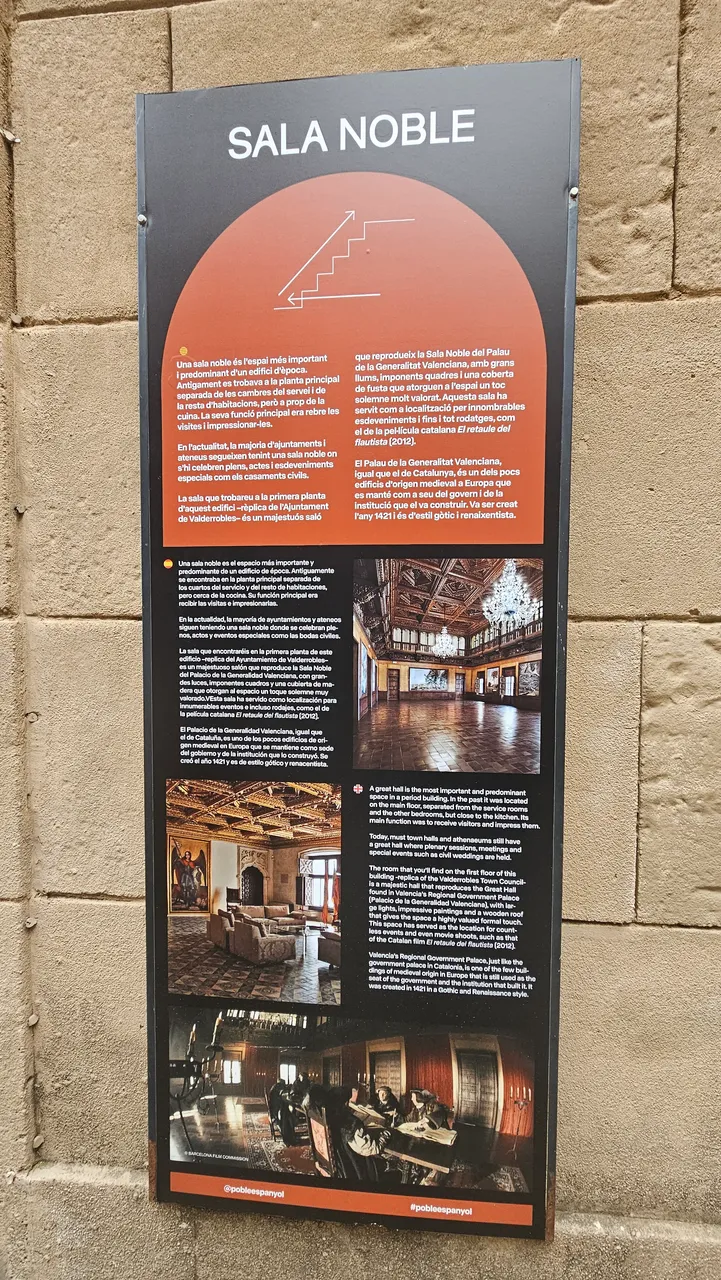
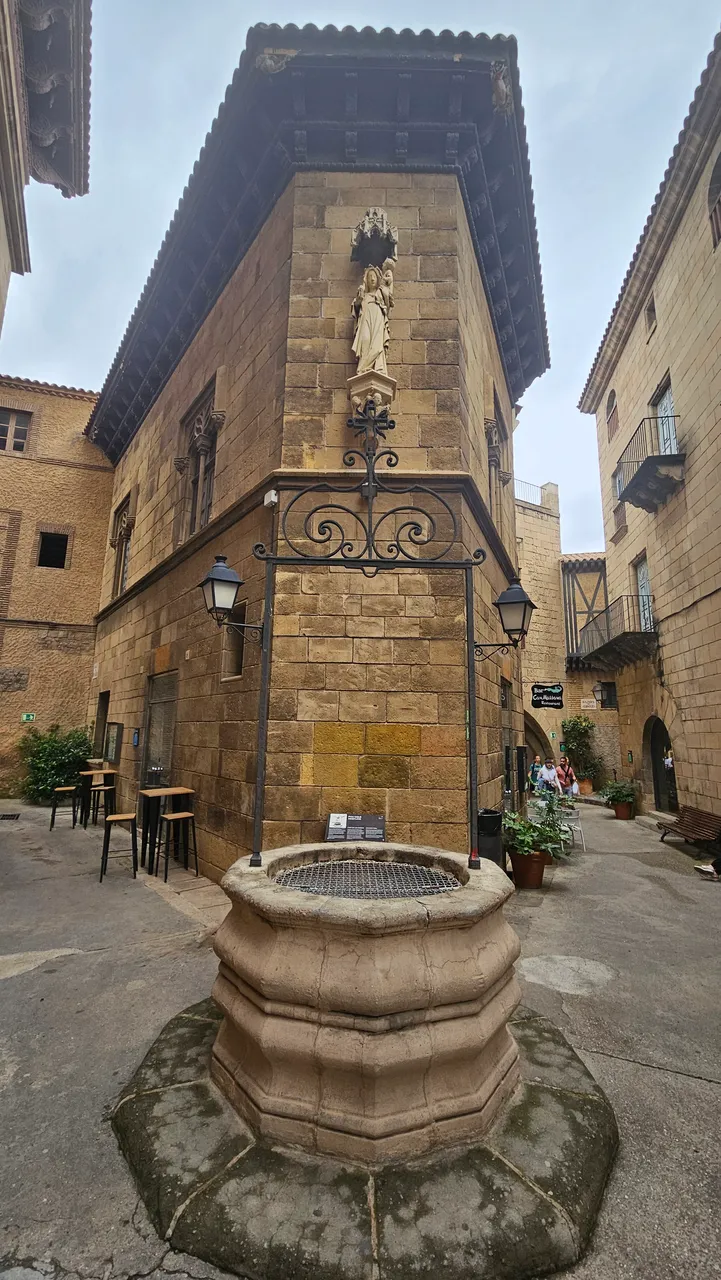
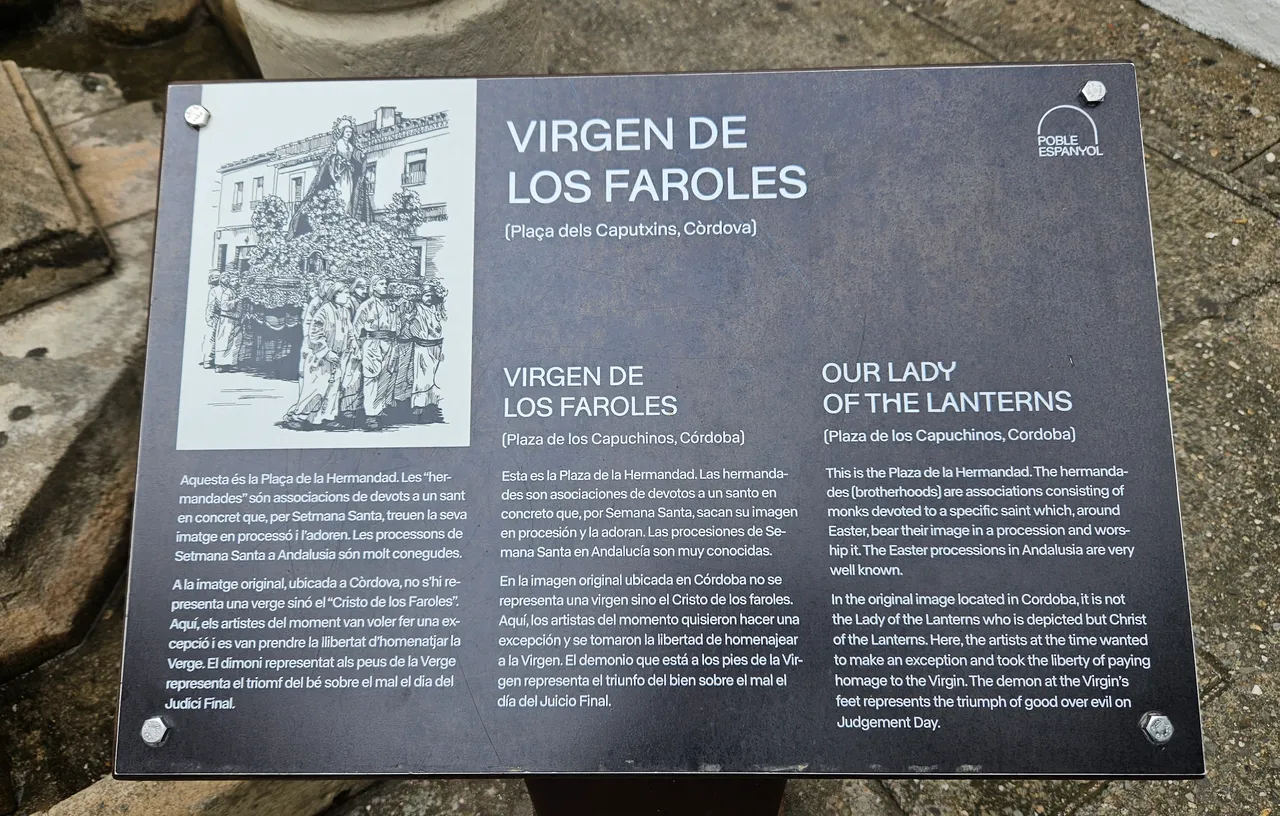
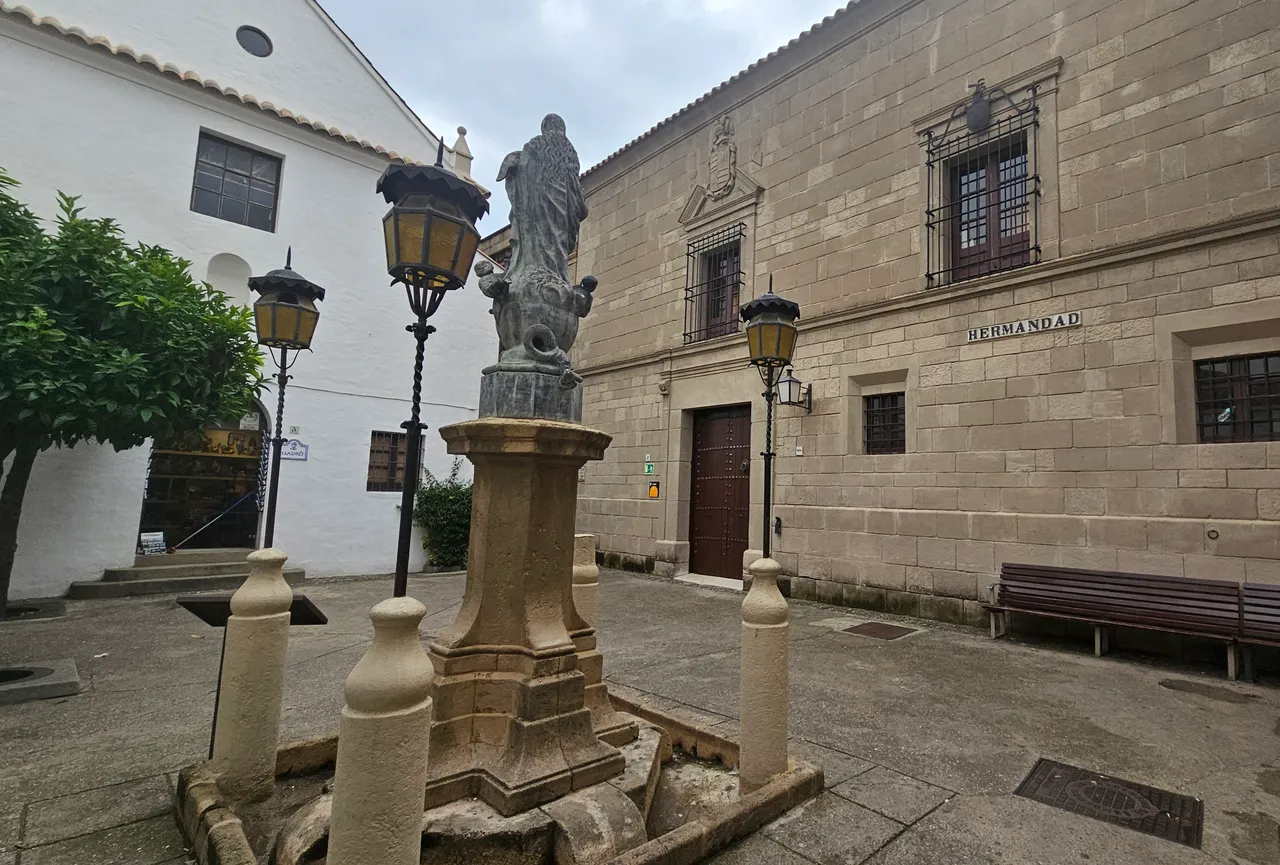
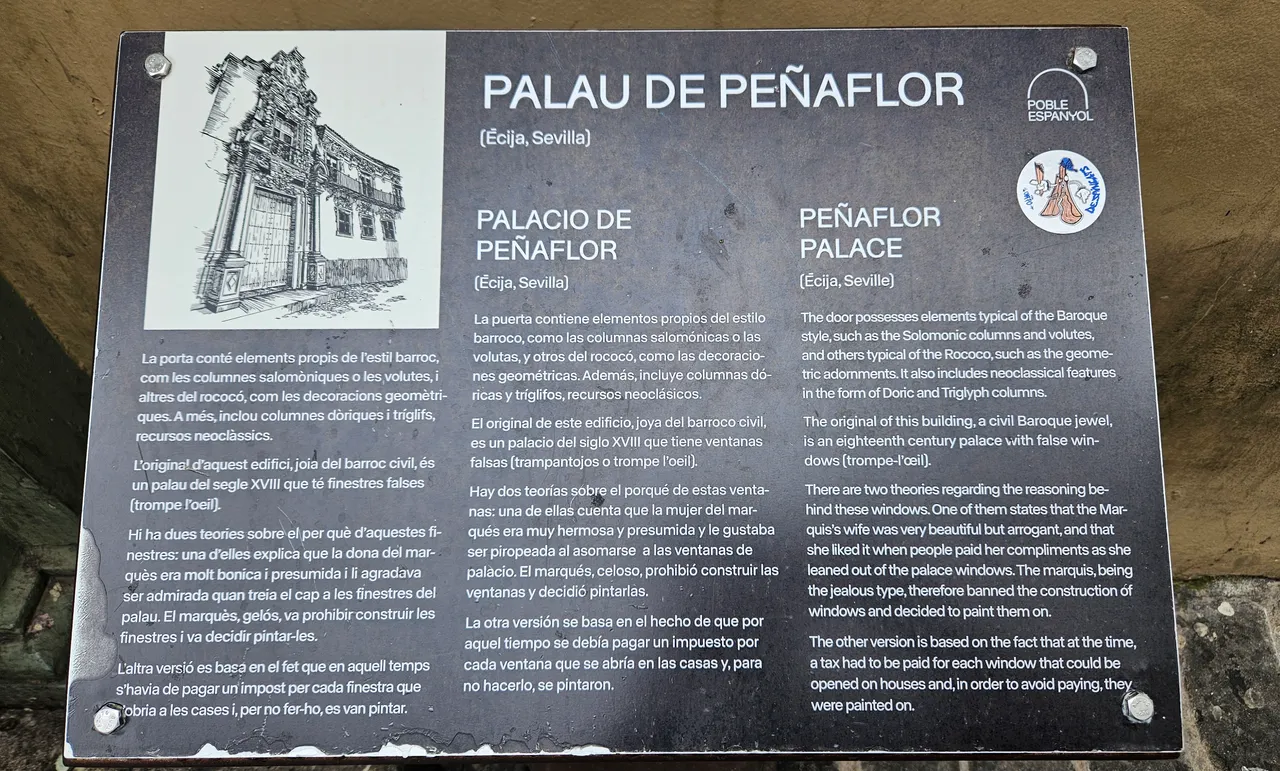
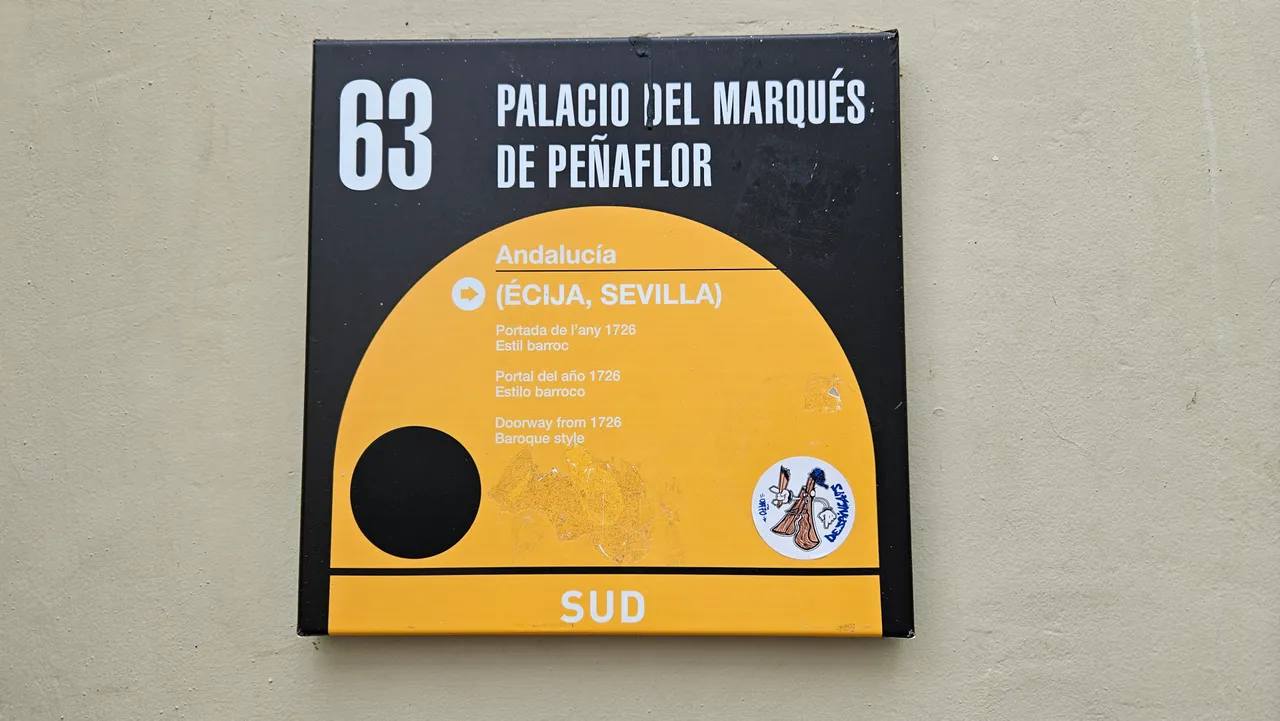
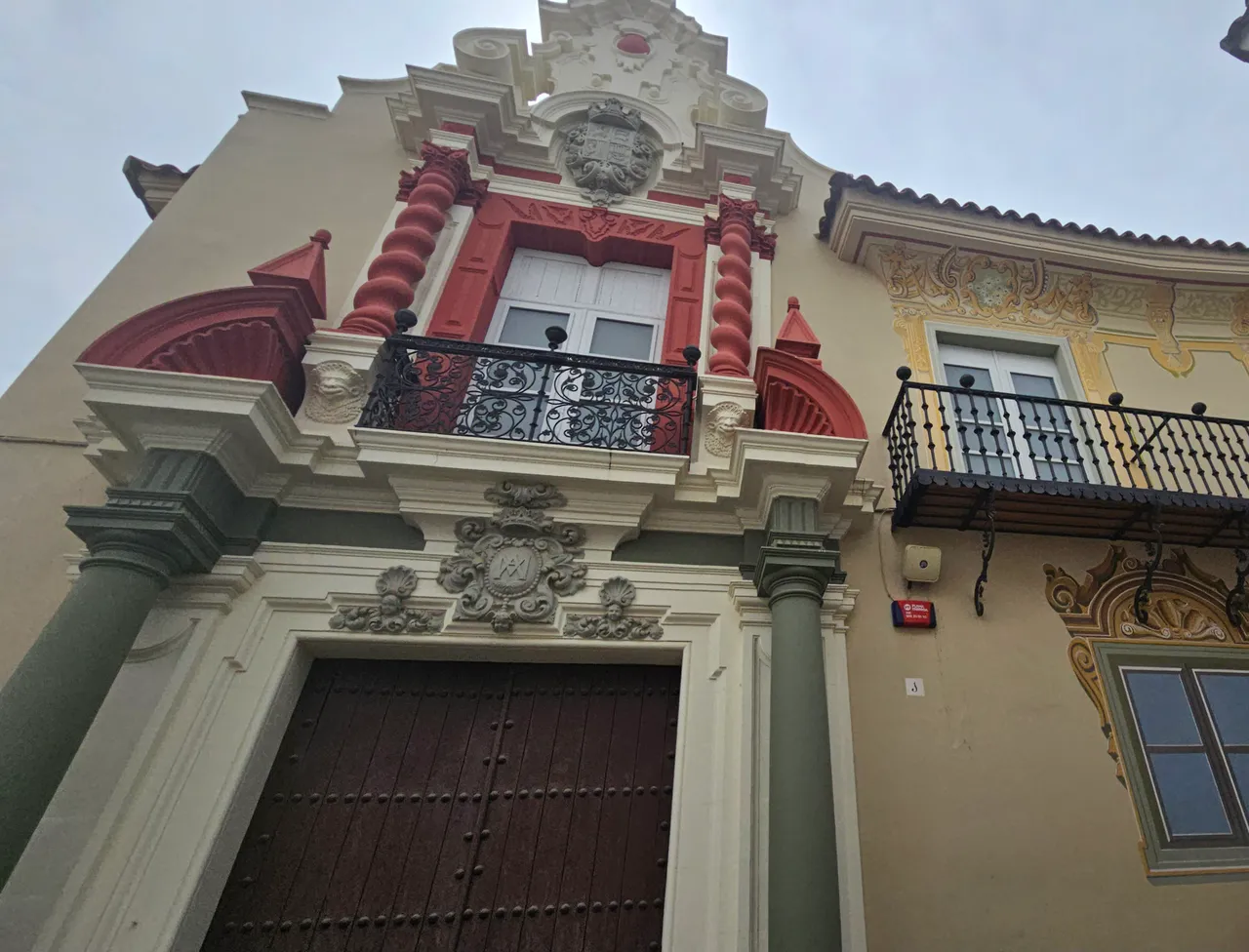
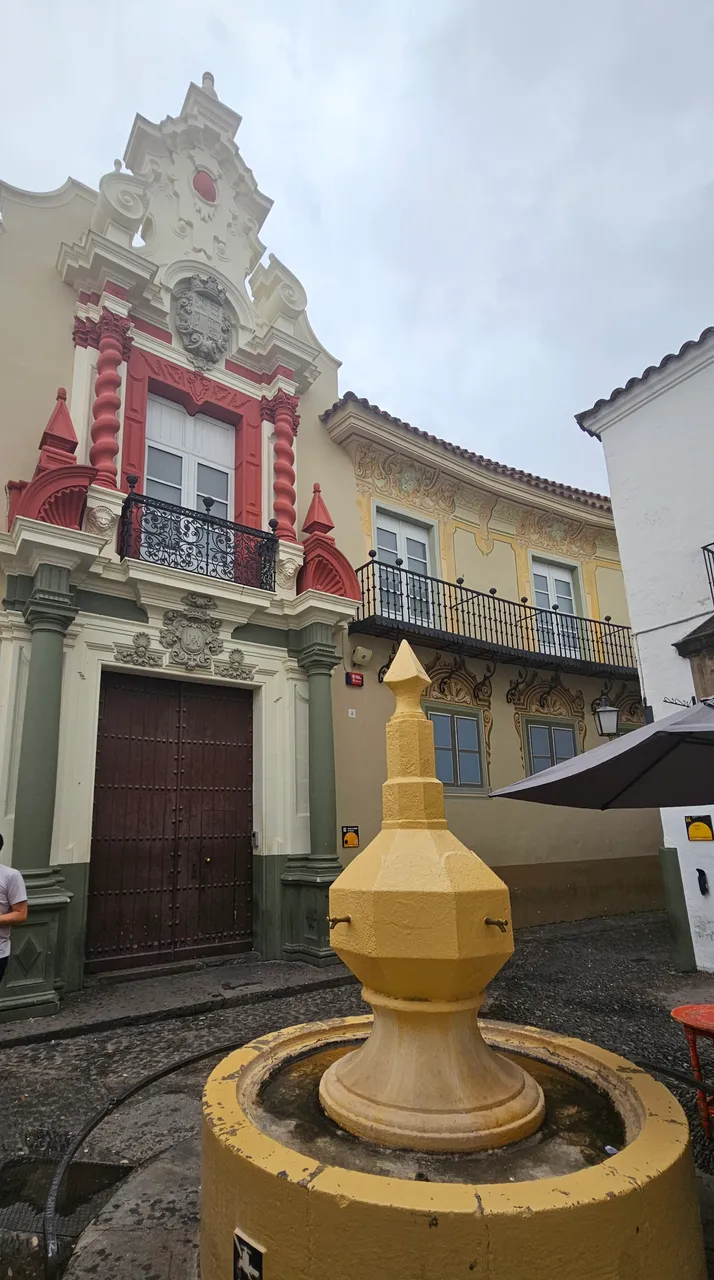

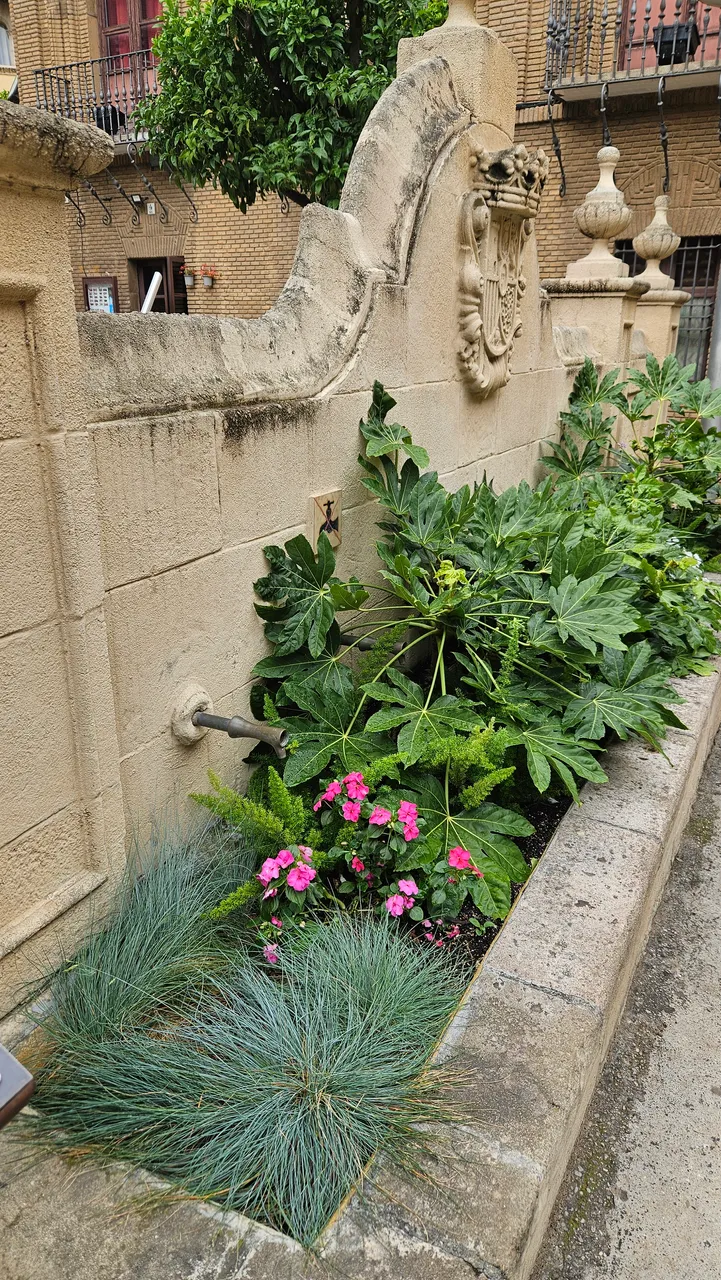
Since we didn't strictly follow the directions and movement instructions, it happened that, in order to see all the available parts, we got lost several times and saw the same attractions, so now I don't know what I photographed in which order and which building is from which zone.

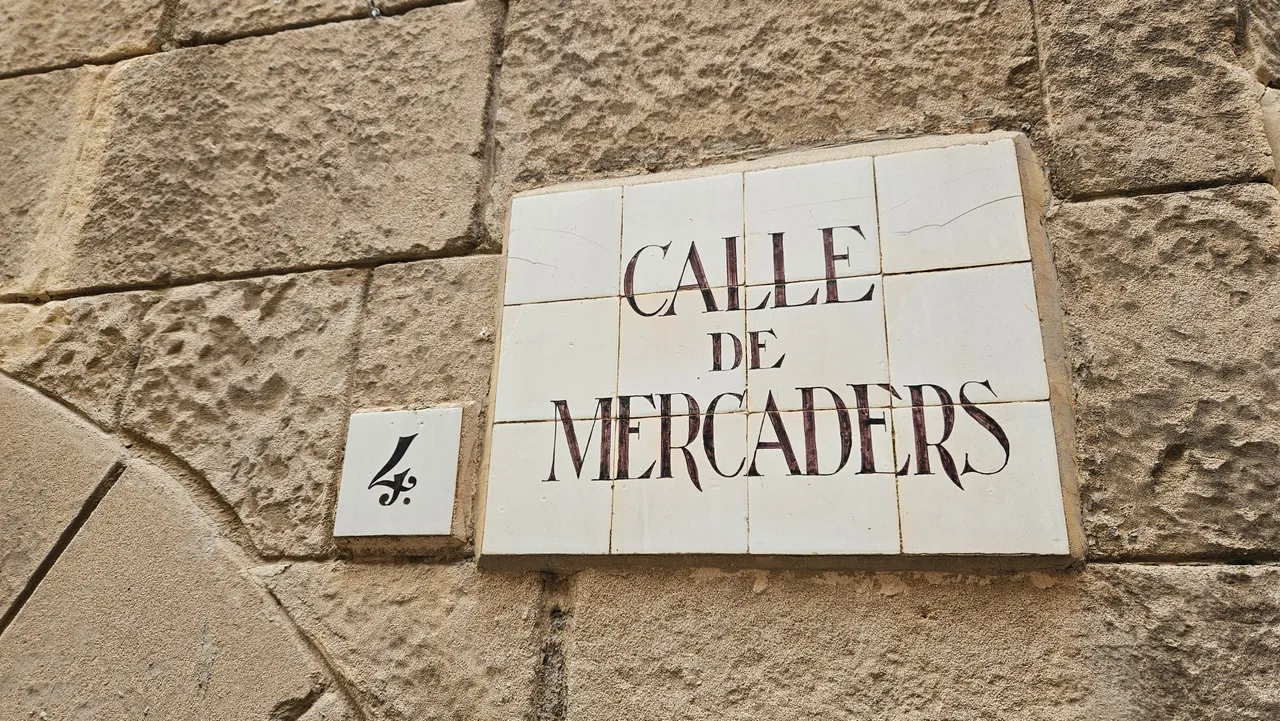
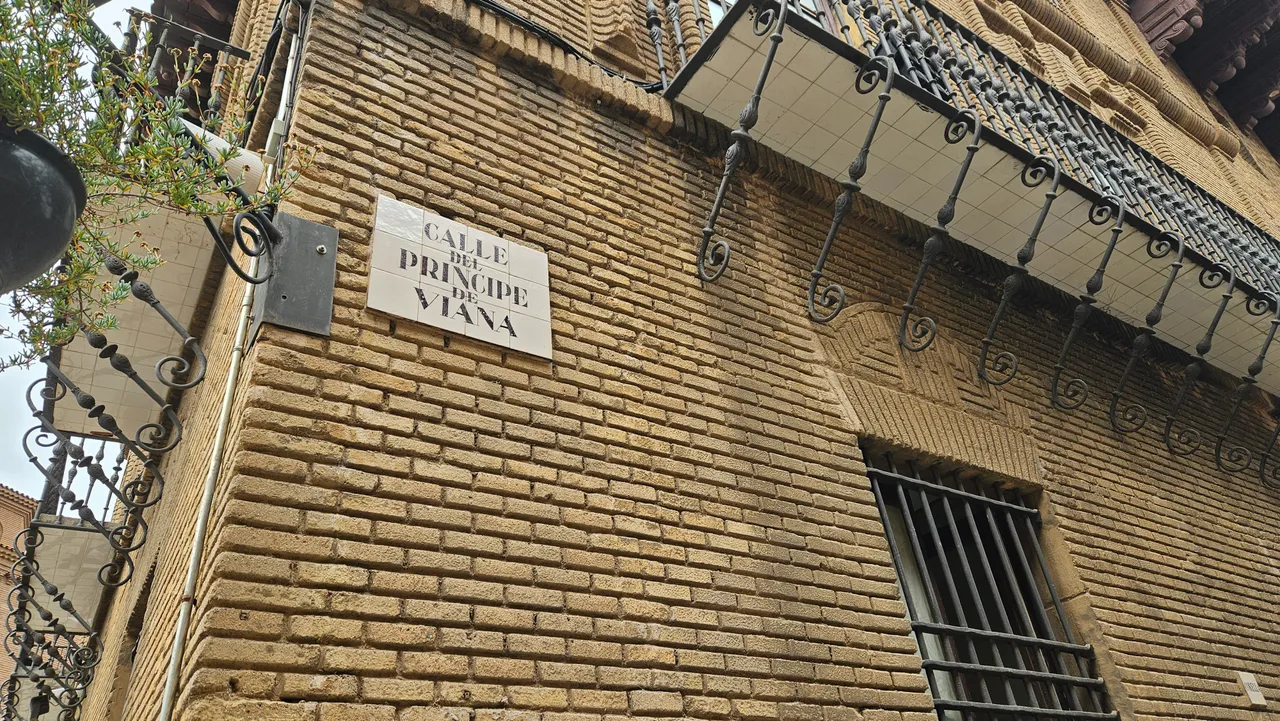

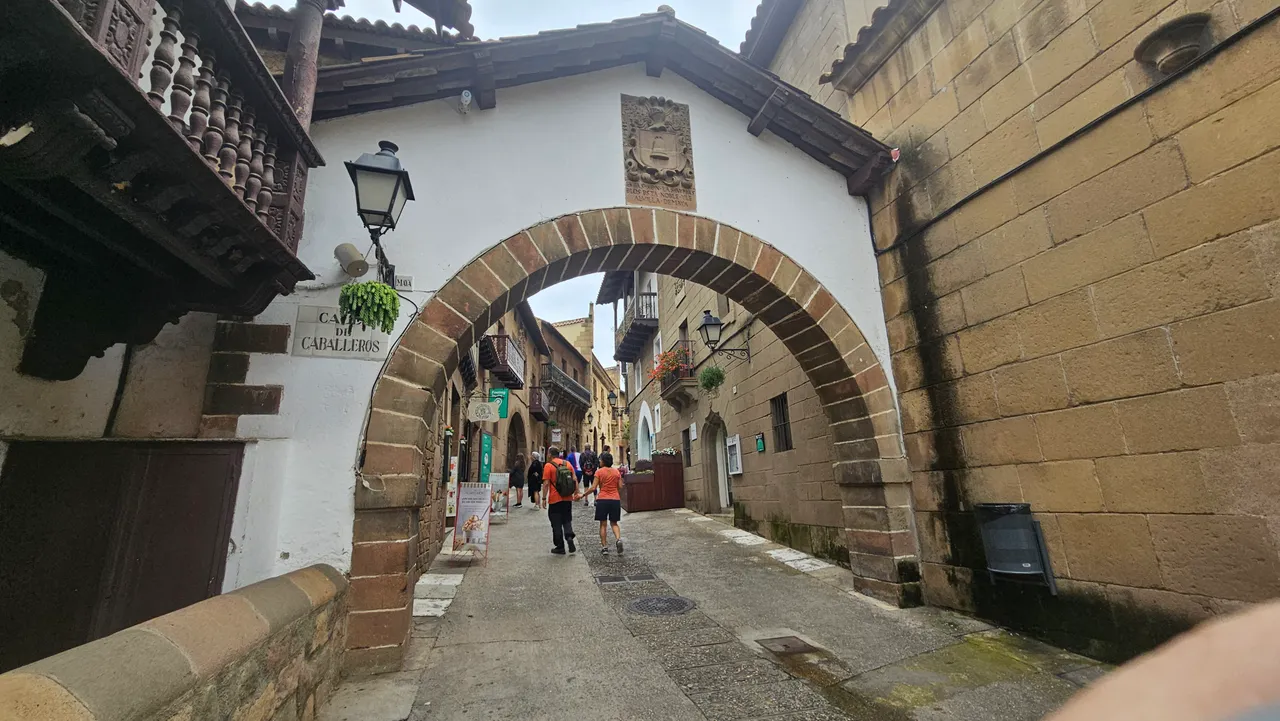
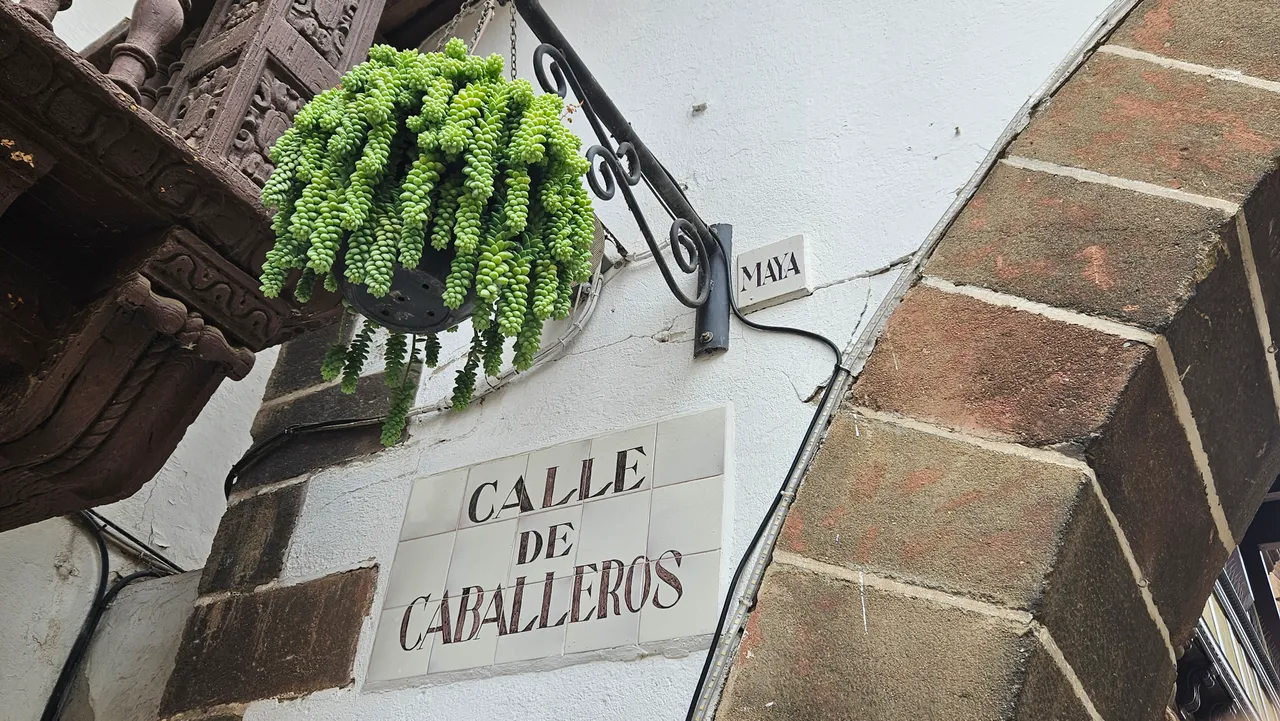
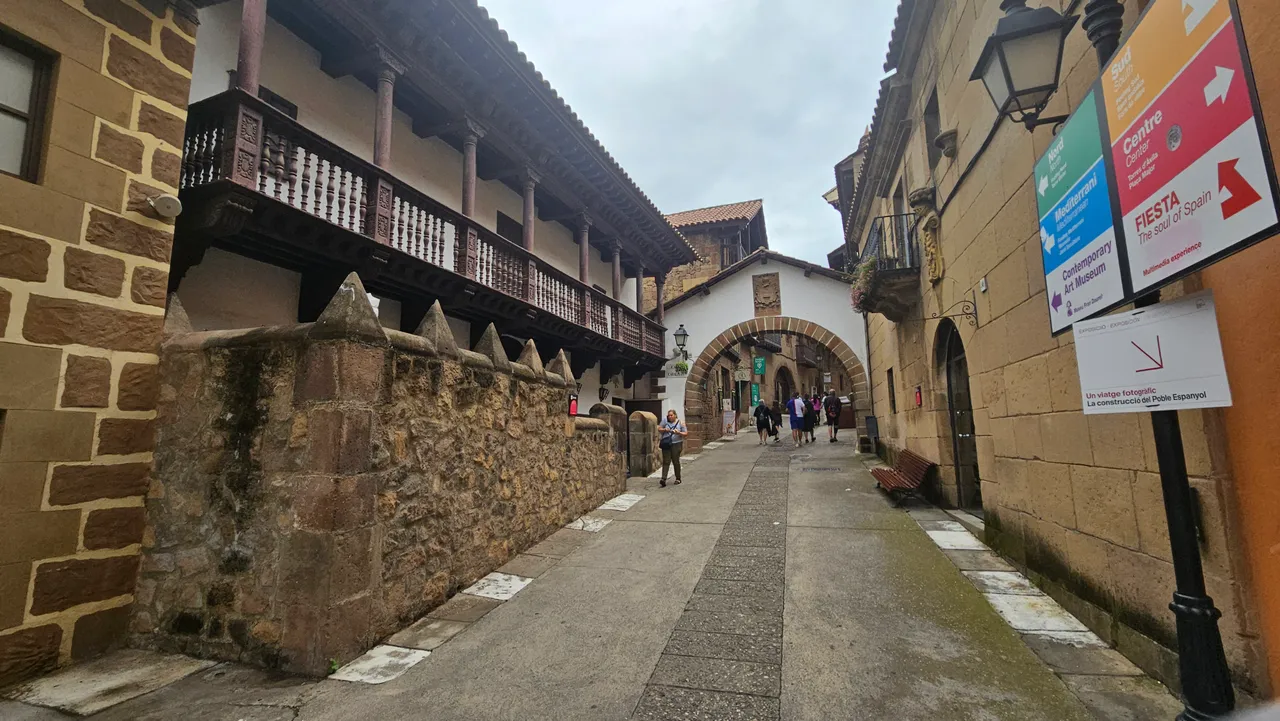
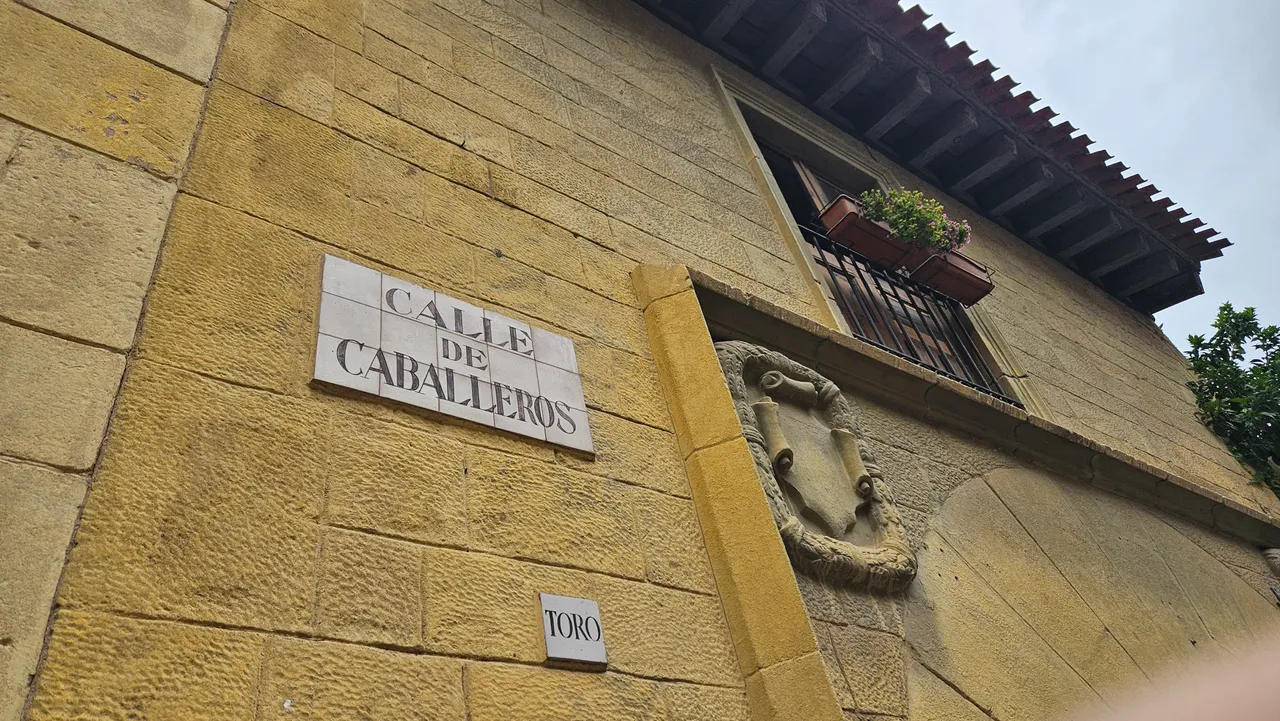
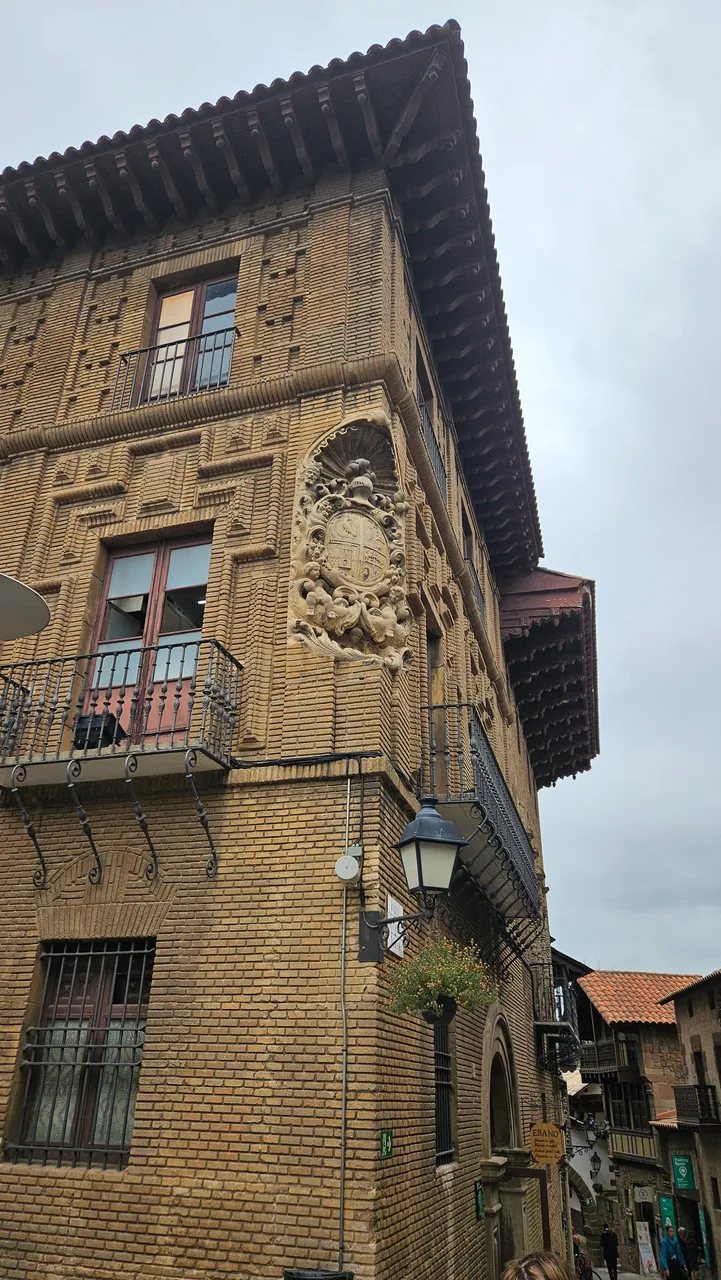
Maybe a Spaniard from the Hive will recognize some style in the wrong order, I apologize in advance 🙂.
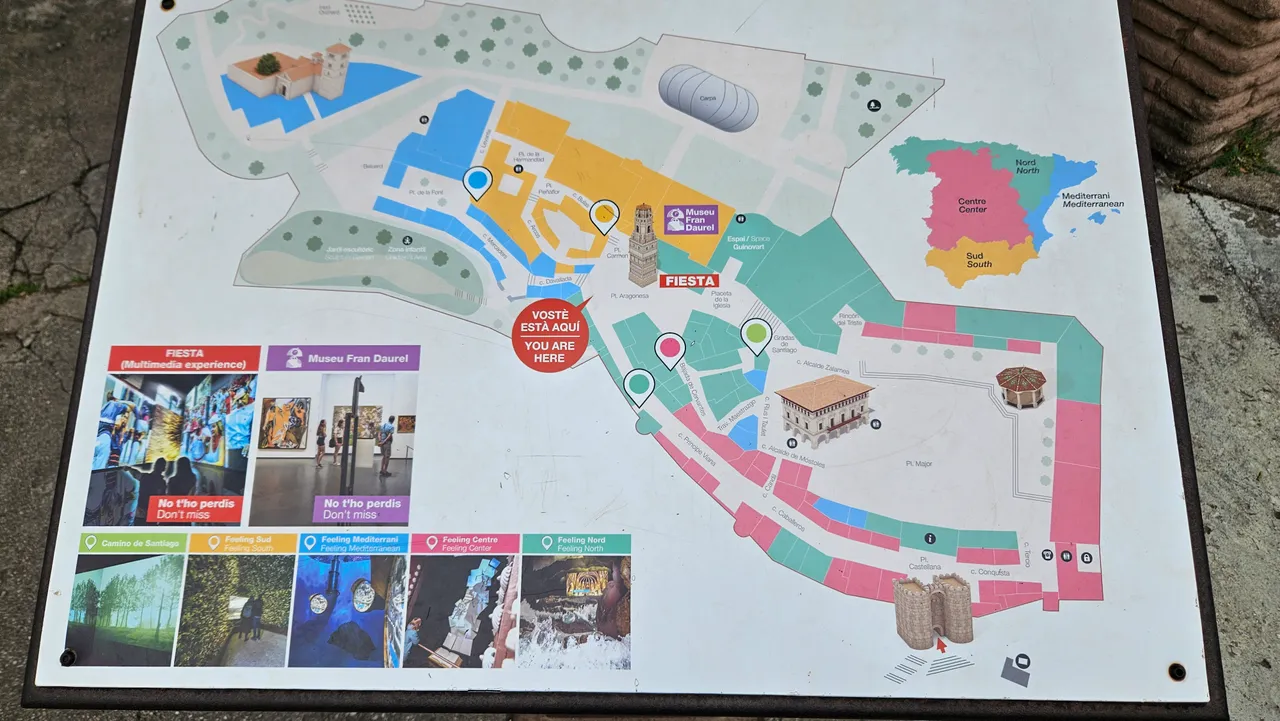
And so, by visiting Barcelona and this famous attraction, we prepared an interesting and interesting day for ourselves, when we could see "Spain in miniature".
If you find yourself in Barcelona, in nice sunny weather, I recommend that you set aside half a day and go to Poble Espanyol, because it is the right place to enjoy walking and seeing the narrow, themed streets and buildings that represent different regions of Spain.
Thank you for stopping by my post and I hope you enjoyed the photos and the story I shared with you
All photos are my property, taken with a mobile phone